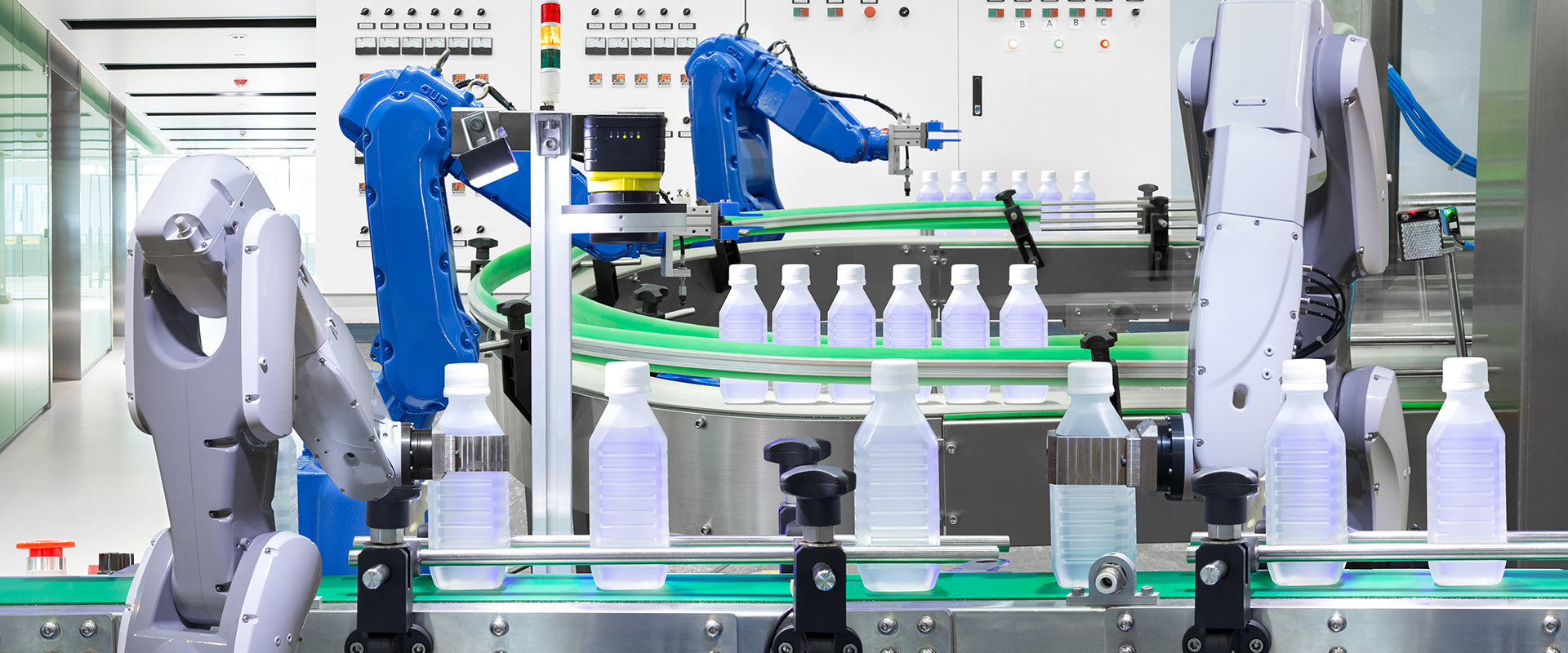
In modern food and beverage manufacturing, getting it right means more than taste and packaging – it’s about consistency, safety and visual perfection. Machine vision cameras, when properly implemented, help ensure we catch defects, meet hygiene standards and keep up with consumer expectations. Below are ways high-quality imaging systems upgrade quality control.

When building a vision system, selecting an optical filter that emulates the bell-shaped output (Gaussian transmission curve) of the illumination source's spectrum can directly influence image clarity, contrast and overall system performance.
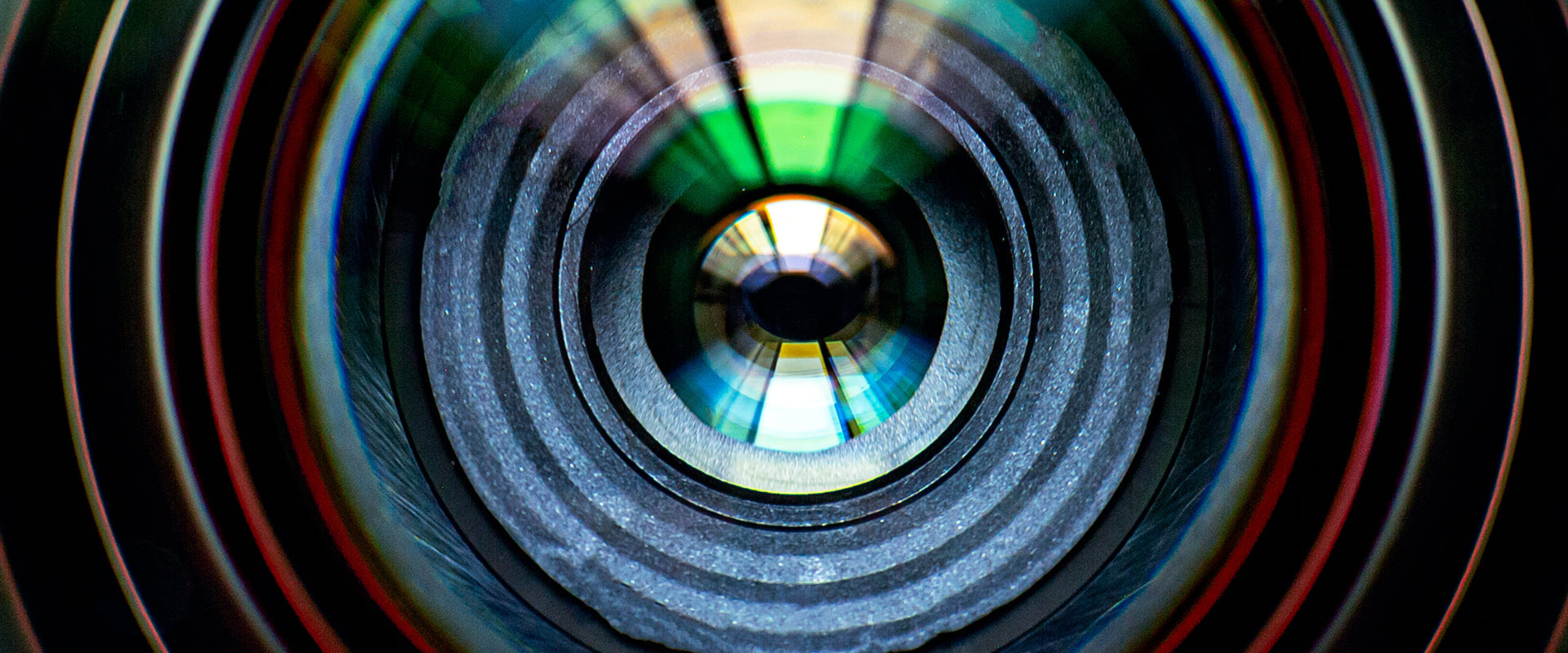
When building a machine vision or surveillance setup, the sensor size of the camera is a foundational choice. But its full value isn’t realized unless its paired with the right lens. The wrong lens can waste resolution, ruin field of view or degrade image quality. Here’s how to ensure the lens matches the sensor – and optimizes the system.
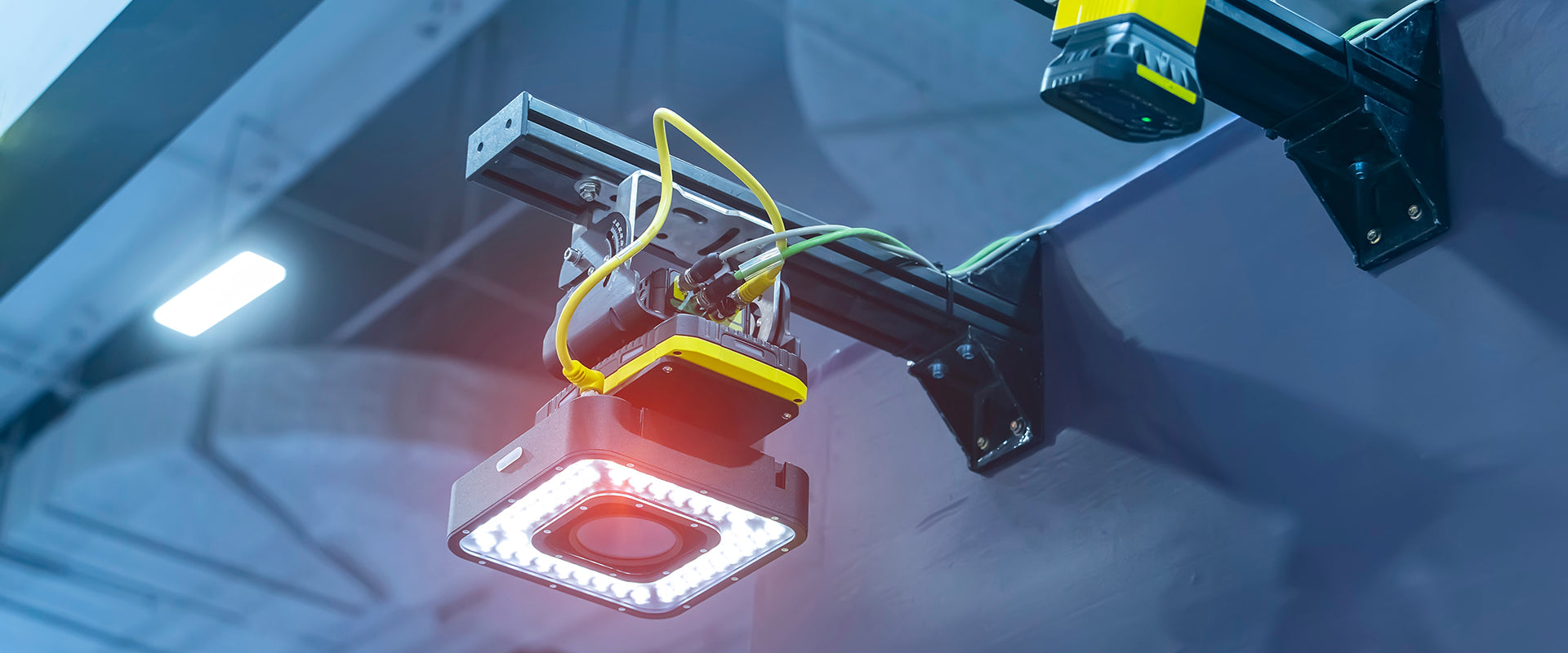
Machine vision has come a long way, and LED lighting has been a key driver. As inspection speeds increase, product surfaces become more challenging and lighting conditions more difficult, high-quality LED lighting solutions have evolved to meet these demands. Below is a look at how LED lighting for vision applications has developed, and what modern systems demand.
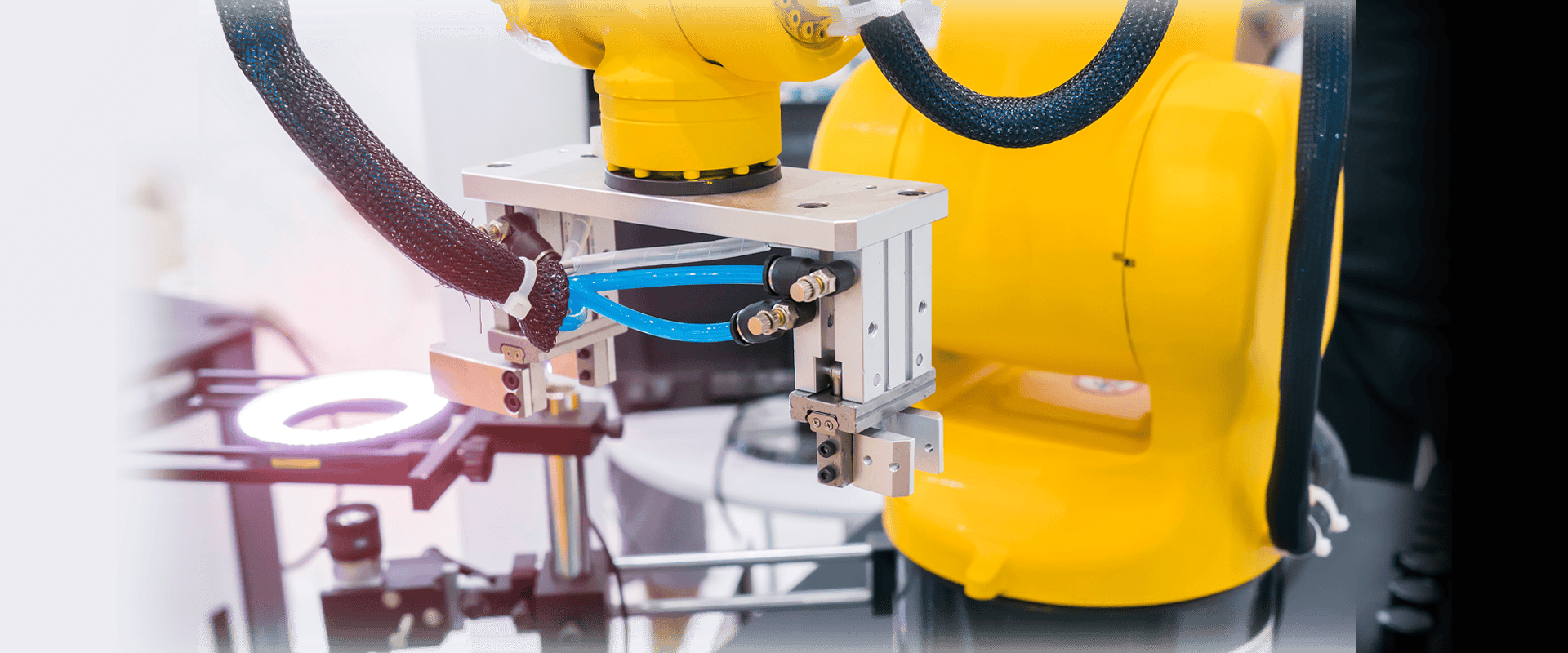
When building a machine vision system, the camera and lighting often get most of the attention. But the lens – and specifically its aperture and DOF (depth of field) – plays just as important a role in achieving clear, reliable images.
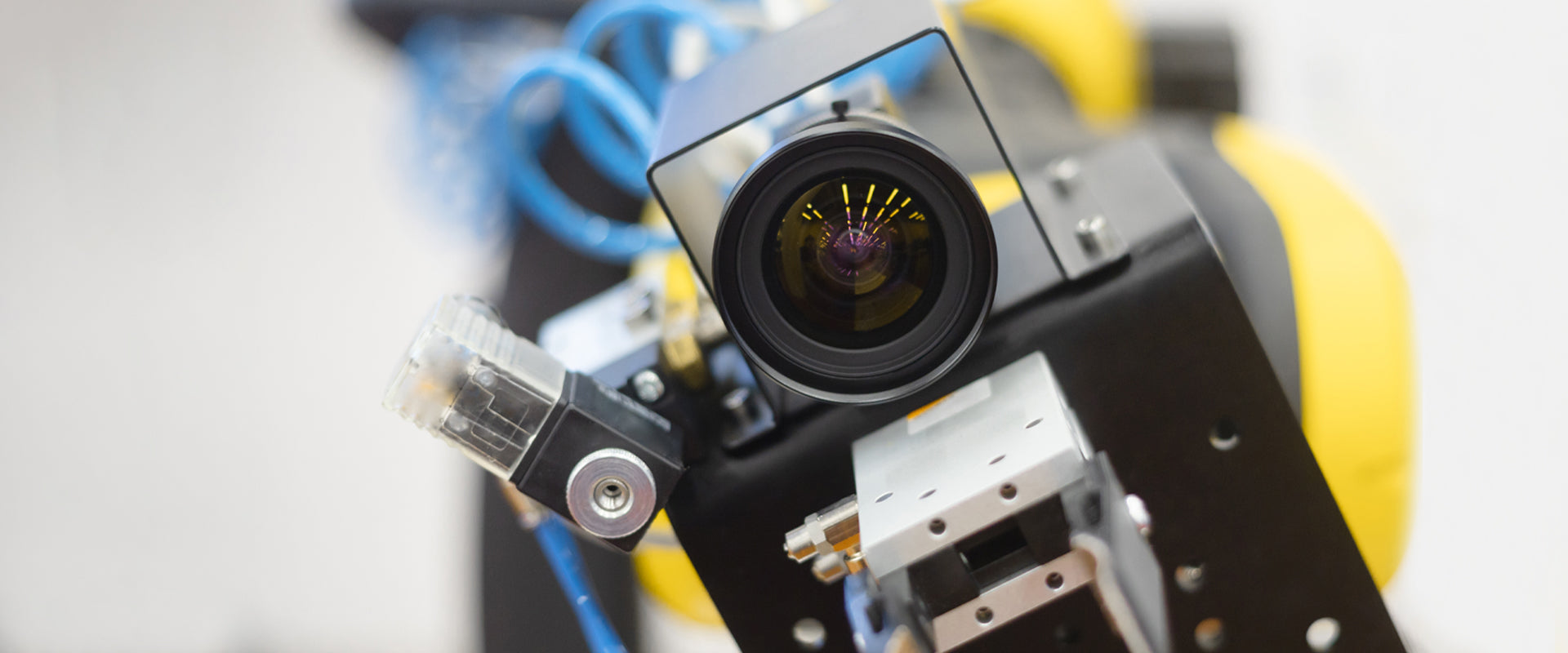
The choice of camera interface plays a crucial role in machine vision system performance. The most common three interfaces are GigE, USB3 Vision and CoaXPress.
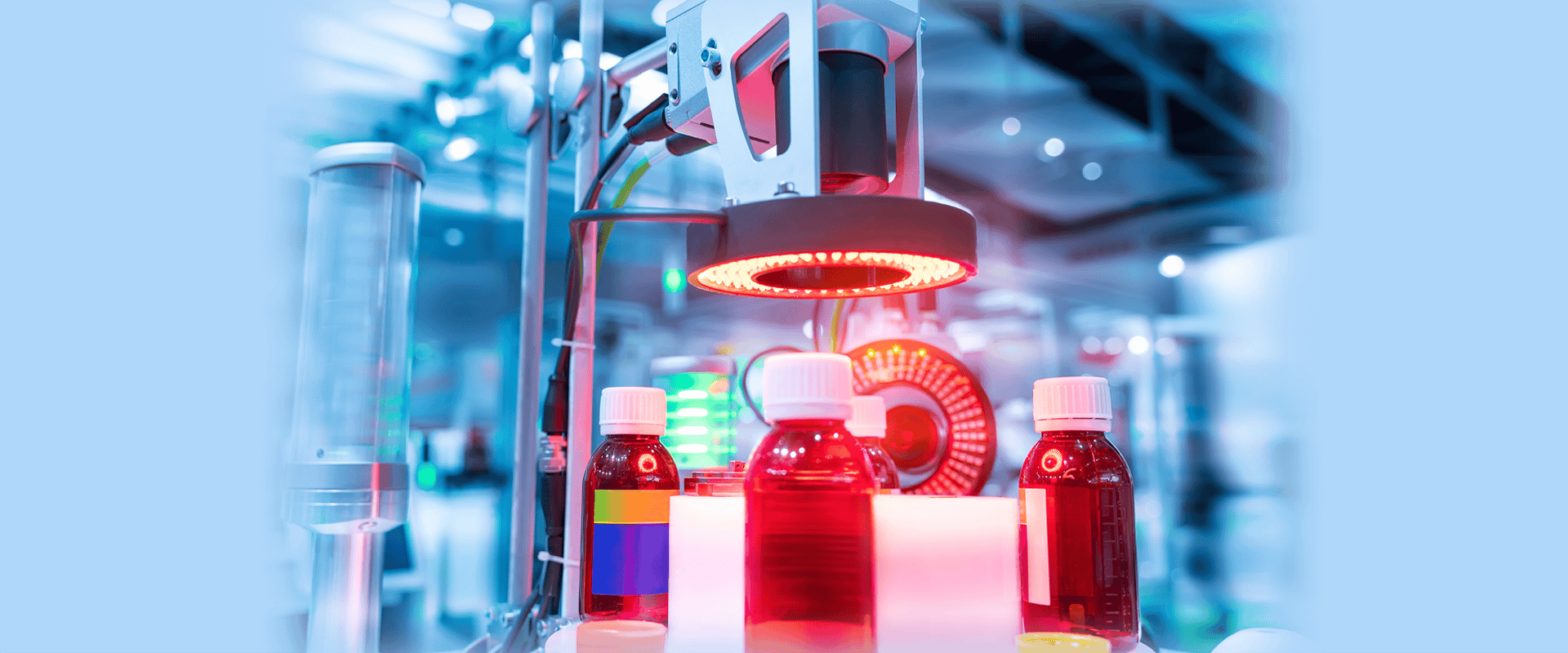
Lighting determines how surfaces, textures and edges appear to the imaging system – and ultimately how well the application performs. Three of the most common lighting approaches are diffuse, direct and structured.
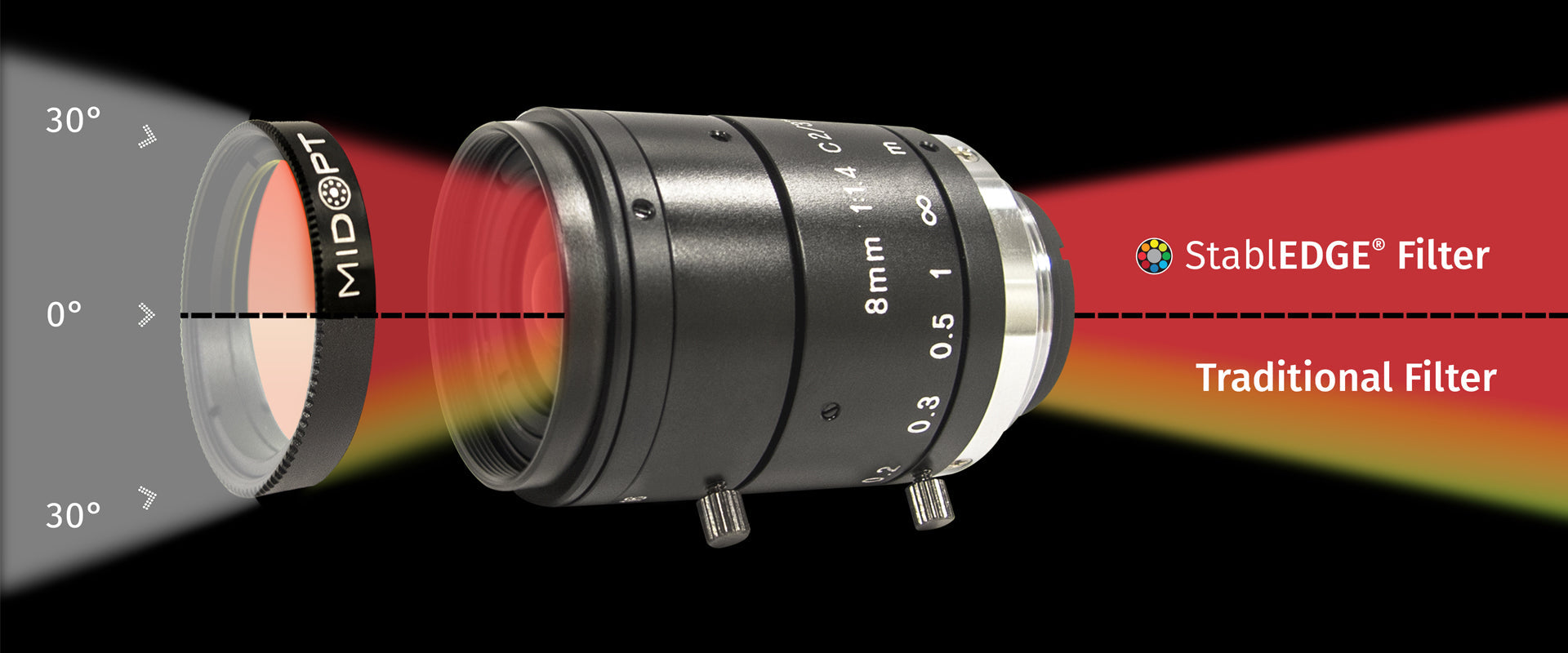
In machine vision, optical filters aren’t just add-ons, they’re essential tools for image accuracy. By carefully controlling which wavelengths pass through (and which don't), filters help maximize contrast, enhance color accuracy, highlight critical details and block ambient light that can compromise results.

In industrial imaging, lenses are fundamental components that shape how the camera captures the world. Among the many lens parameters, focal length plays a pivotal role in determining what and how much we see. Understanding focal length and its effect on the field of view (FOV) is essential for selecting the right lens for your application.
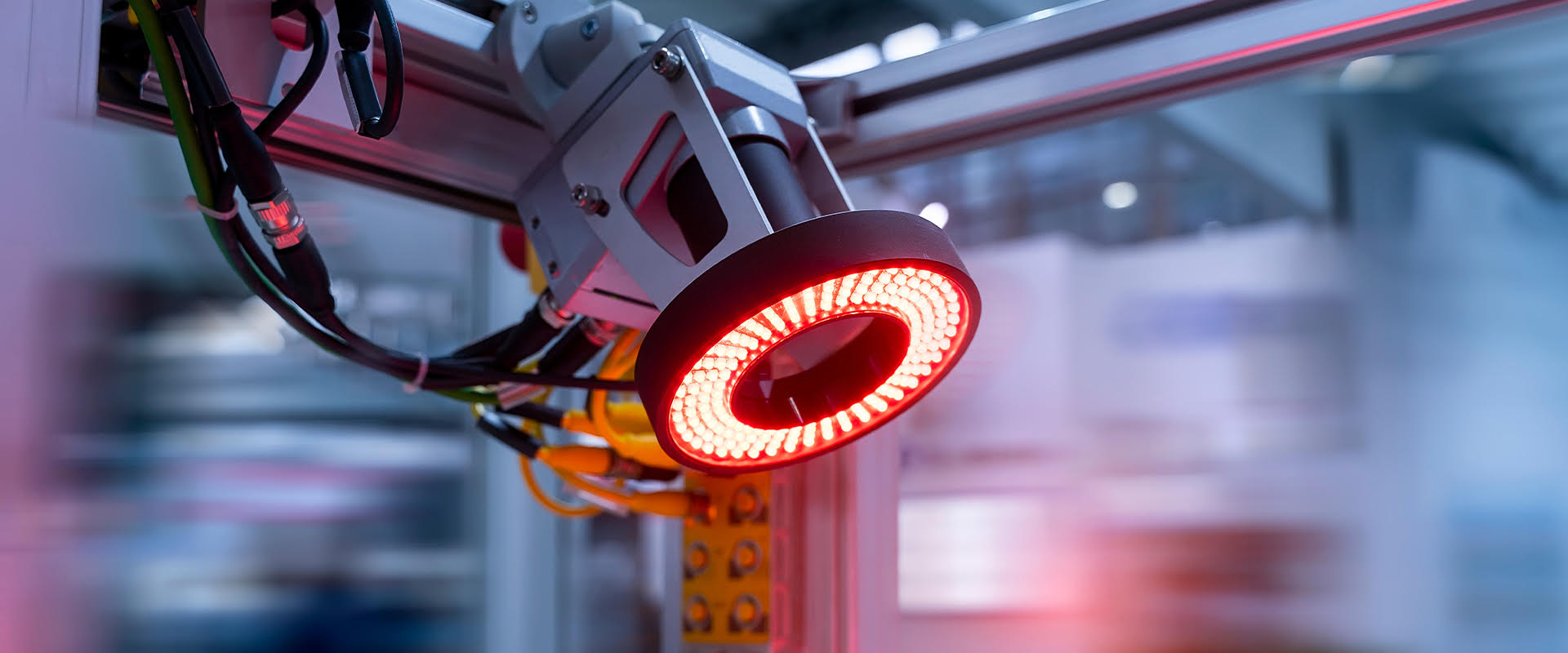
In machine vision, lighting is important. The quality, angle and consistency of illumination directly impact the ability of your vision system to capture accurate, reliable images. Among the many lighting considerations, one crucial yet often overlooked factor is uniformity – achieving even, consistent illumination across the entire field of view.
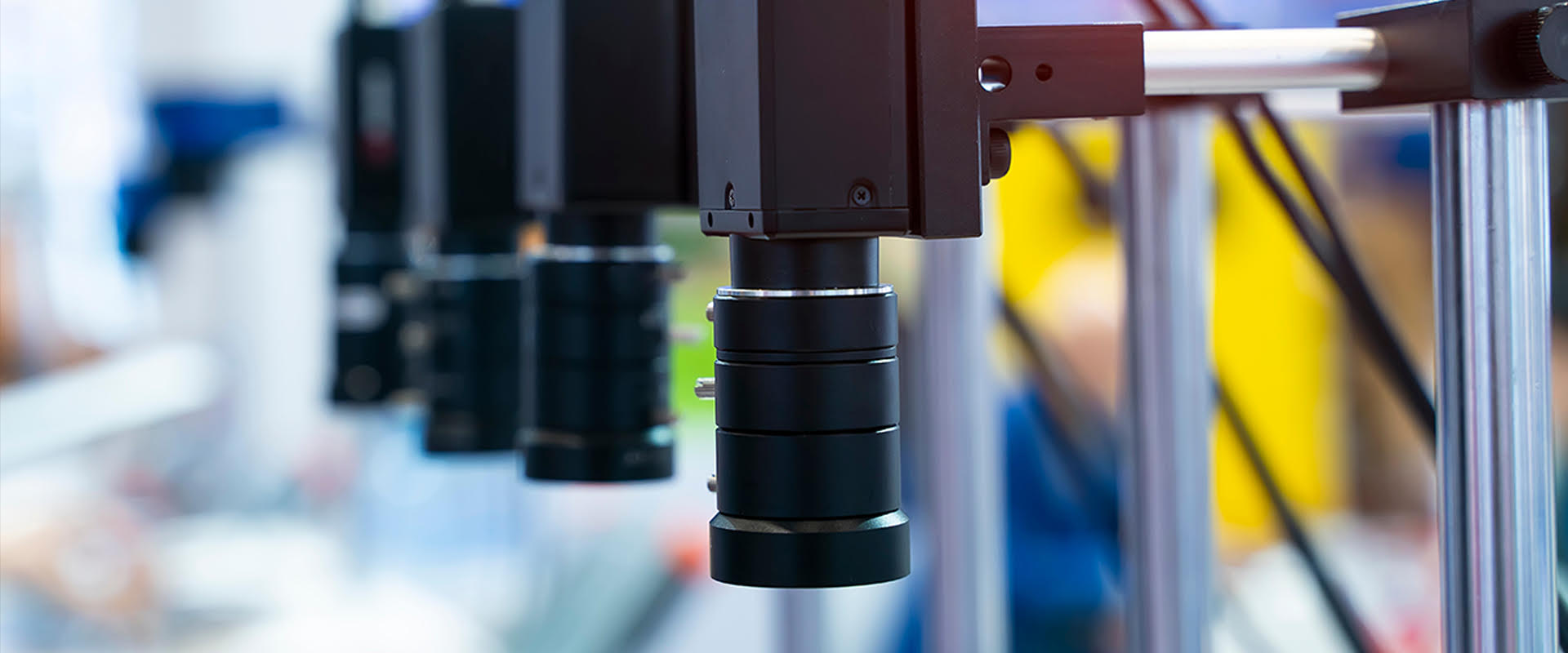
In industrial imaging, choosing the right camera for a machine vision system can significantly impact performance and accuracy. One of the most fundamental decisions is whether to use a monochrome or color camera.
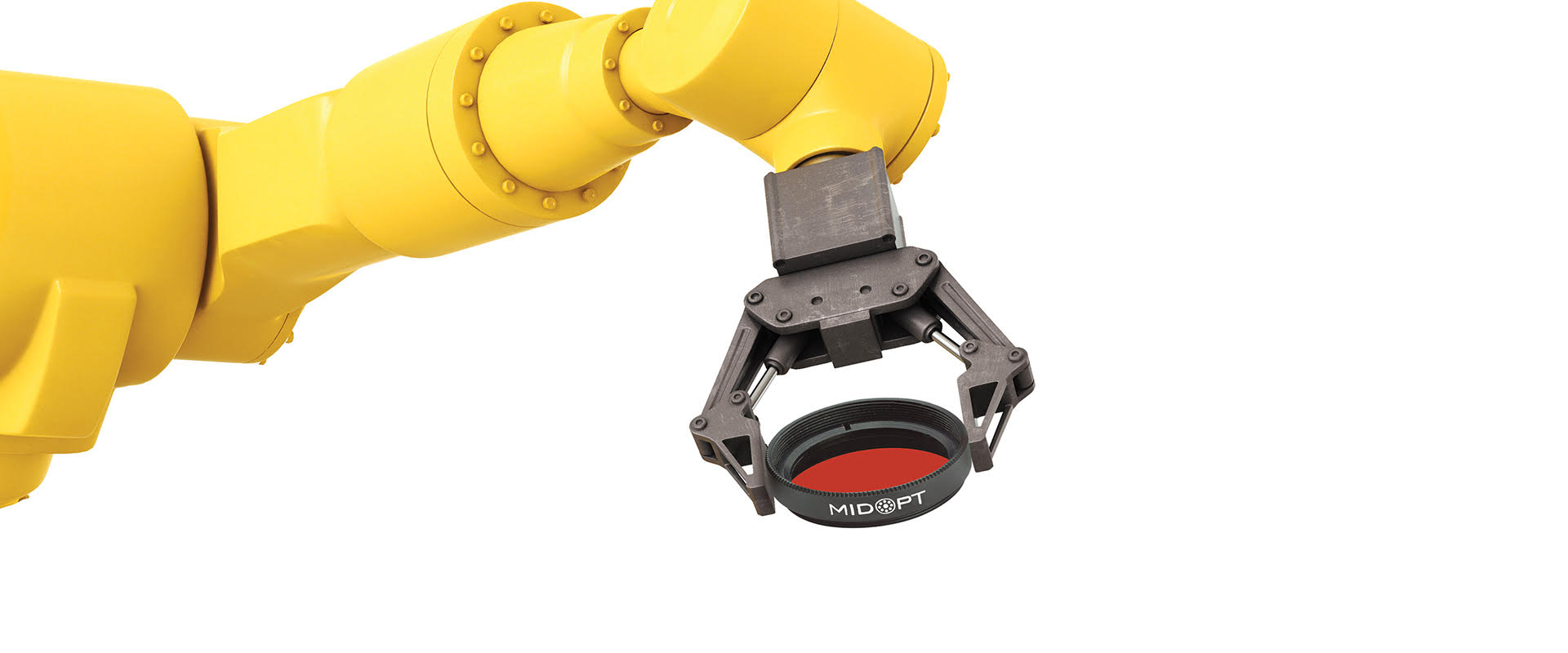
Optical filters are essential for achieving reliable, high-quality results in machine vision applications. They don’t just block or pass light – they enhance system performance by increasing contrast, improving color accuracy, reducing glare and isolating specific wavelengths. But not all filters are created equal.
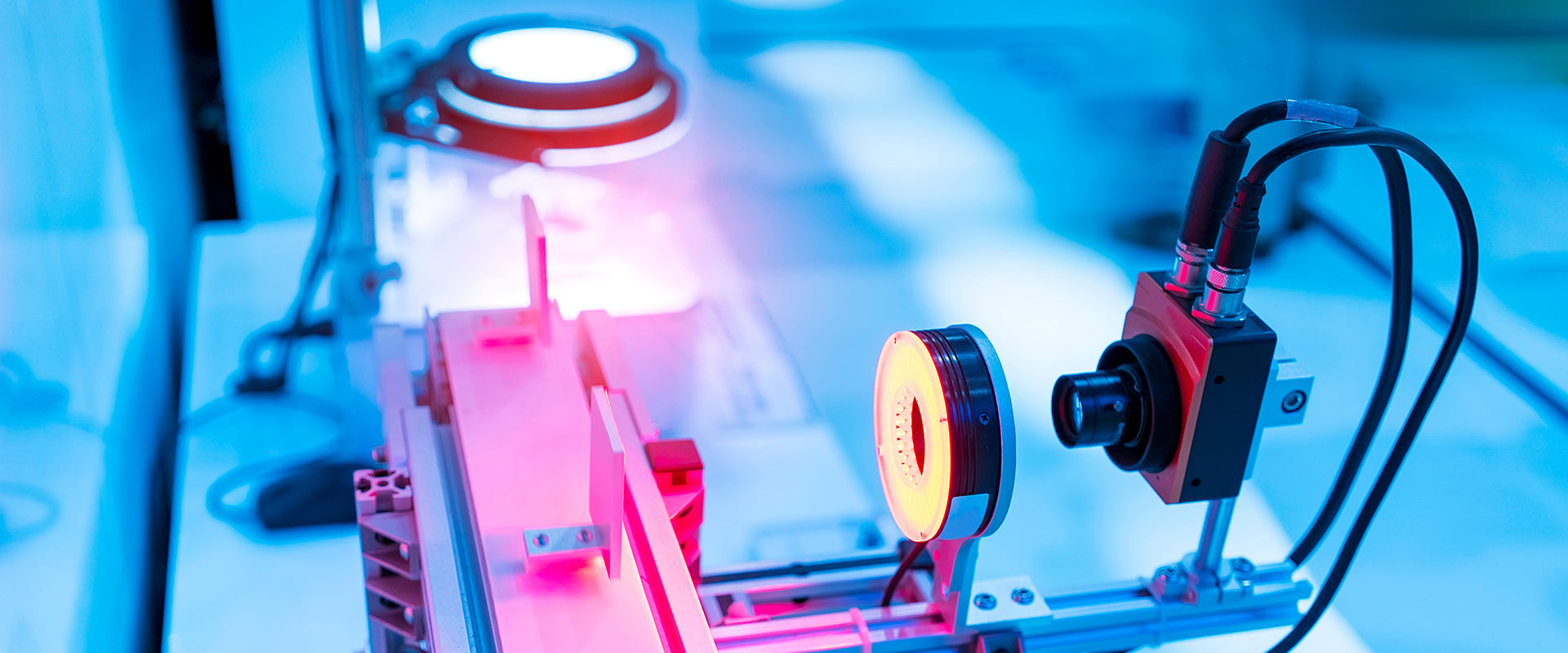
When it comes to building a successful machine vision system, lighting is just as critical as the camera or lens. Without the right lighting, even the most advanced imaging components can produce inconsistent or unreadable results. Whether you're inspecting tiny electronics, scanning barcodes on packaging lines or ensuring quality control in manufacturing, the right lighting solution makes all the difference.
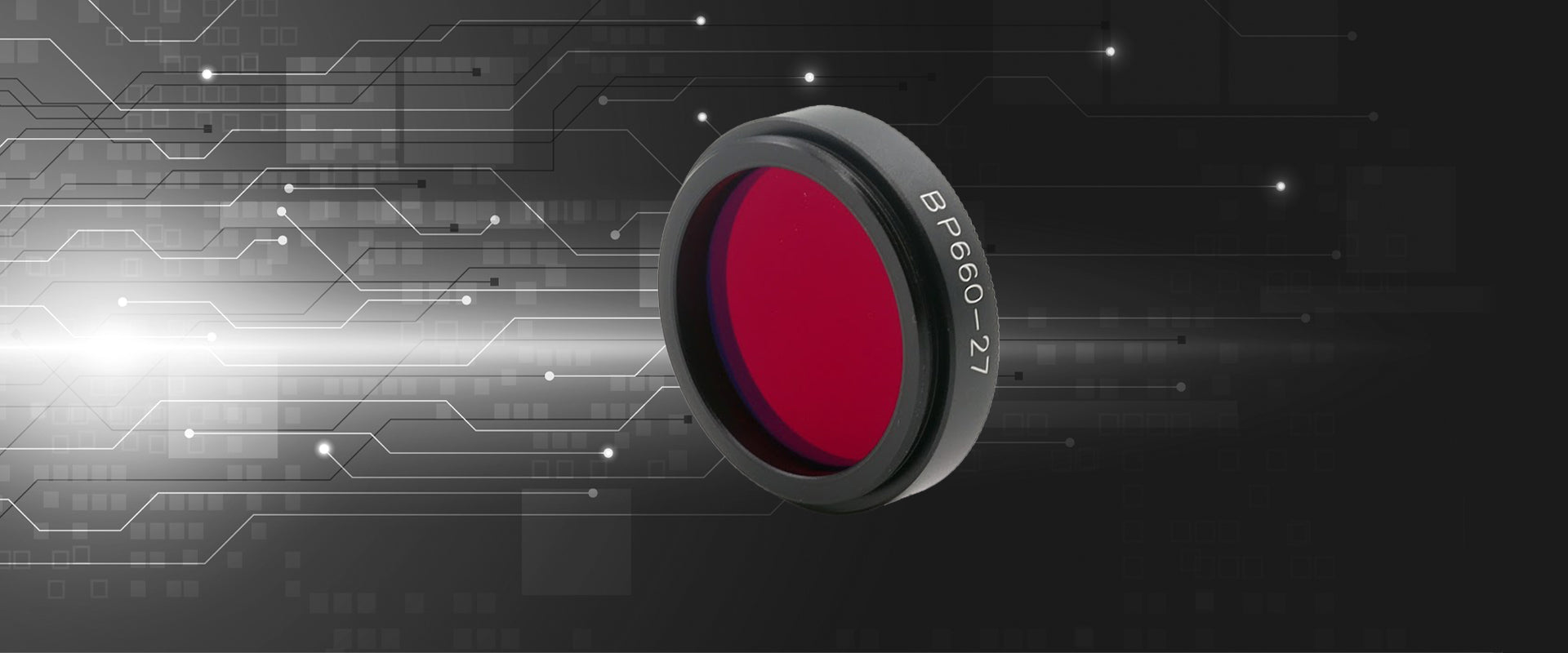
Since the 1980s, MidOpt® has been a pioneering force in designing and manufacturing high-quality optical filters tailored specifically for industrial imaging and machine vision systems.
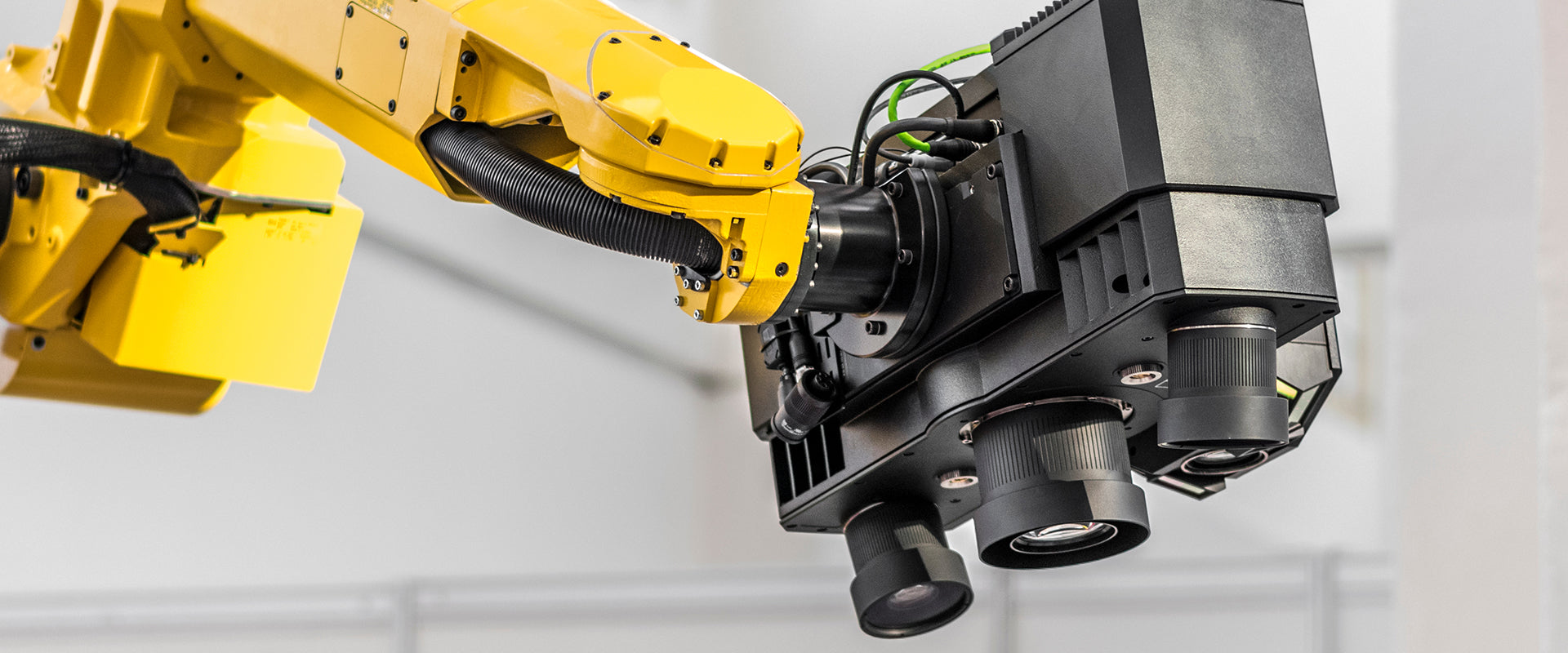
When designing a machine vision system, choosing the right lens is just as critical as selecting the right camera.
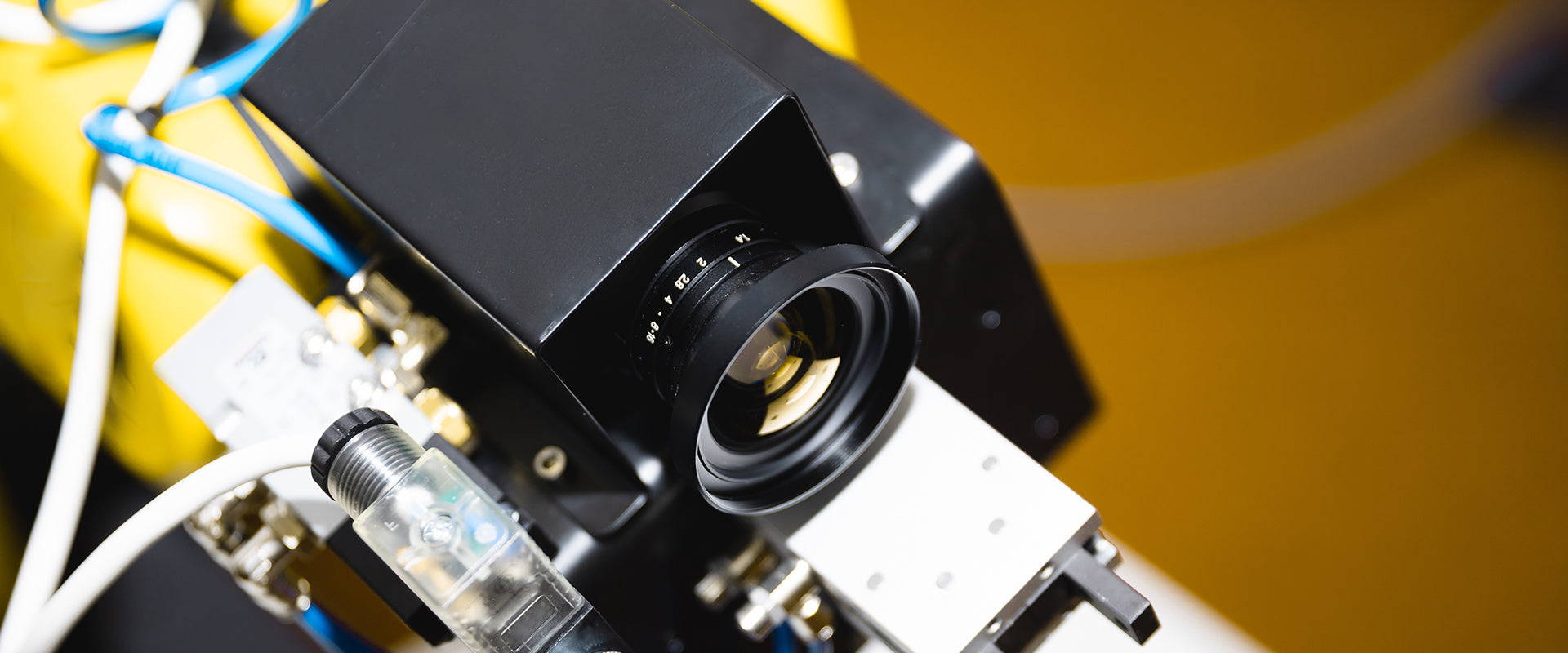
When it comes to precision inspection and high-speed applications, line scan cameras are a cornerstone of modern industrial imaging.
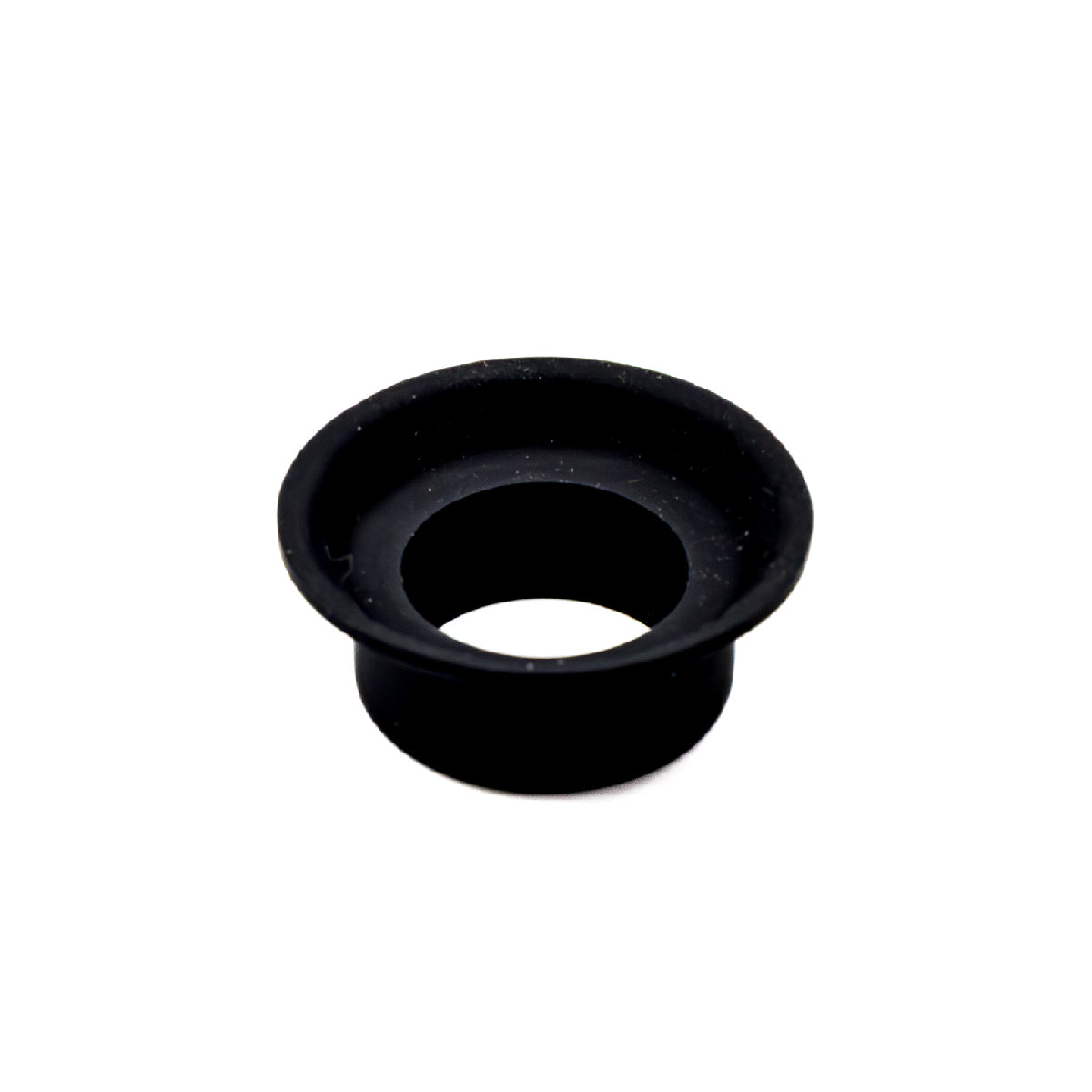
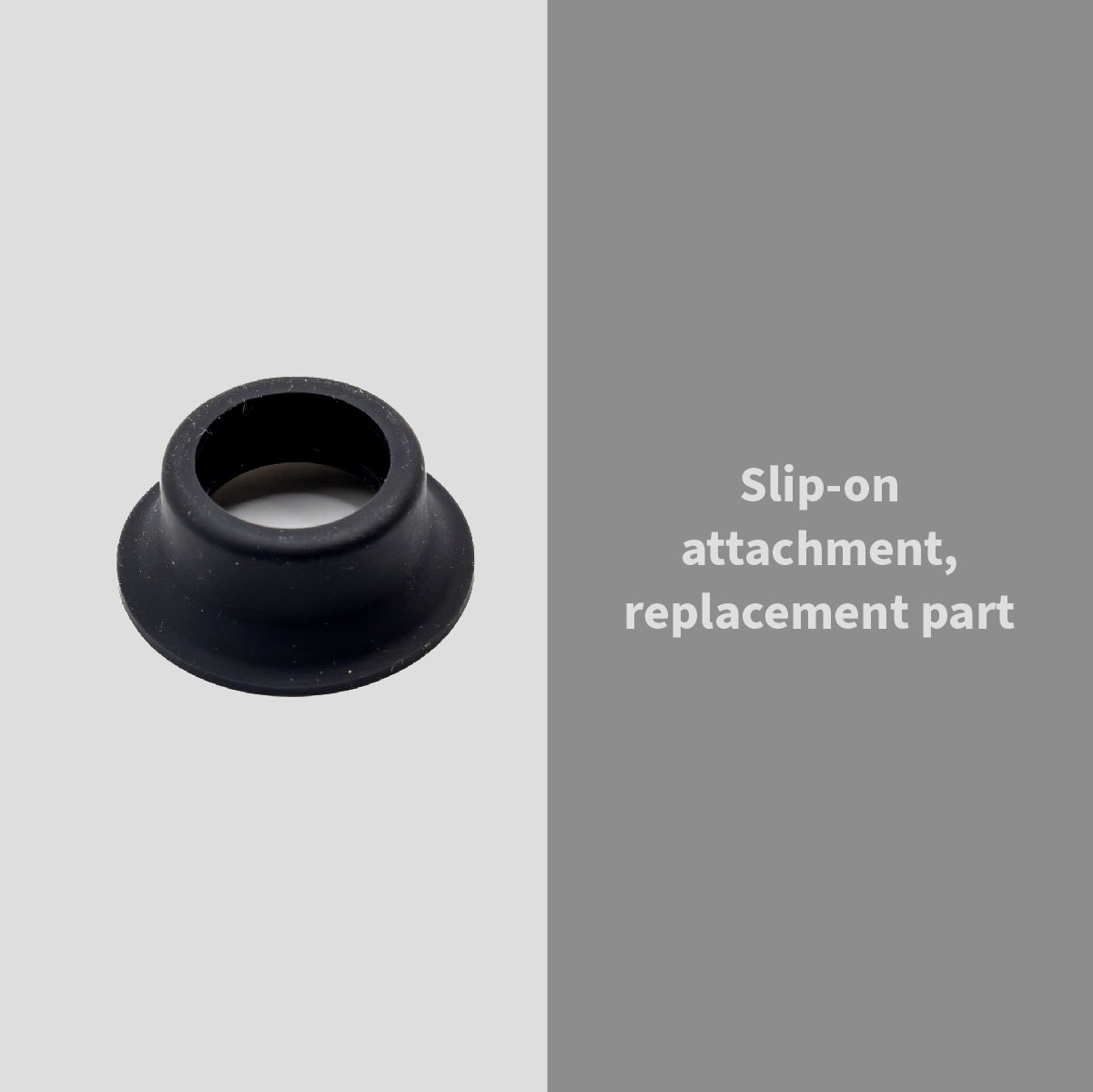
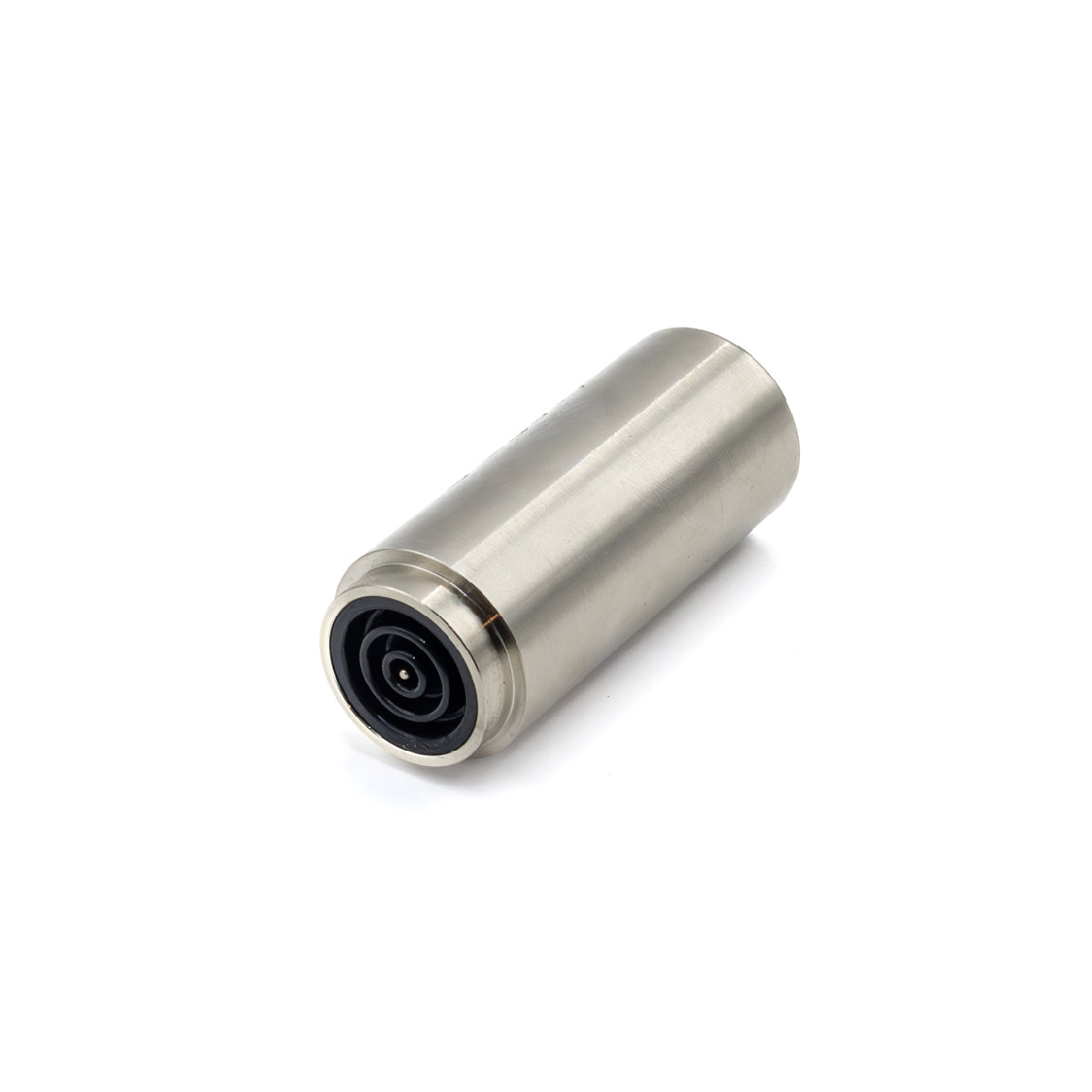
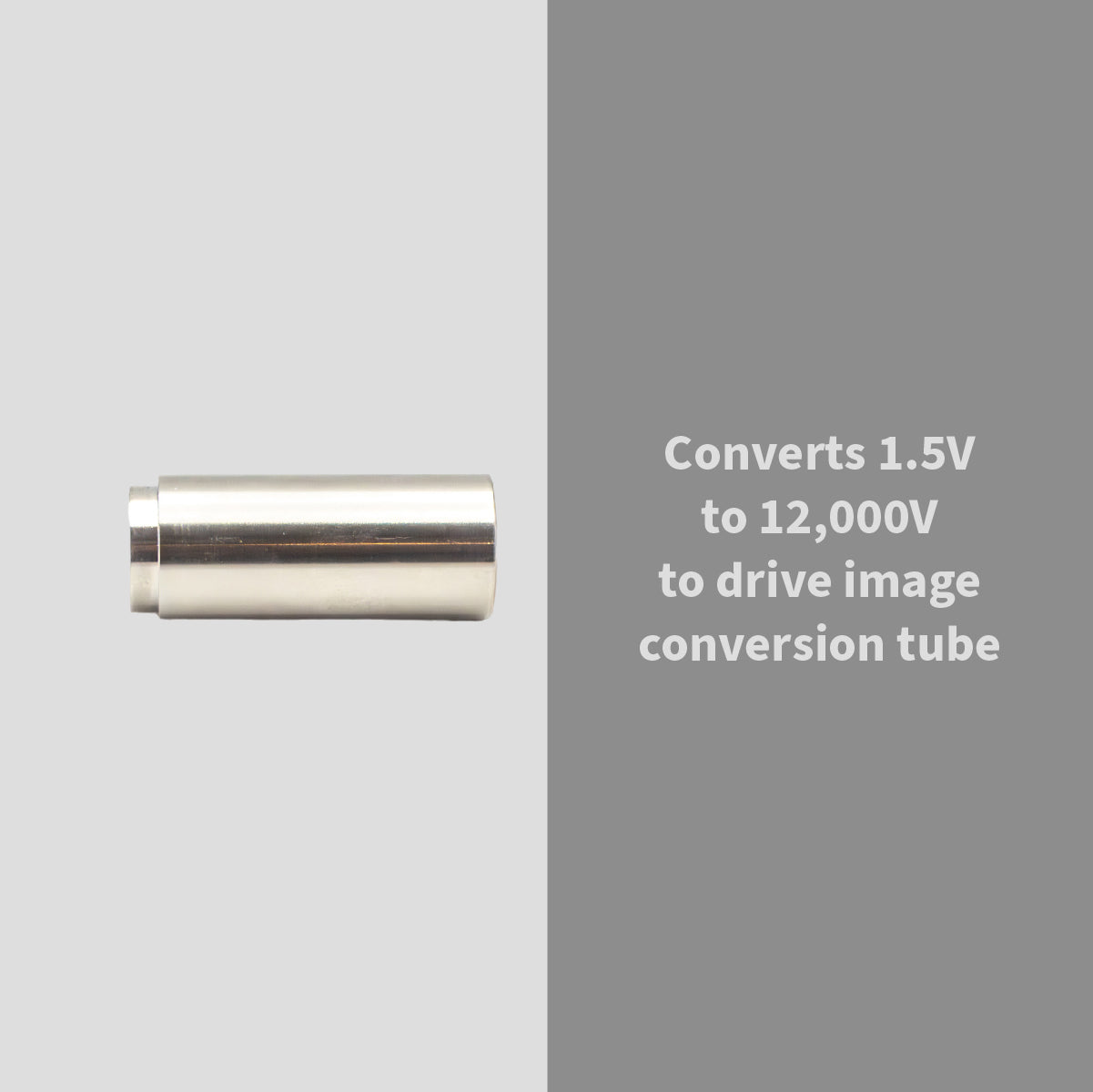
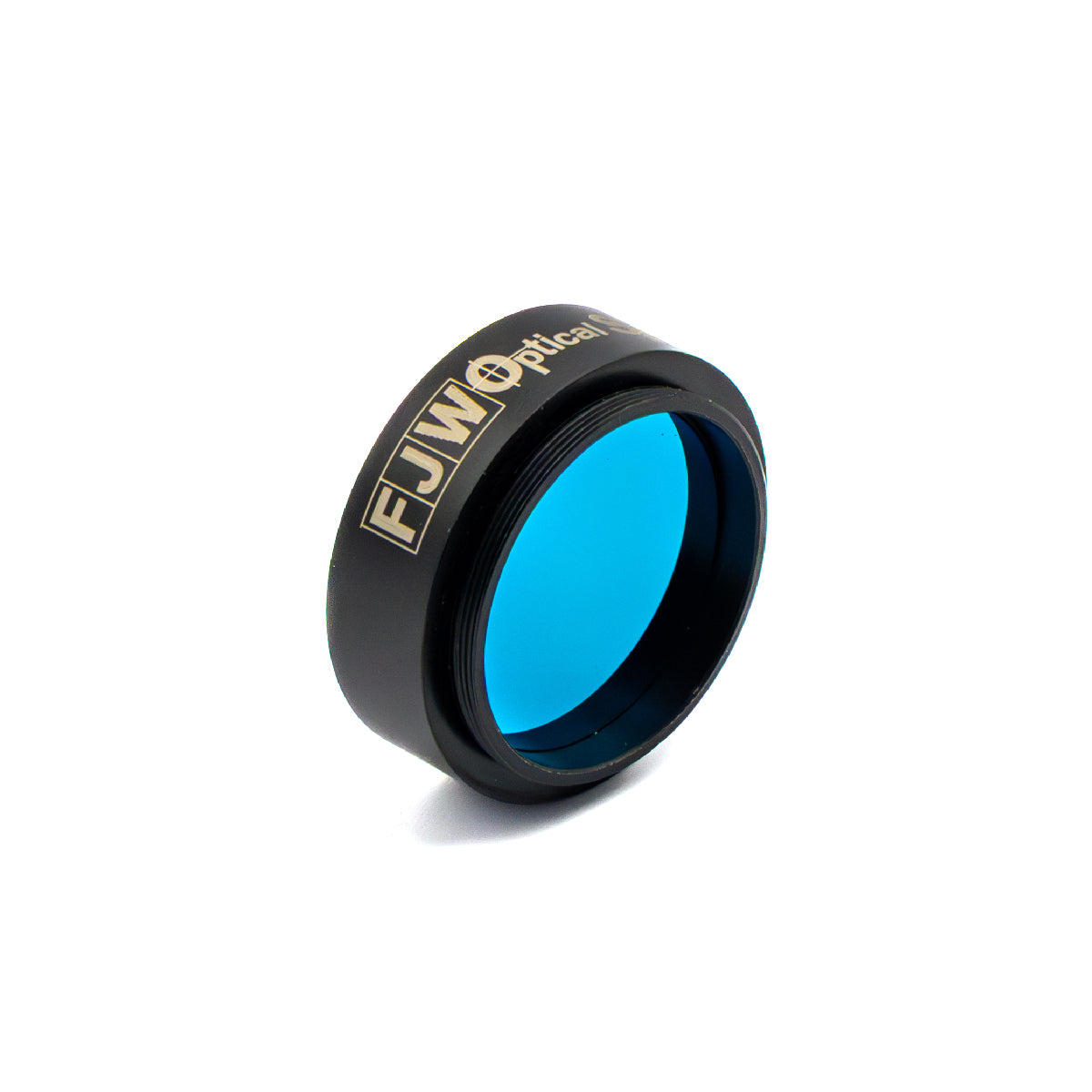
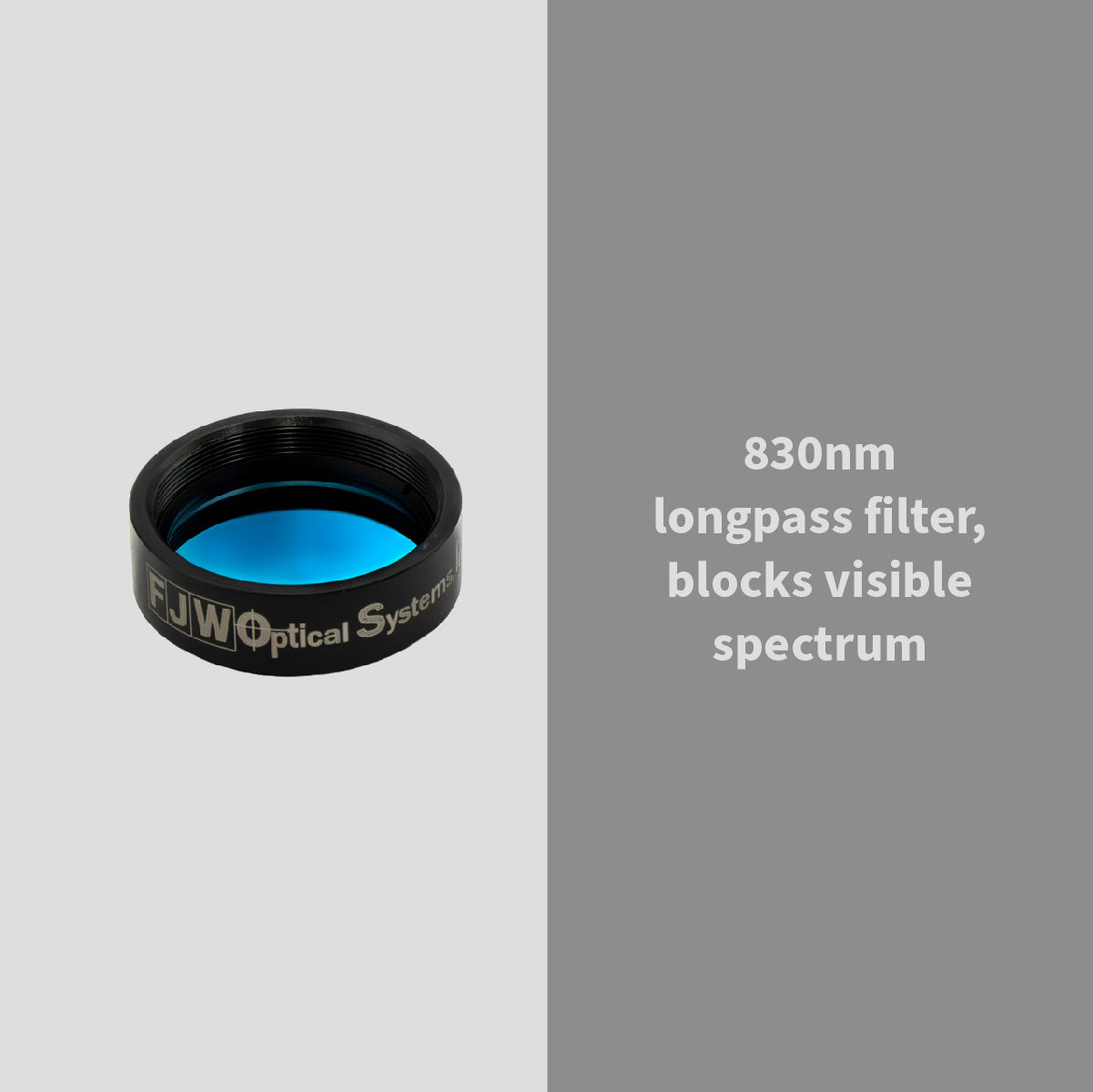
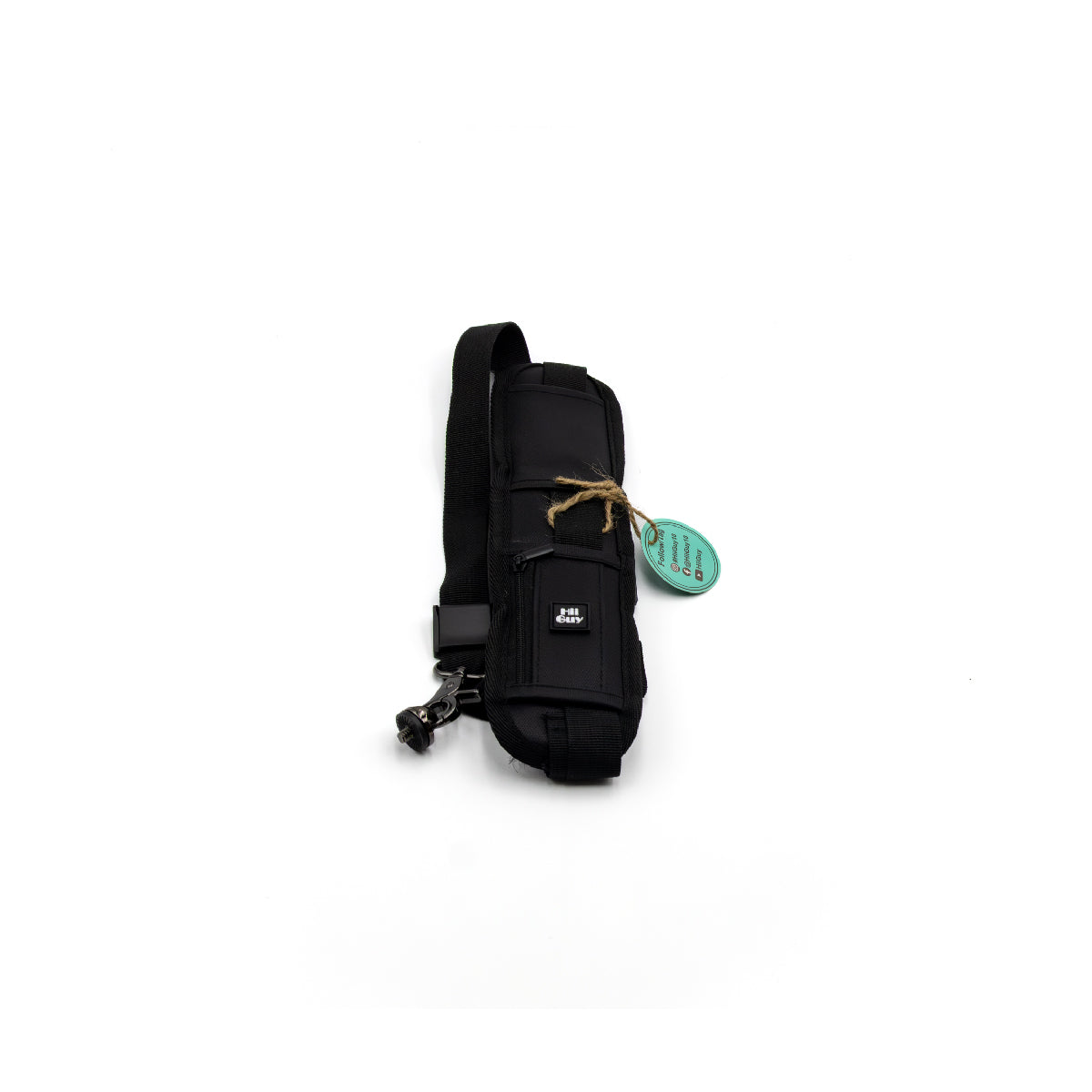
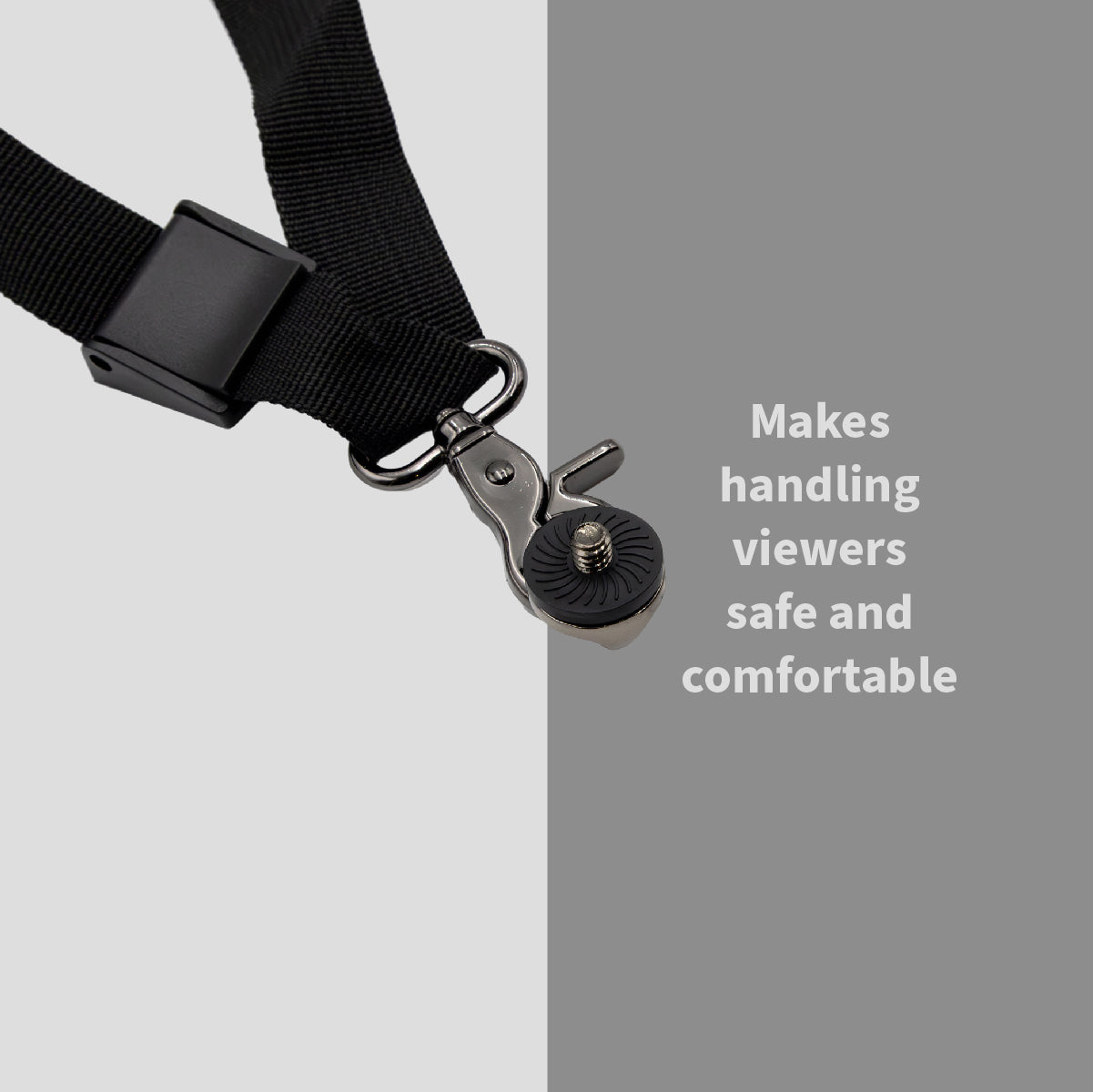
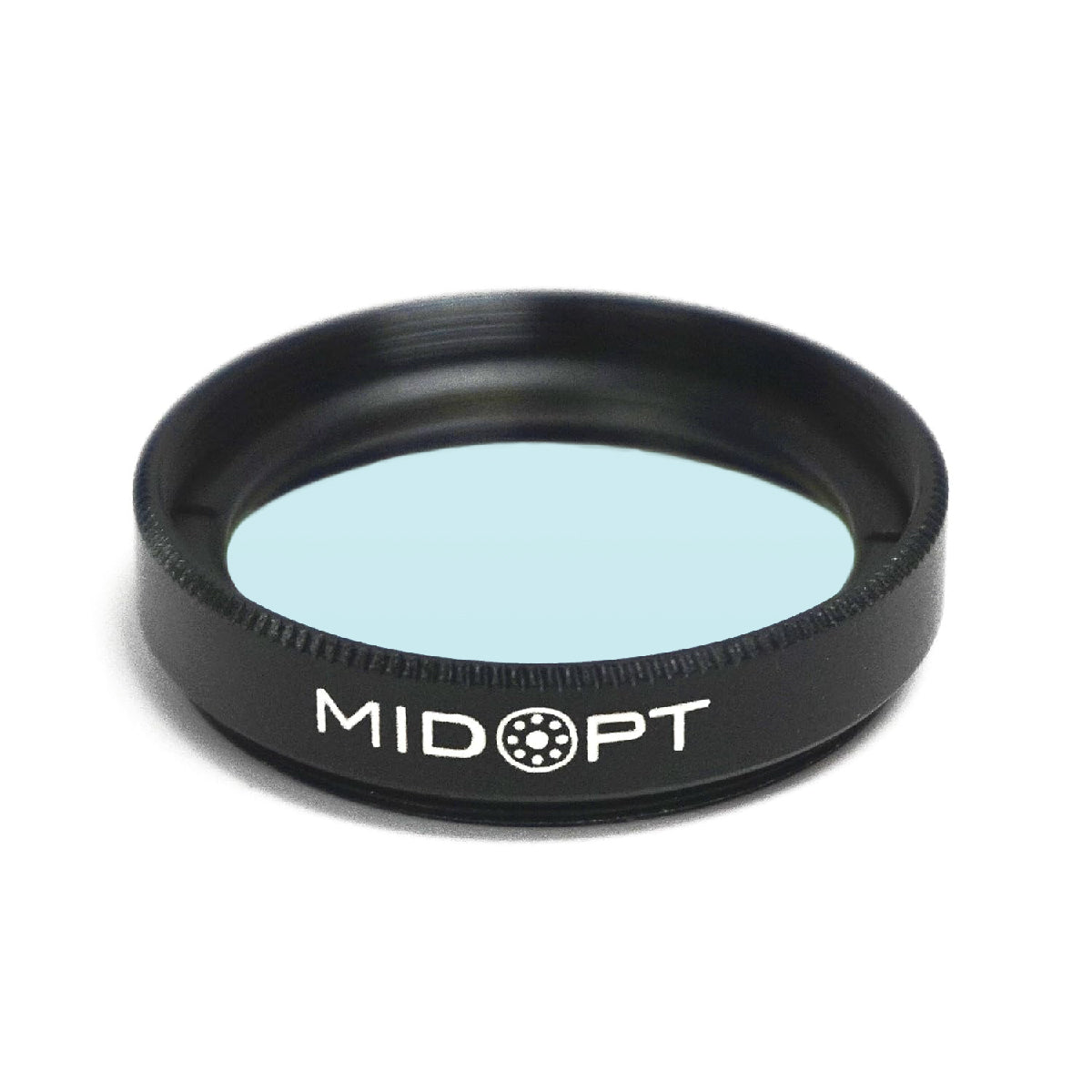
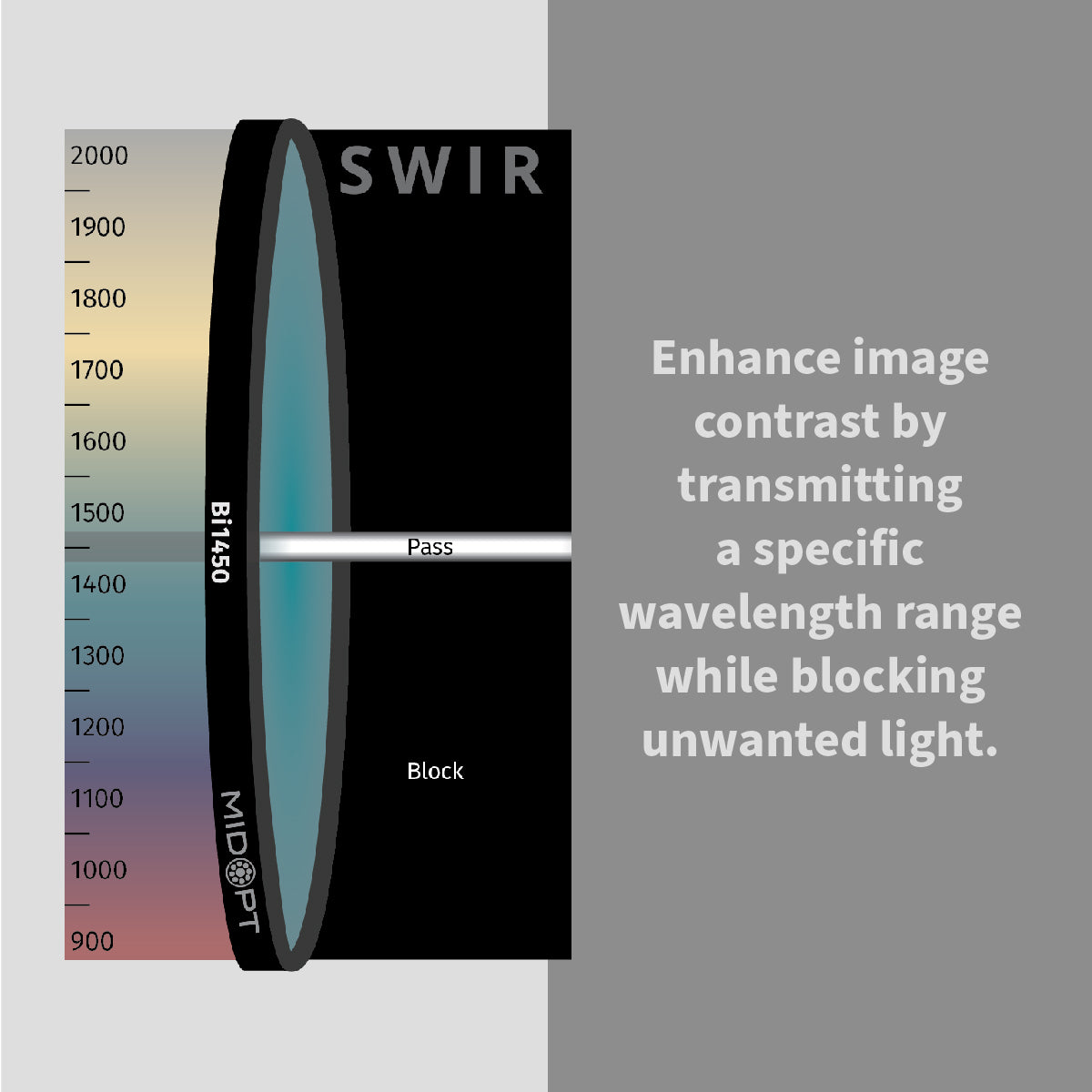
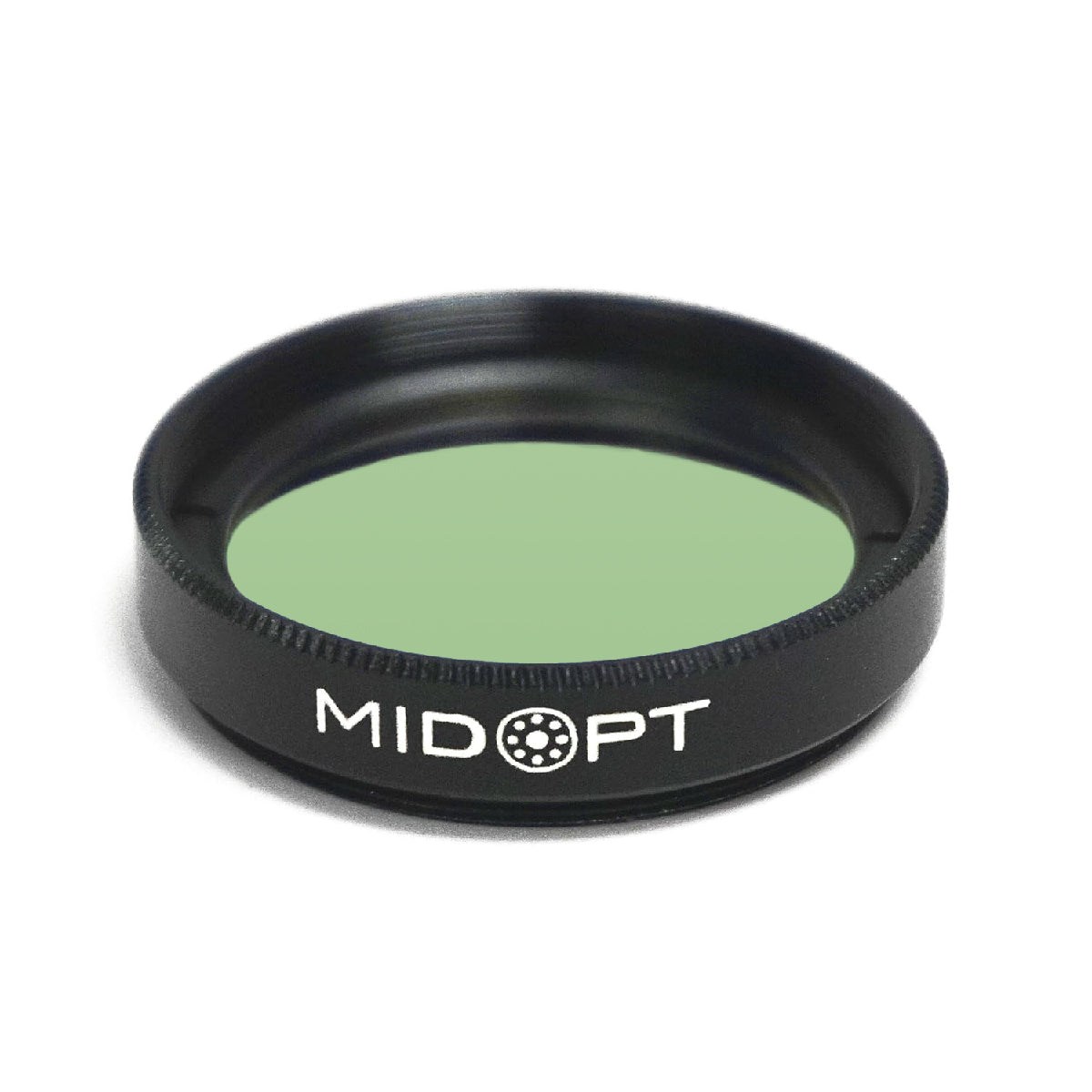
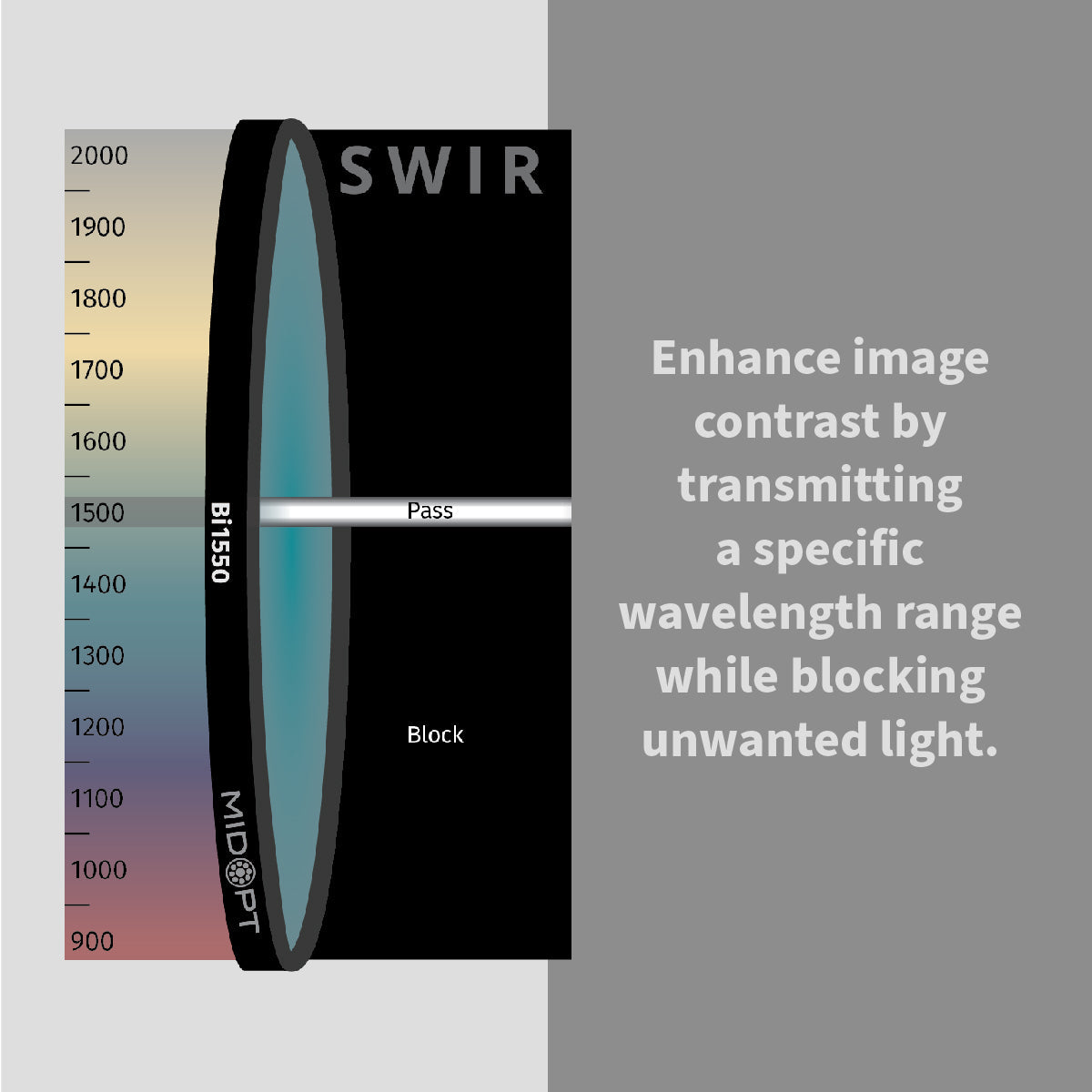
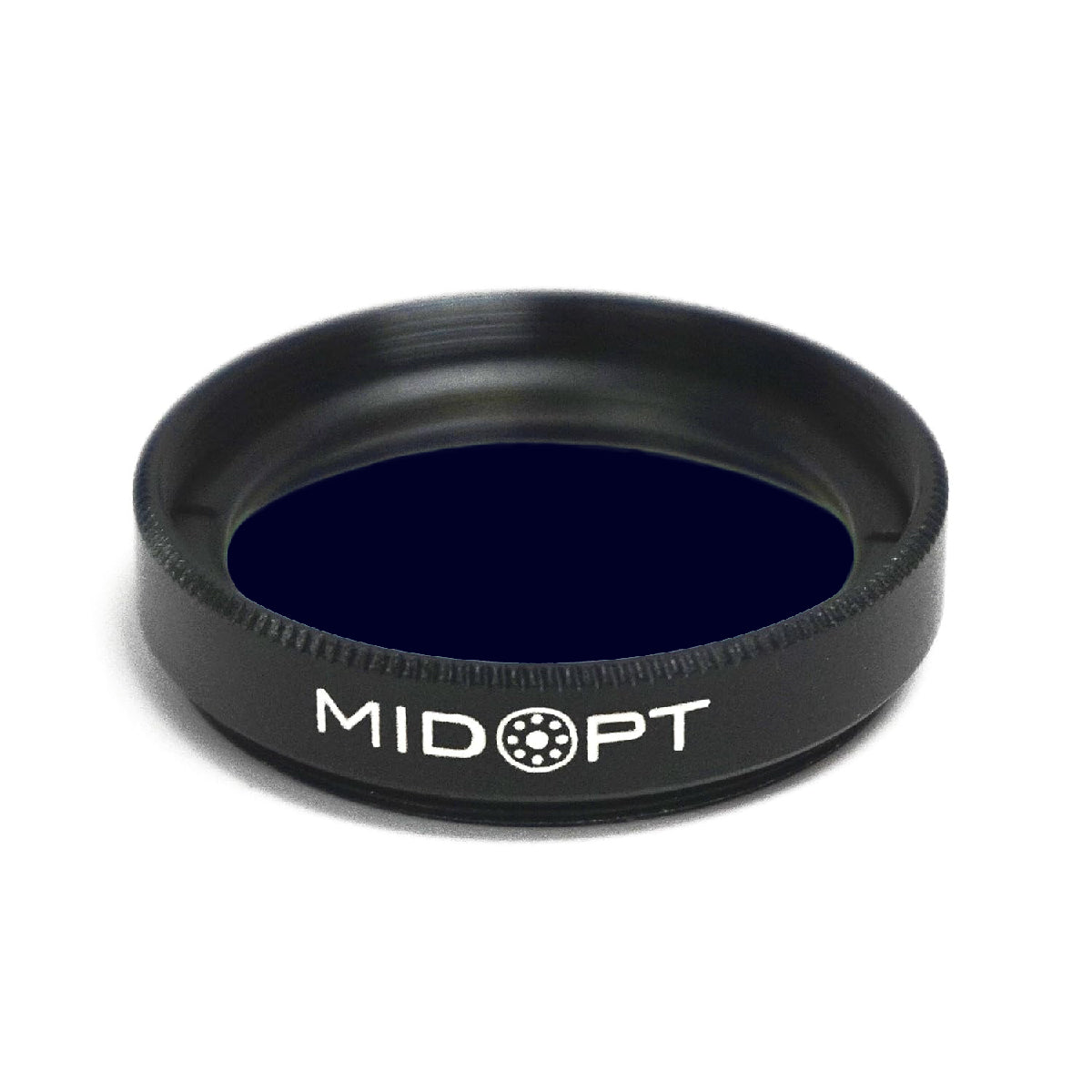
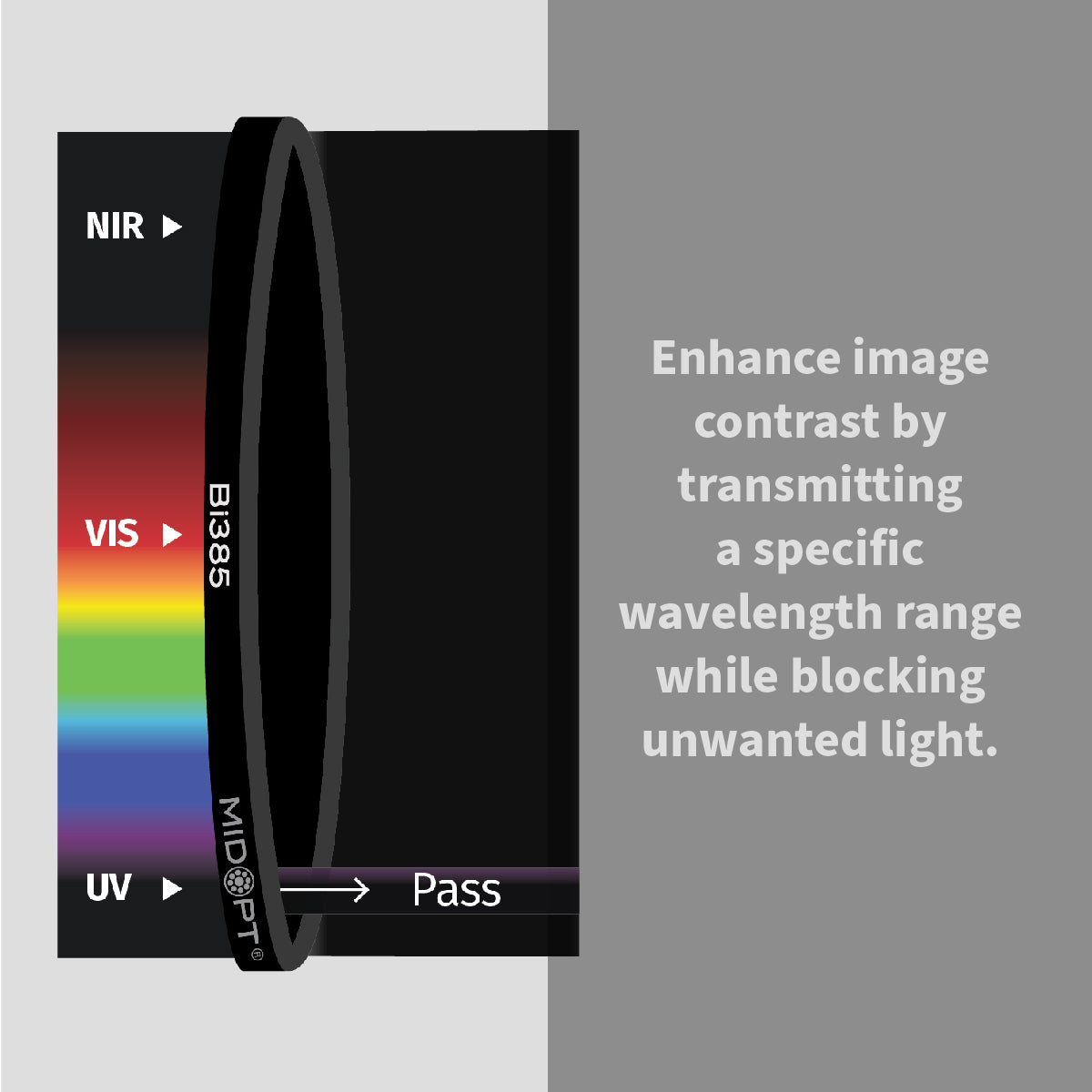
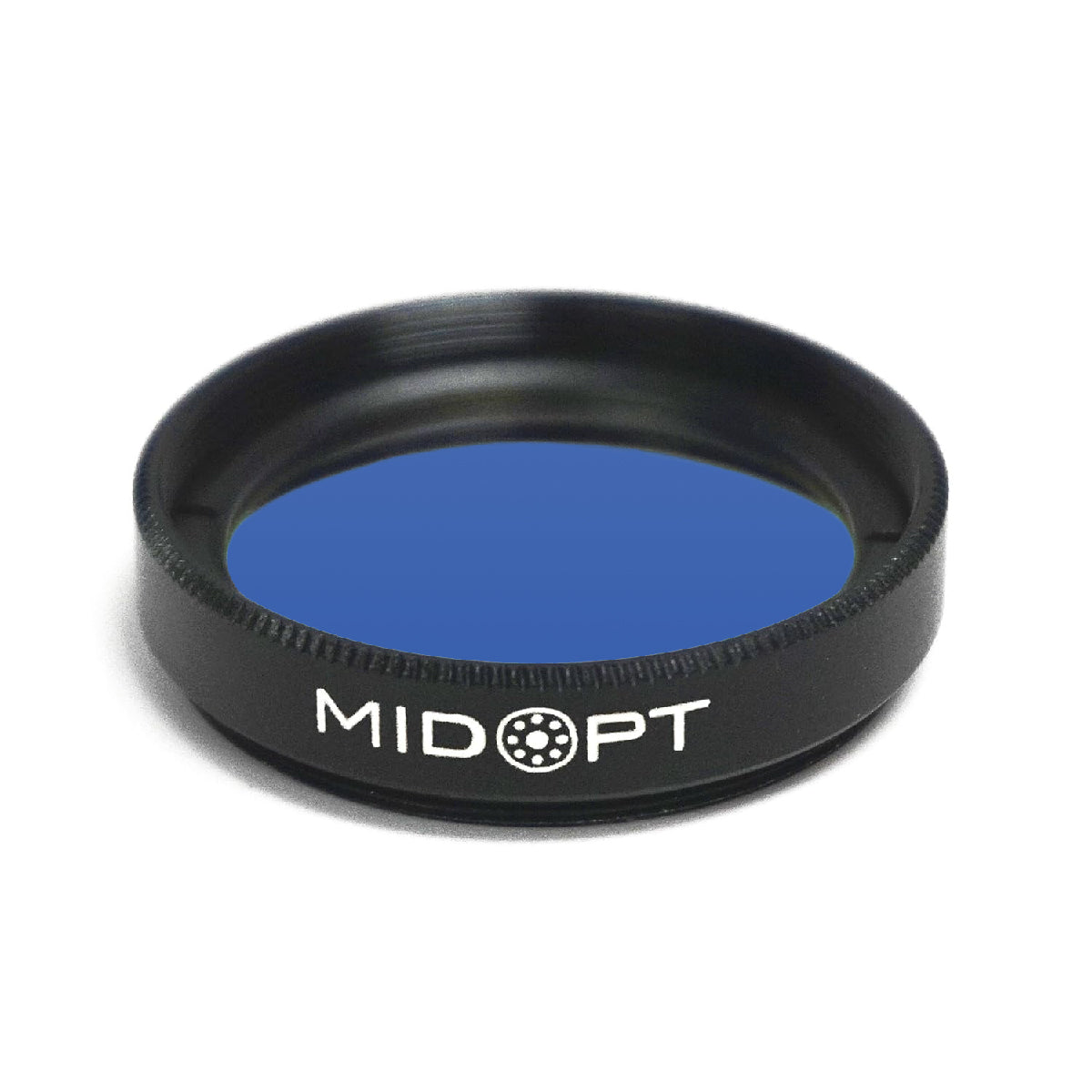
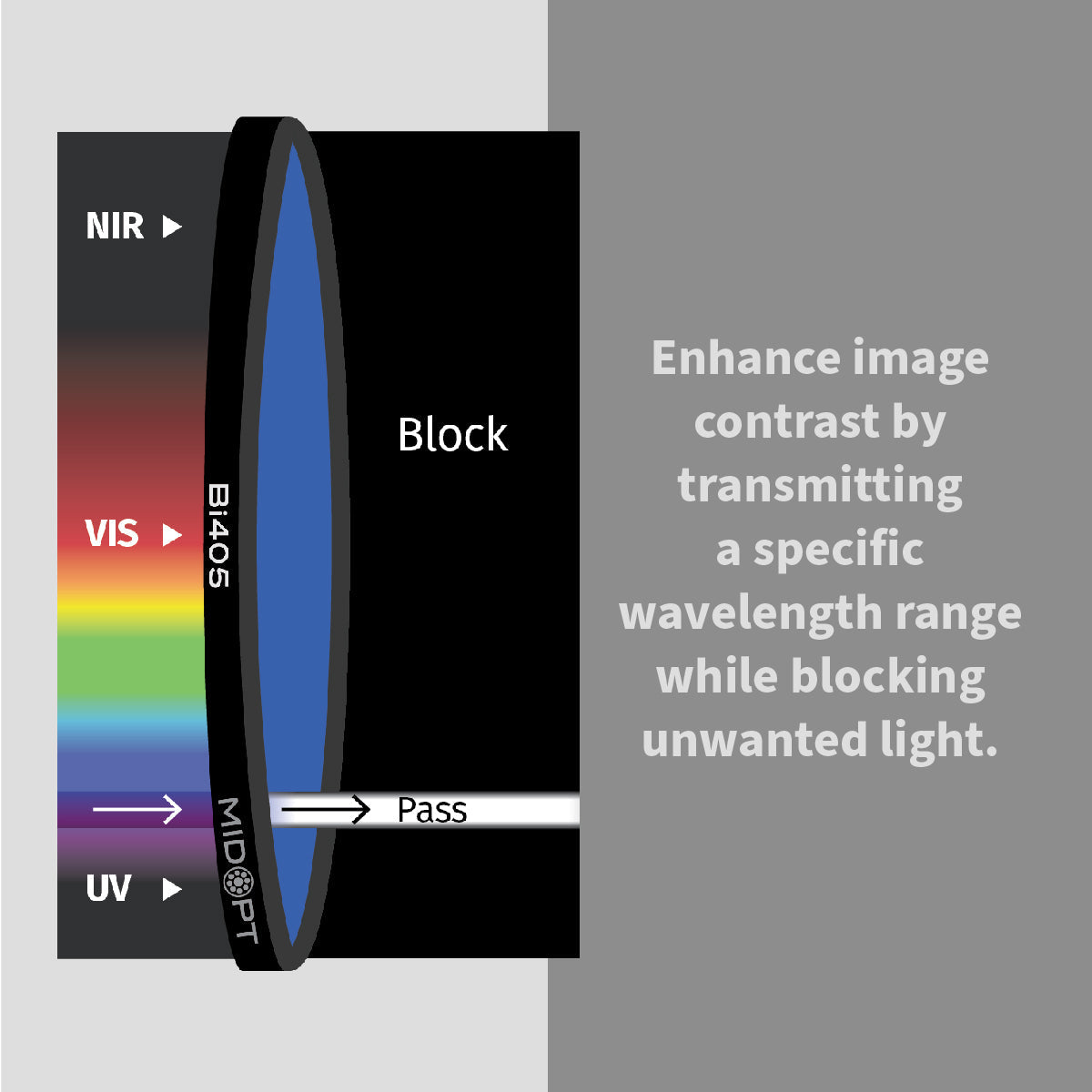
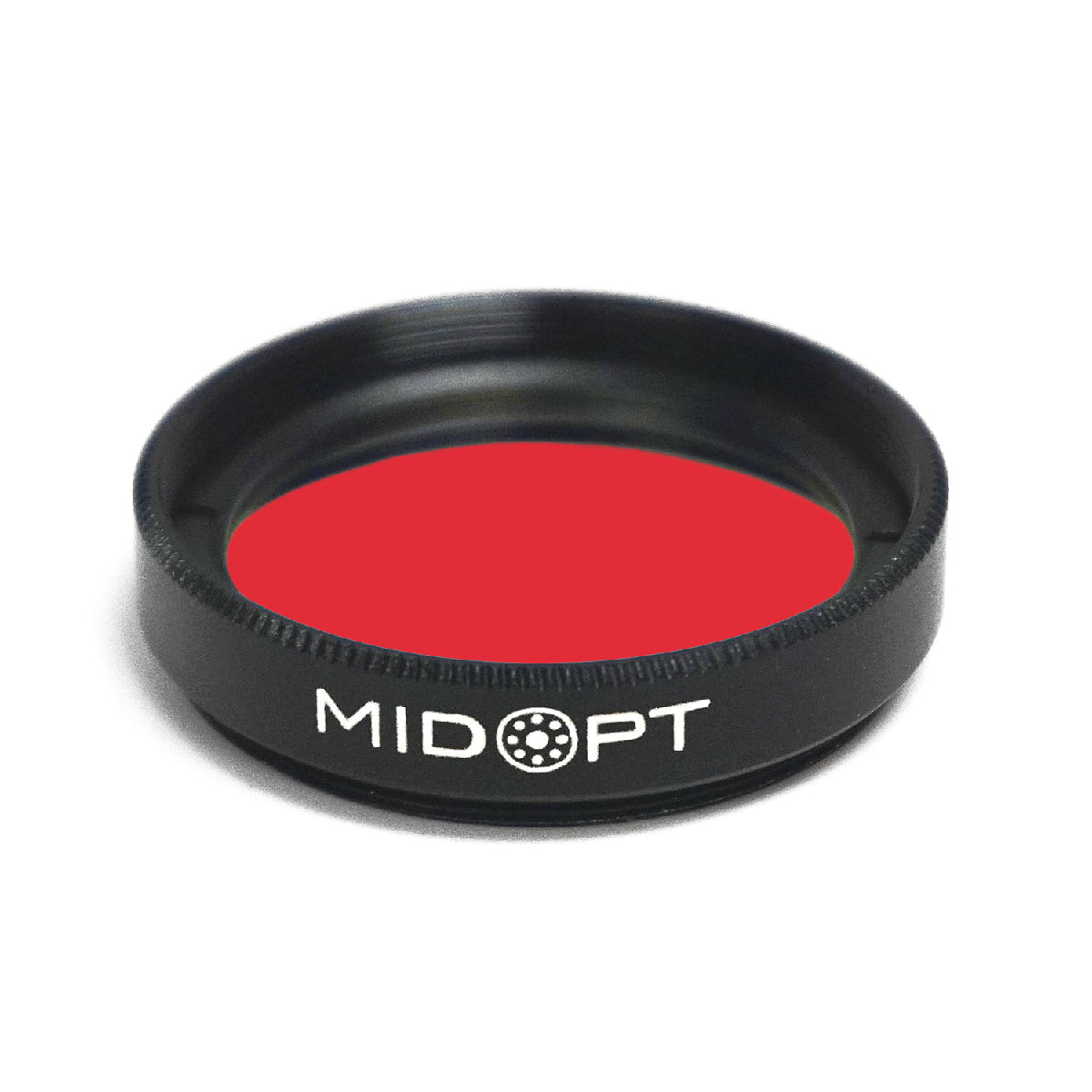
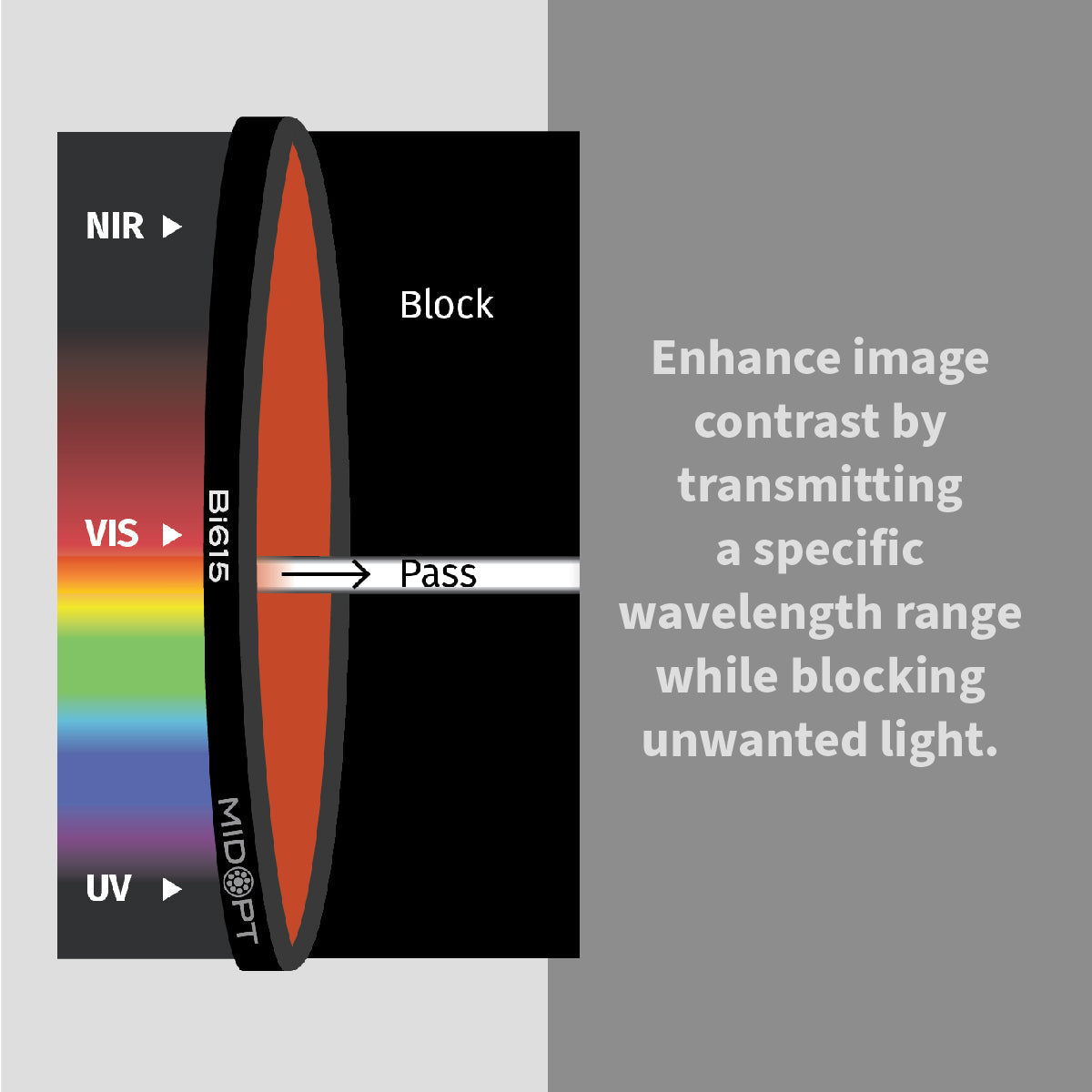
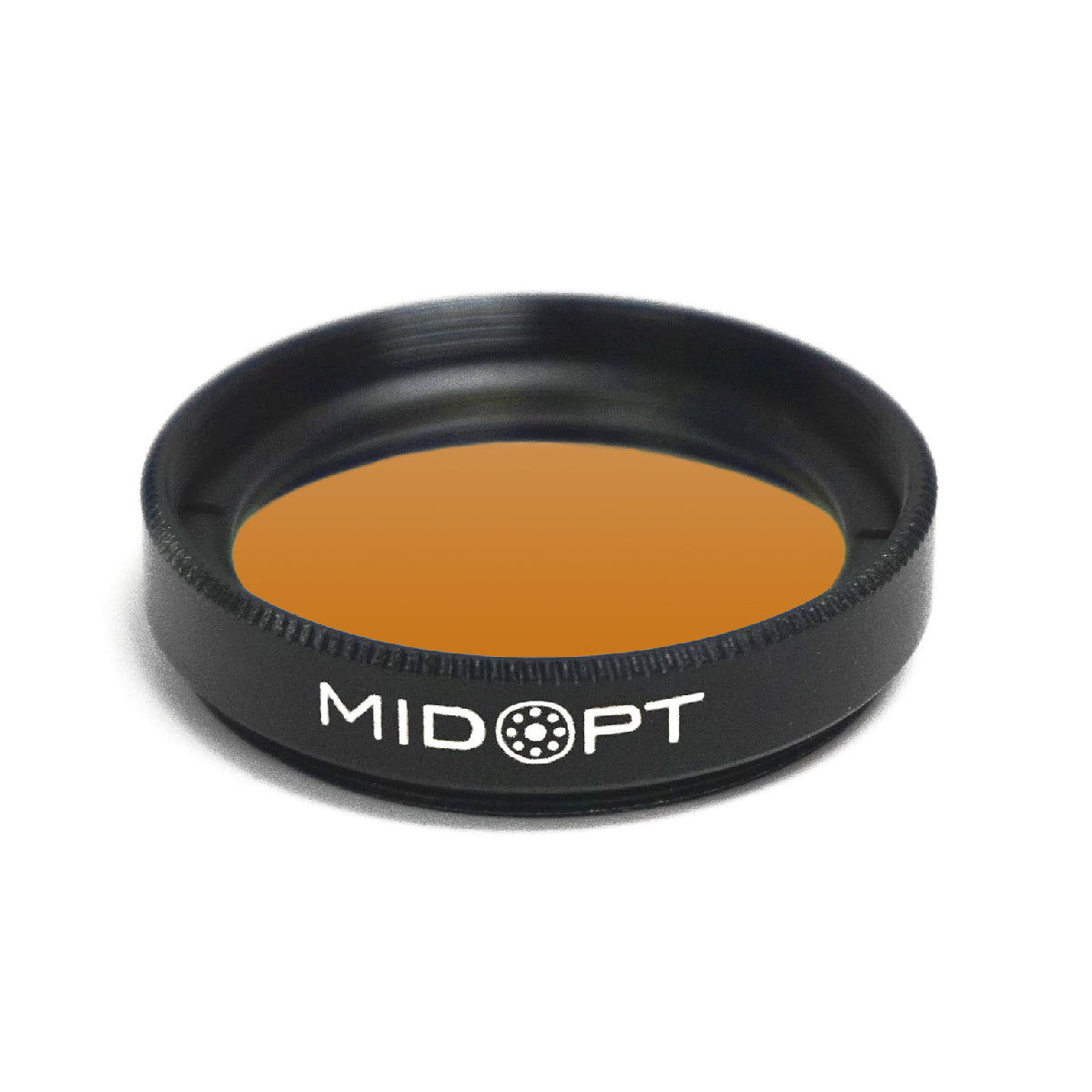
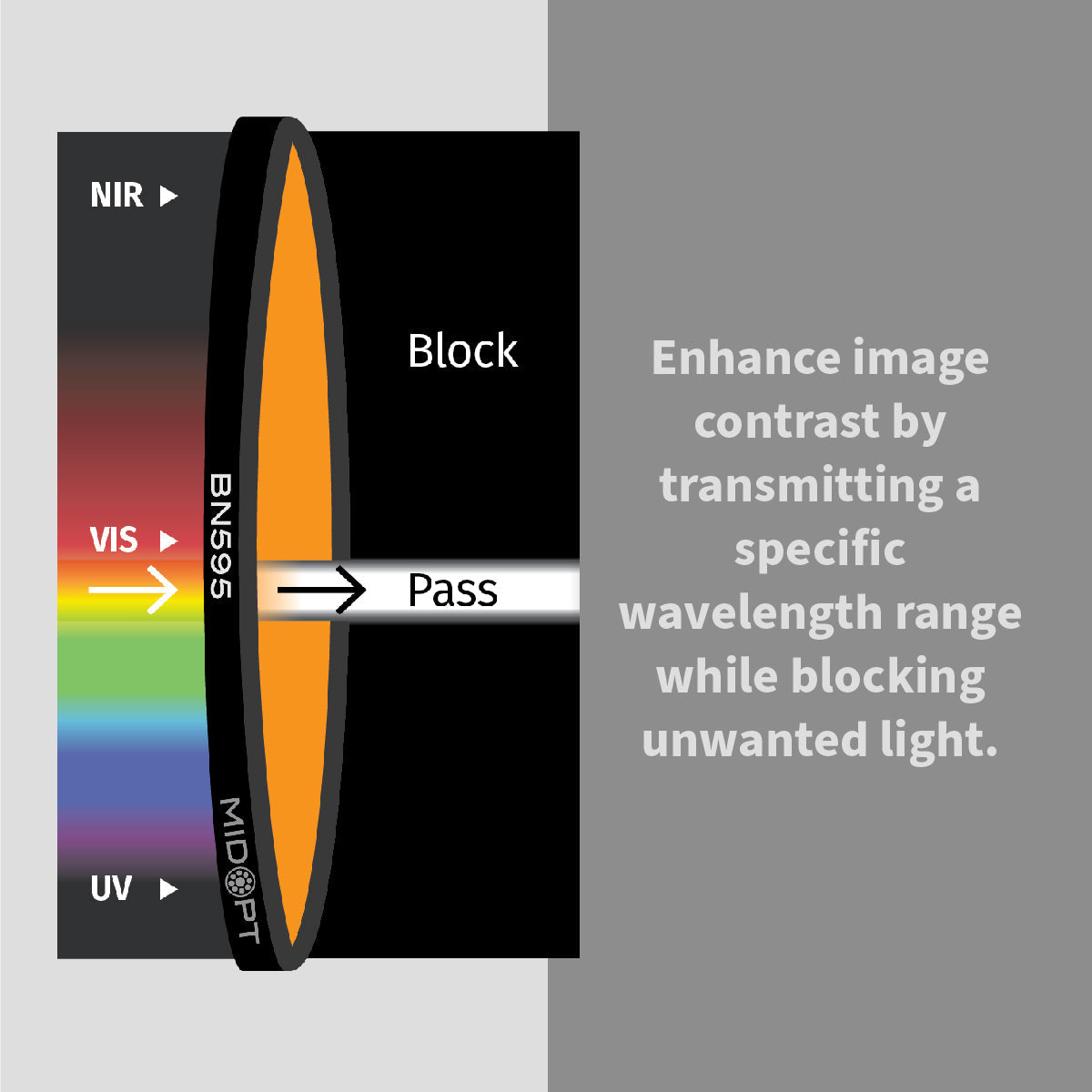
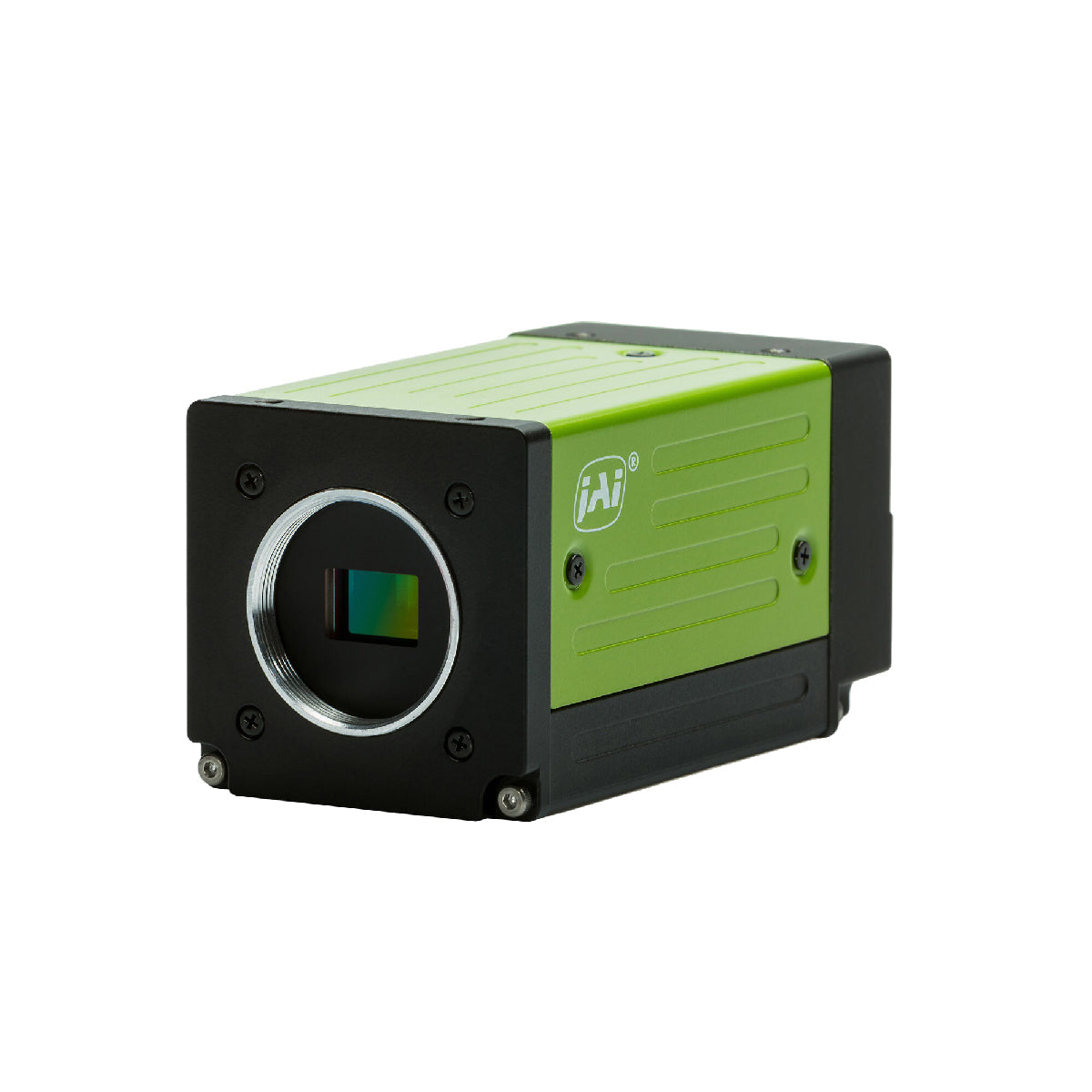
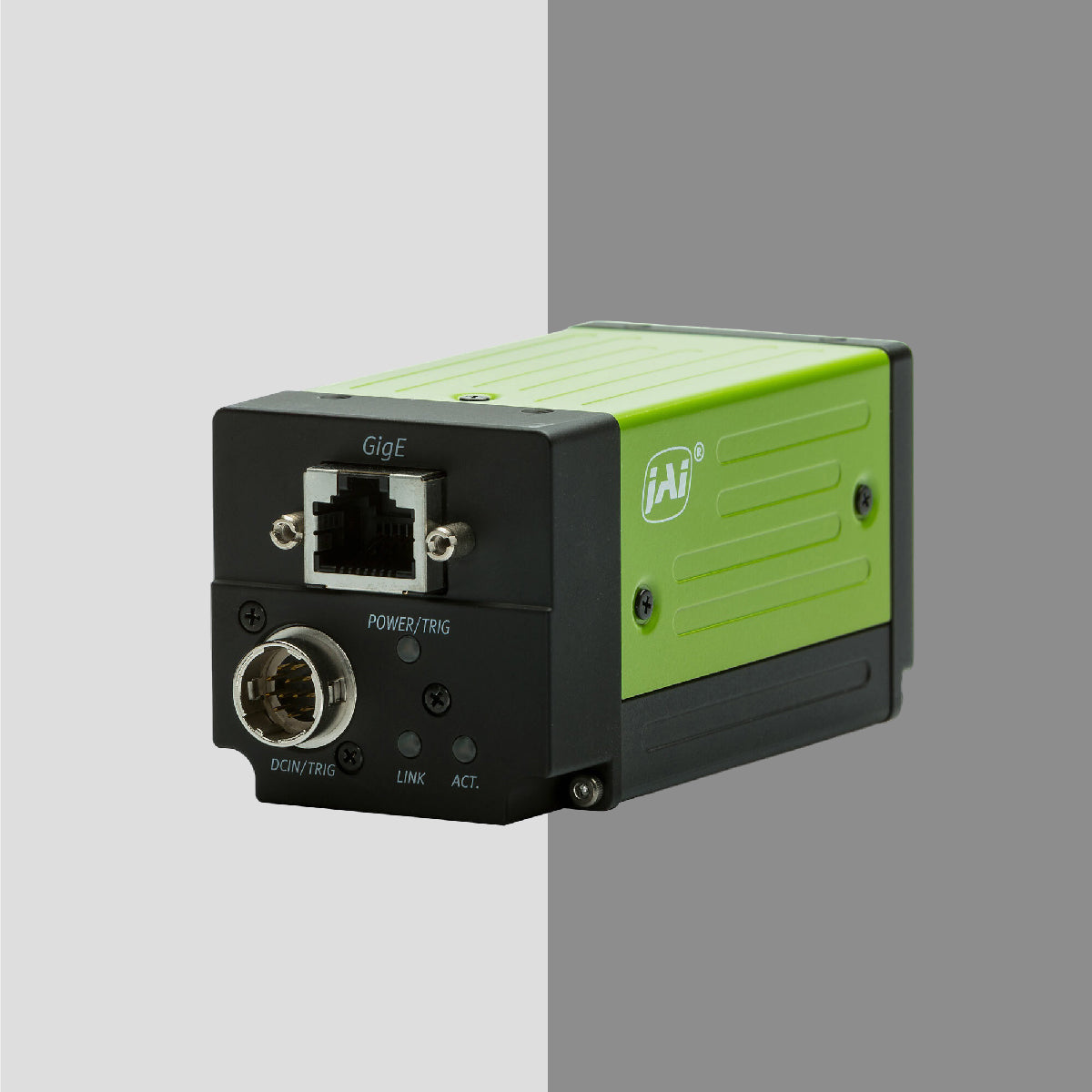
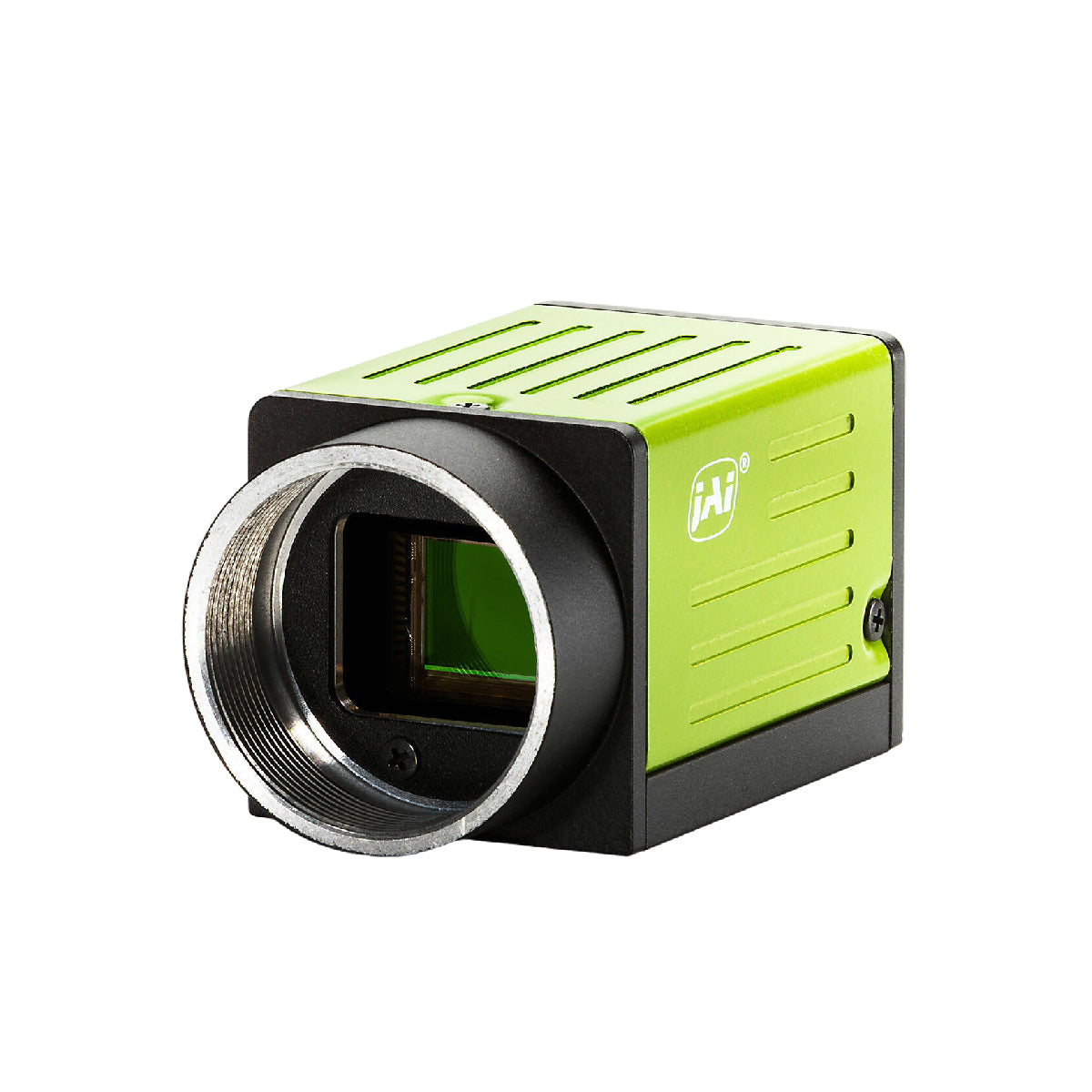
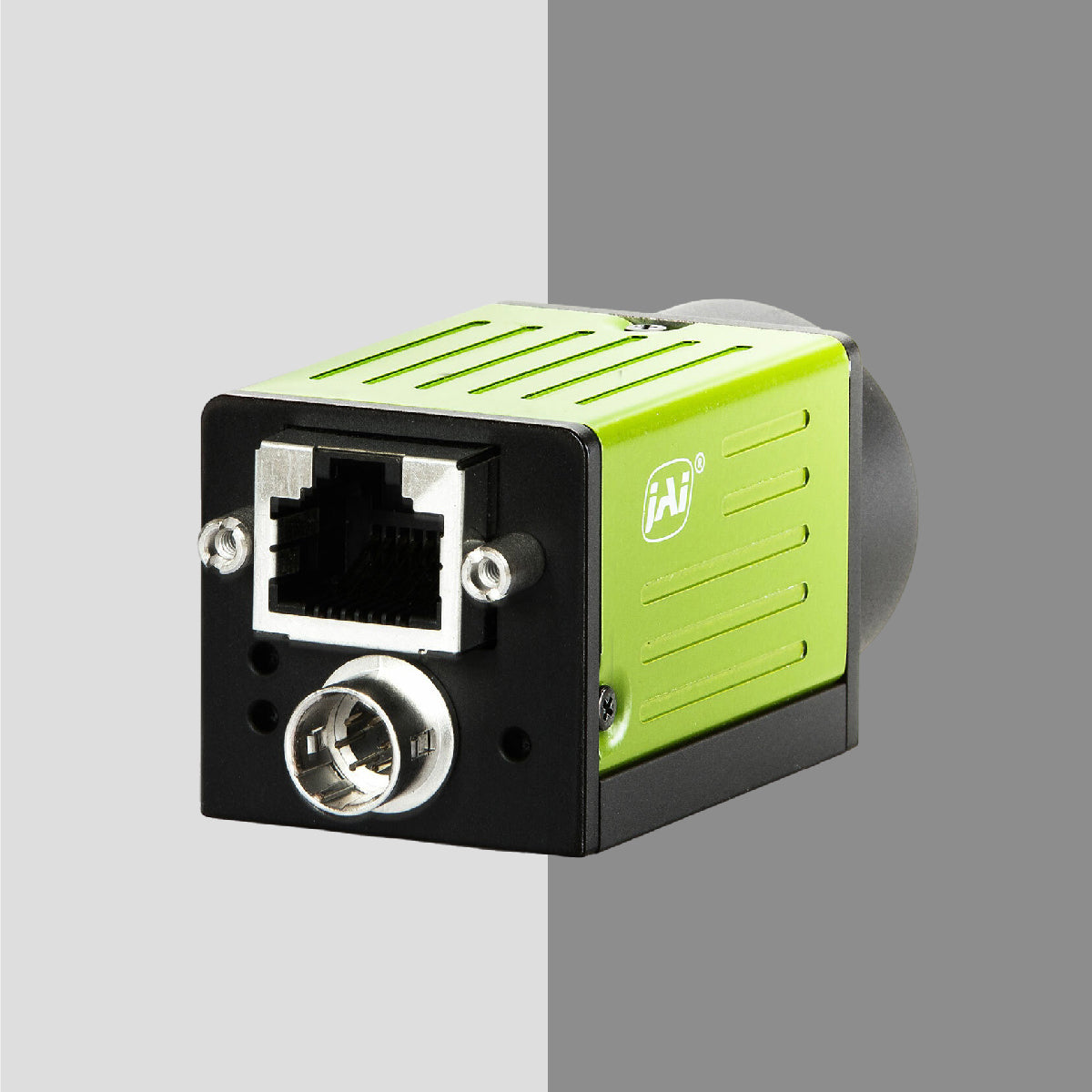
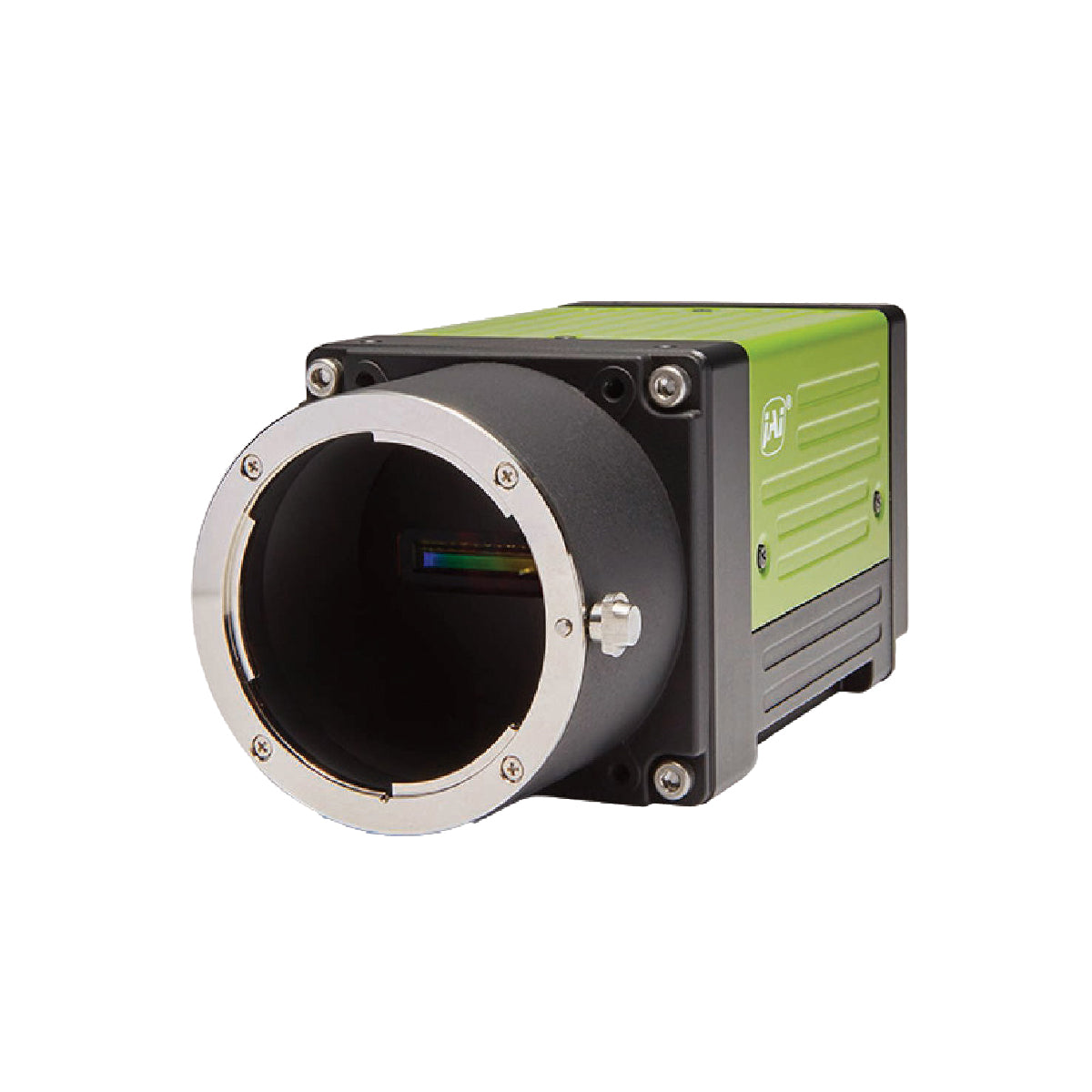
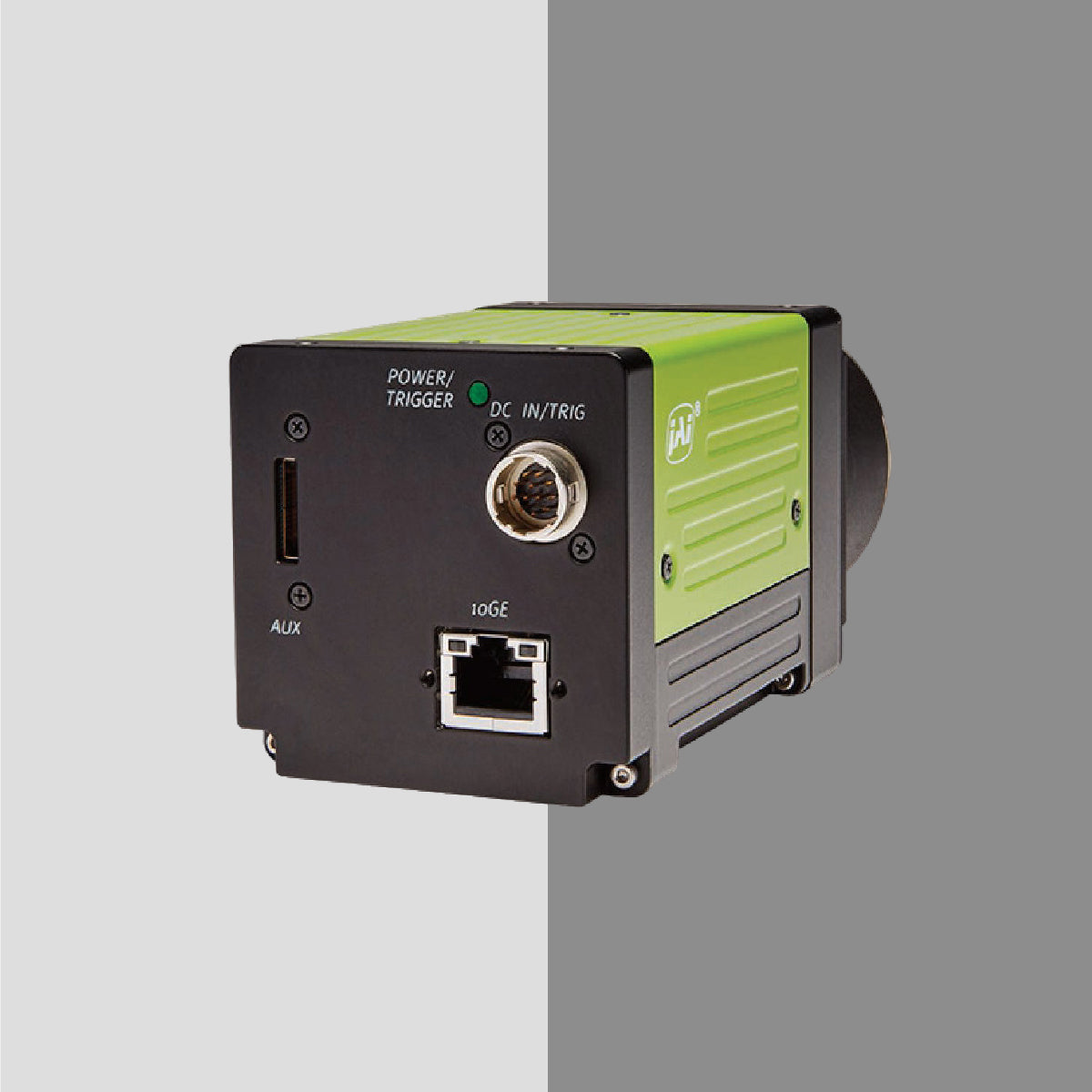
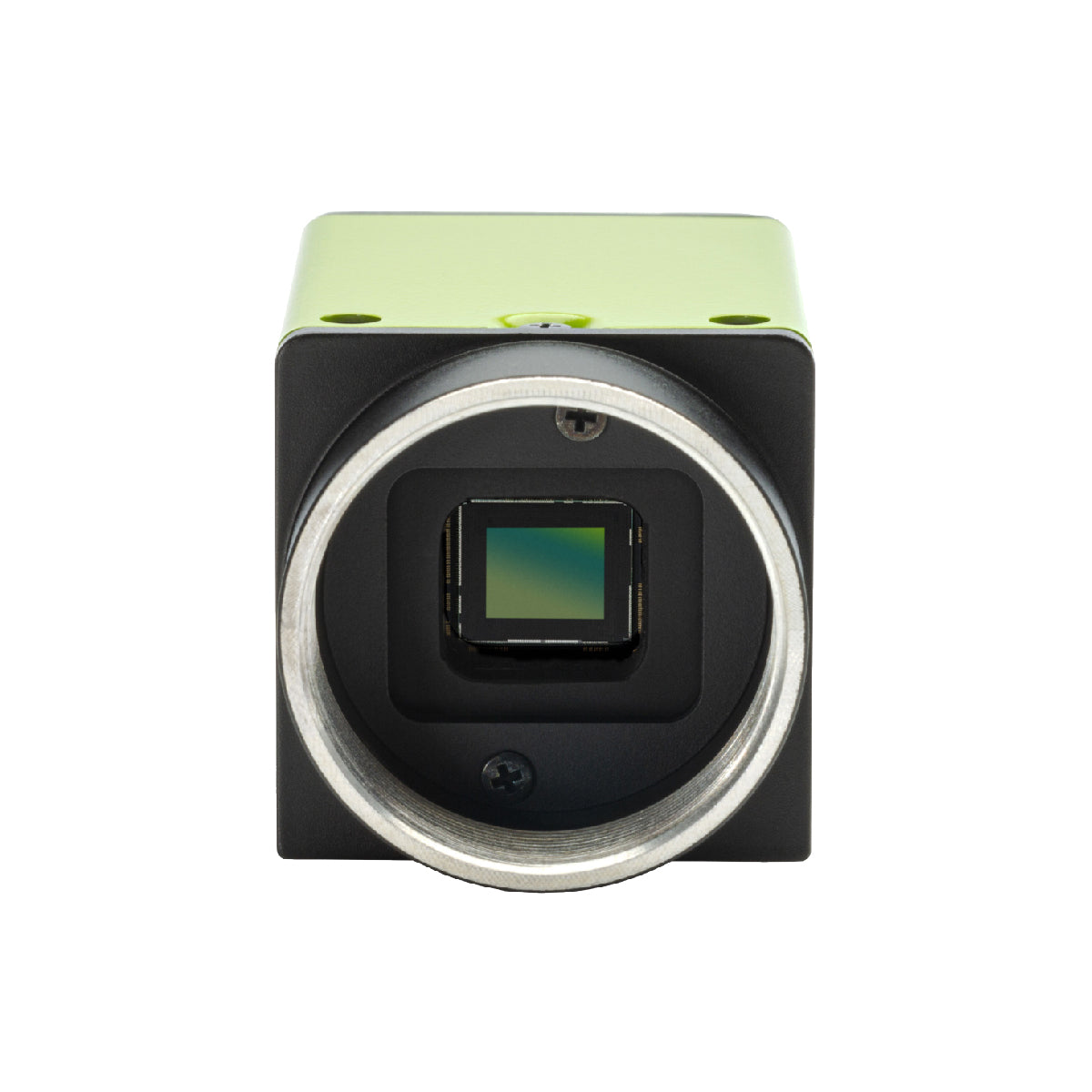
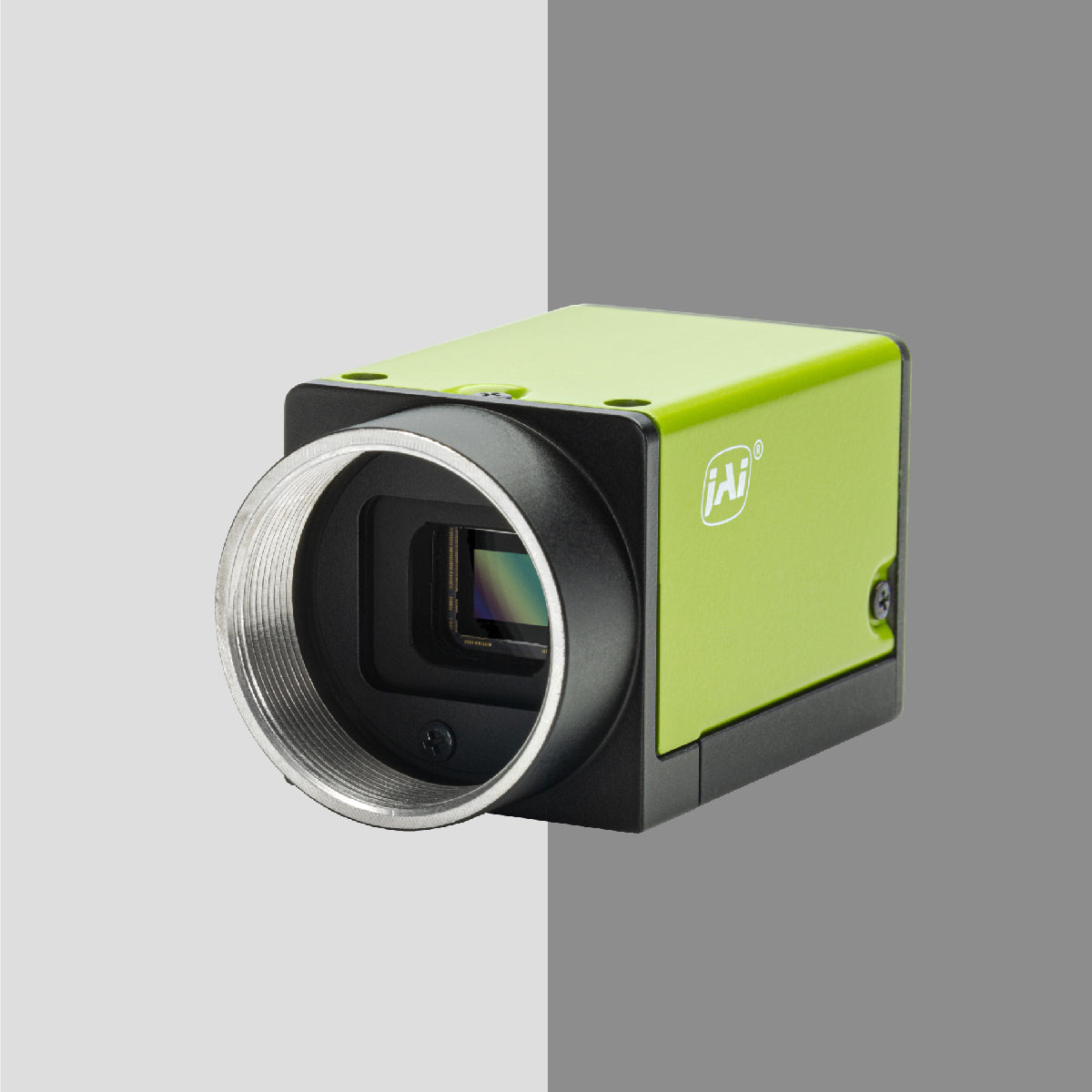
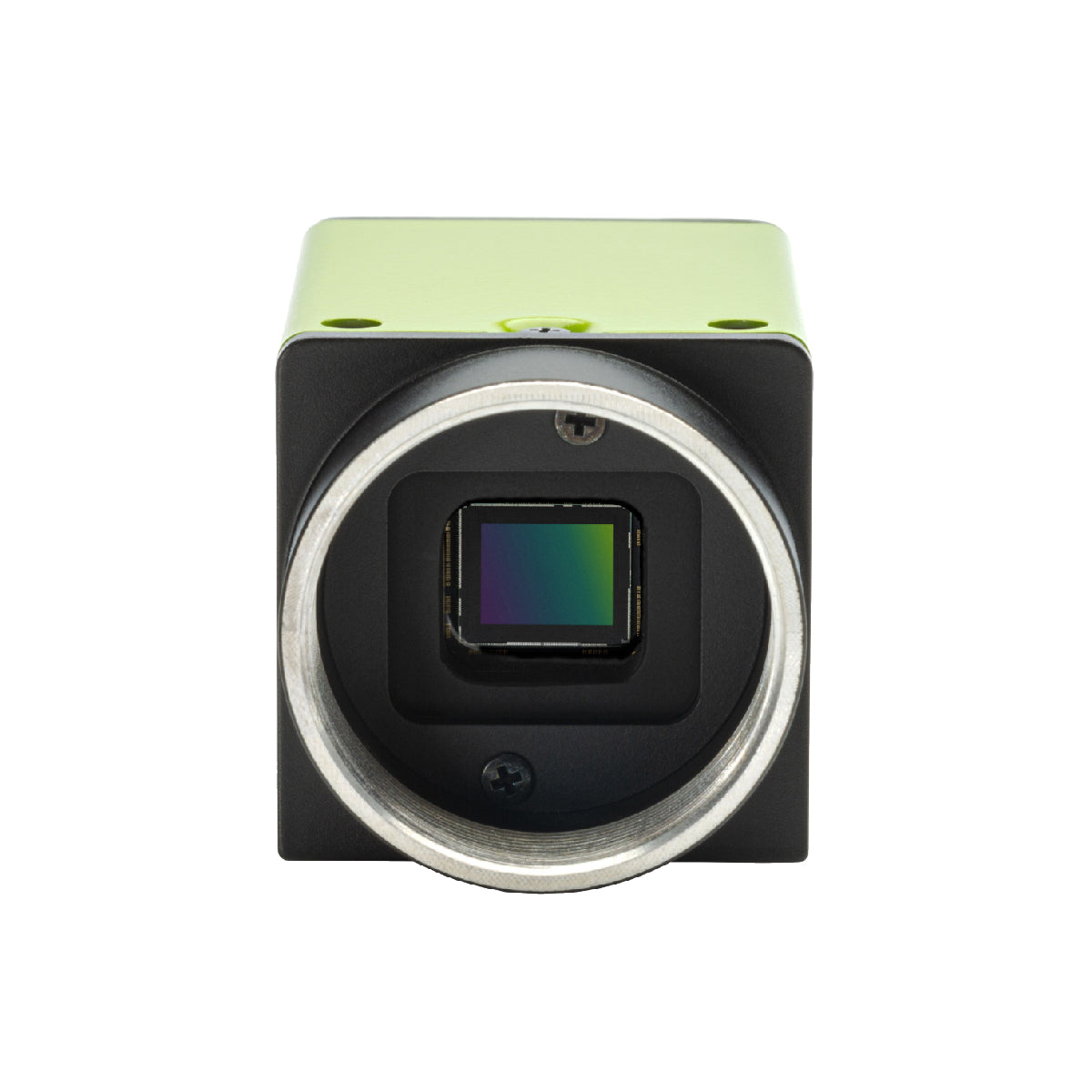
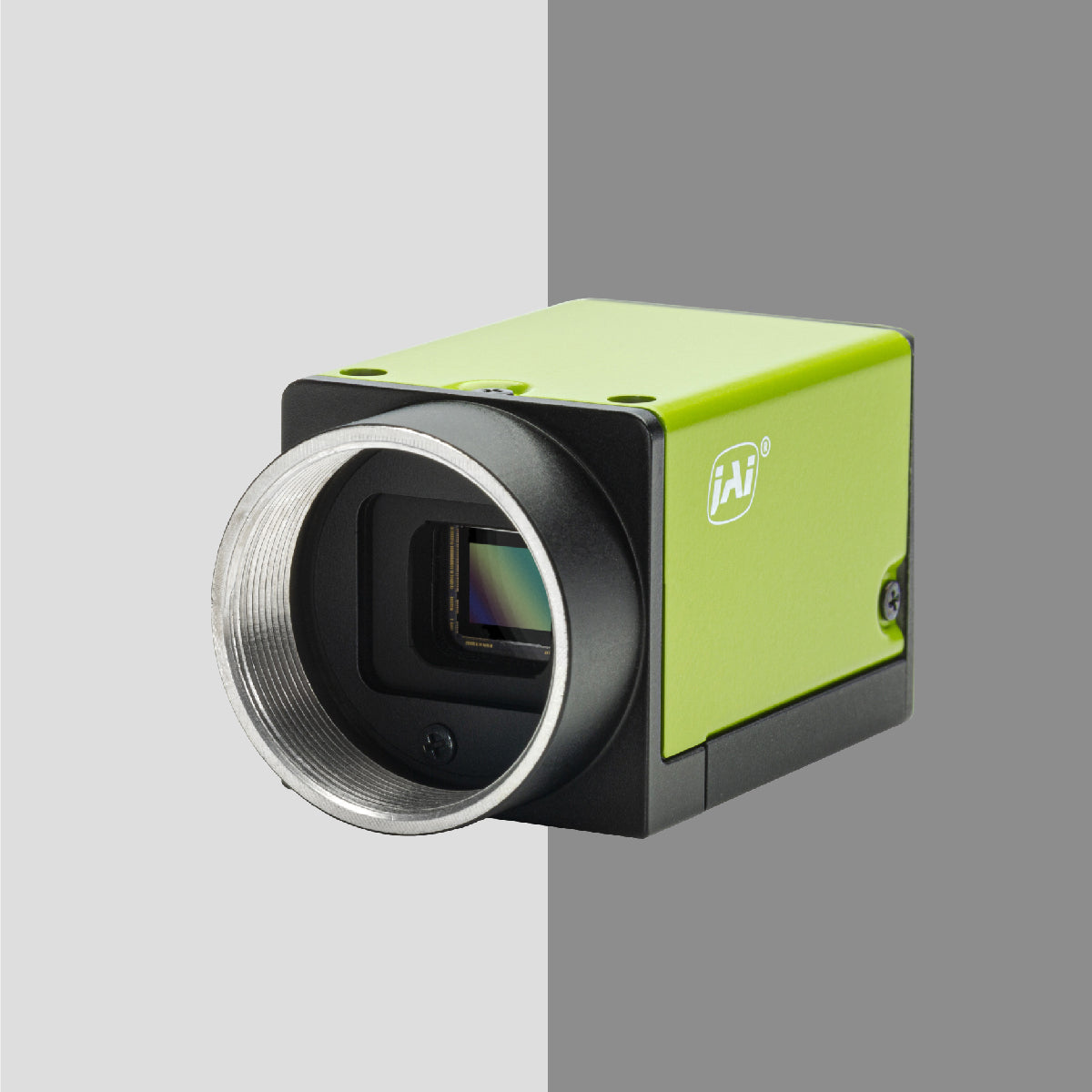
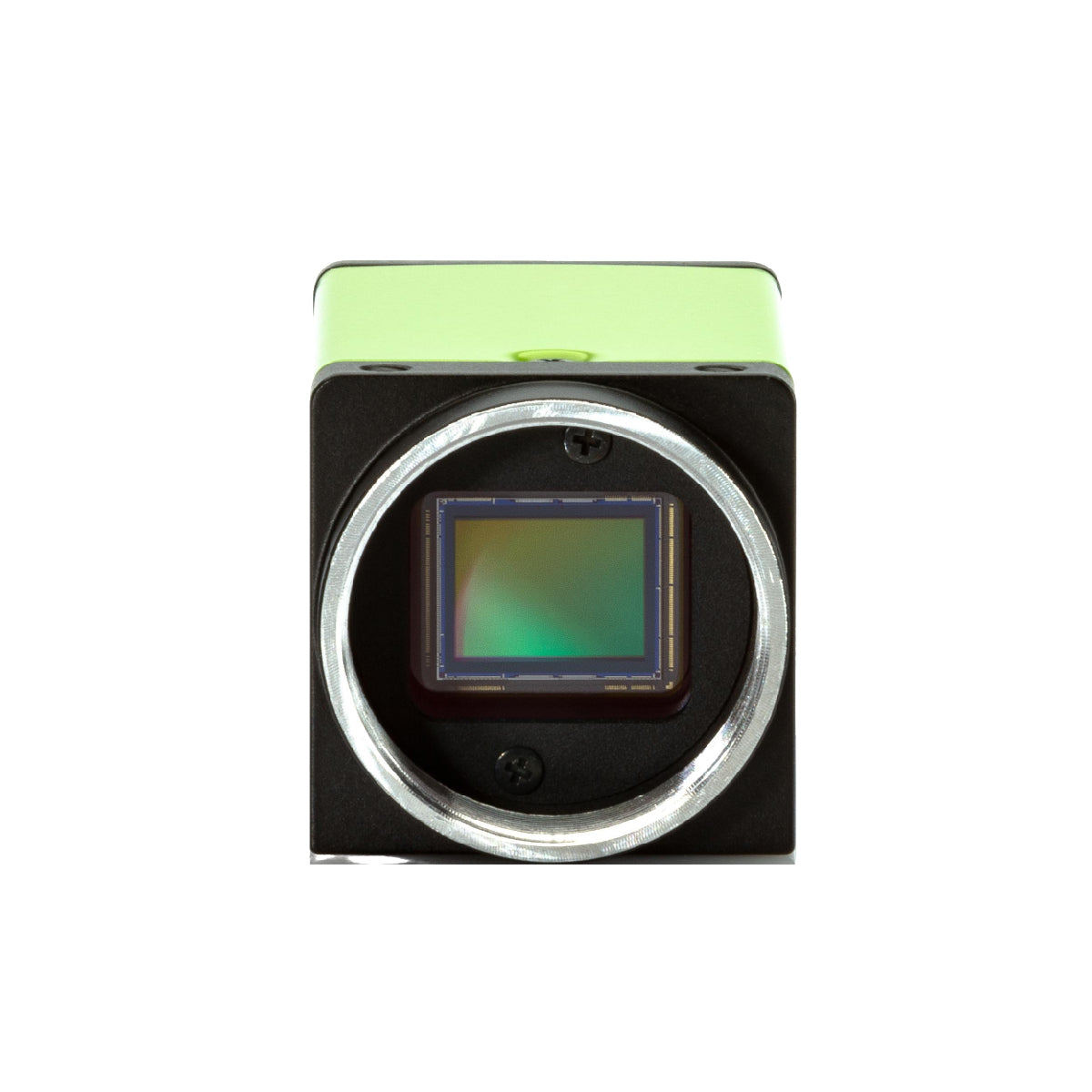
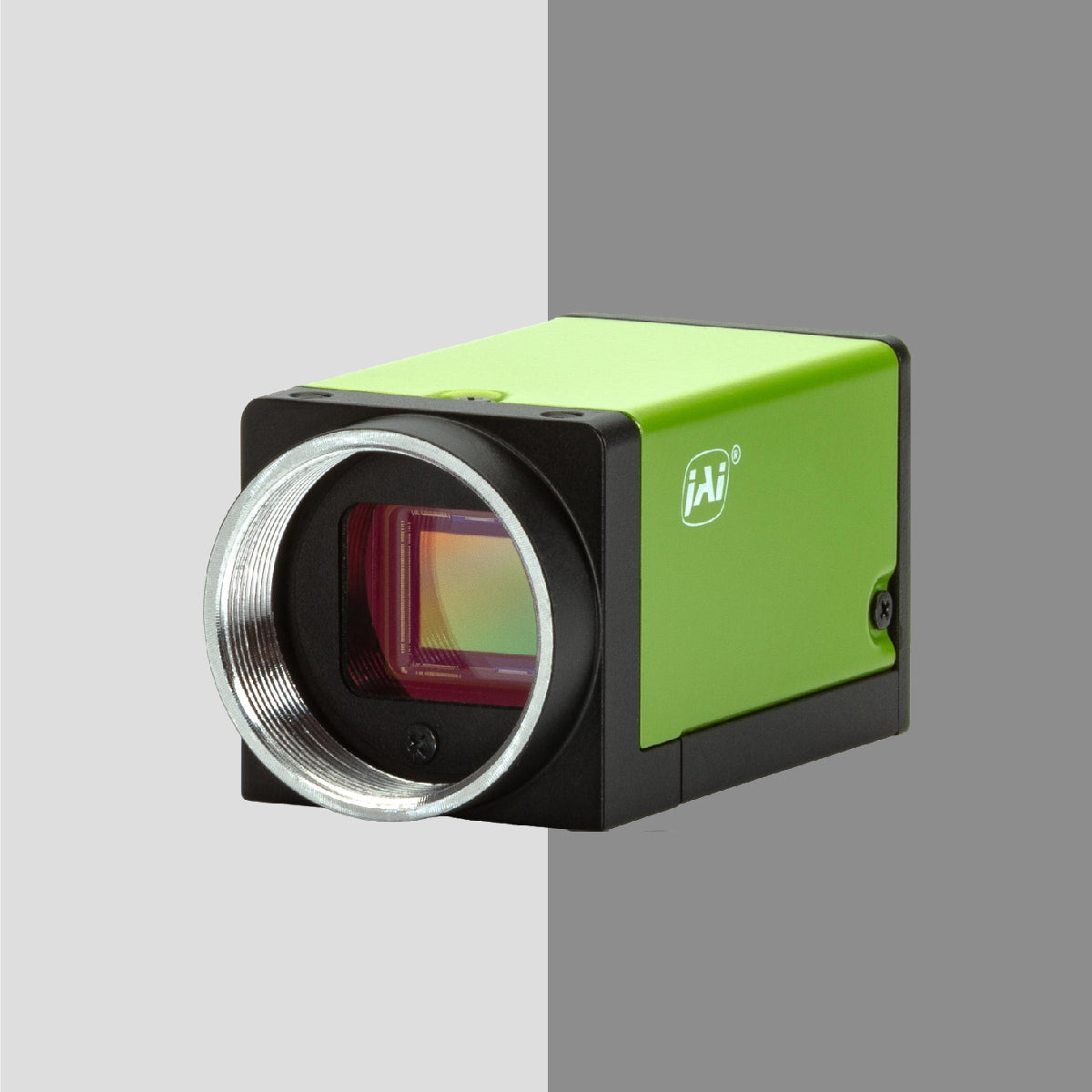
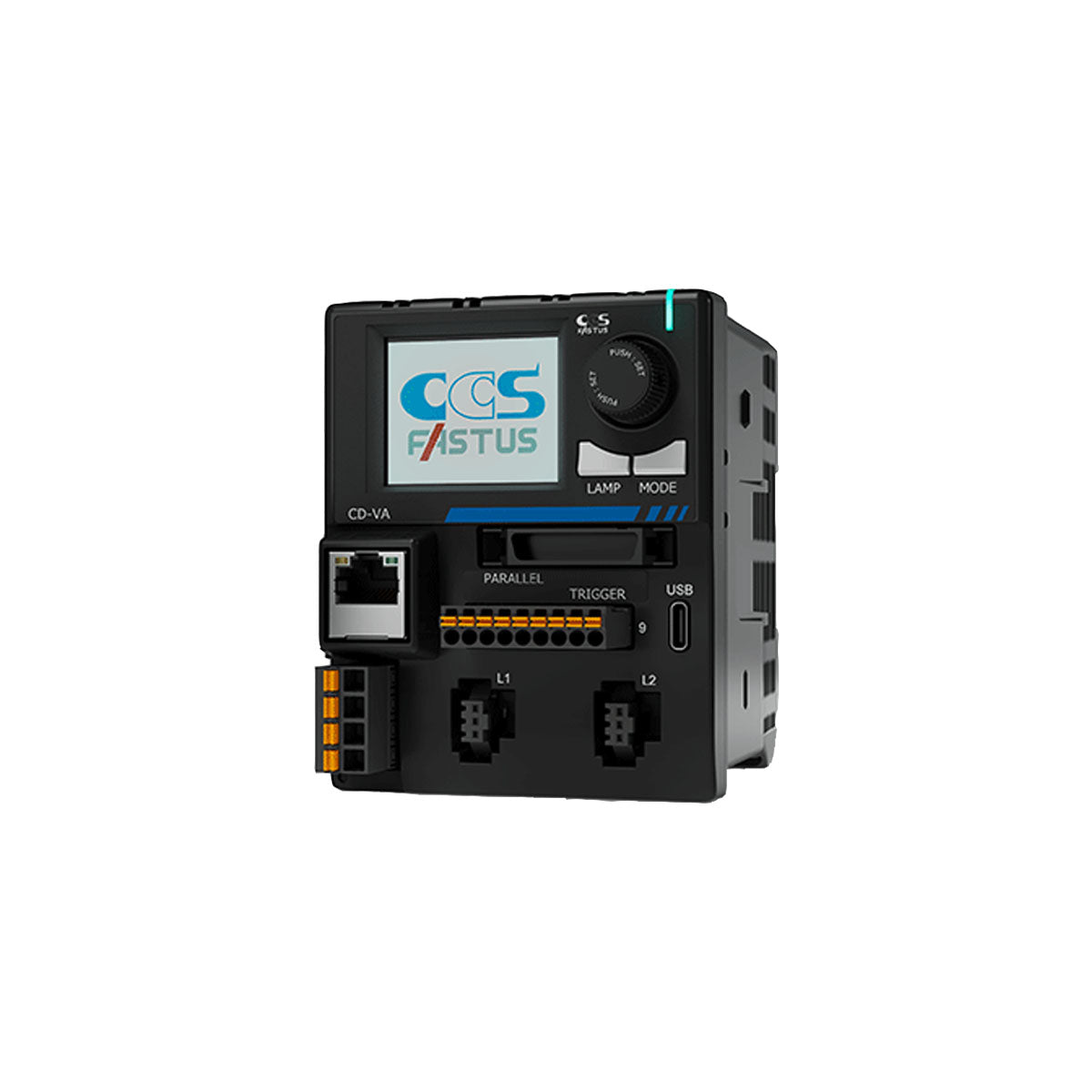
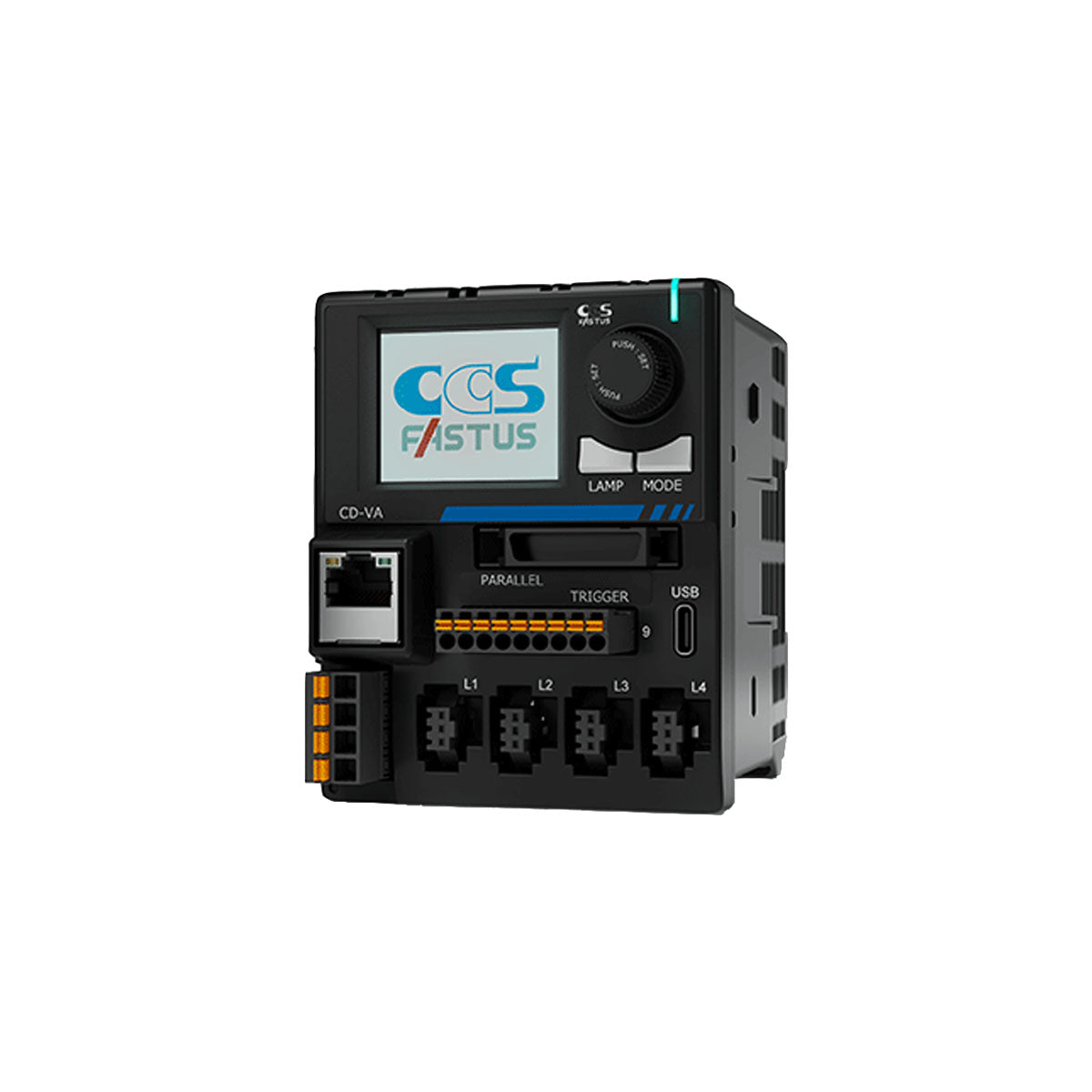
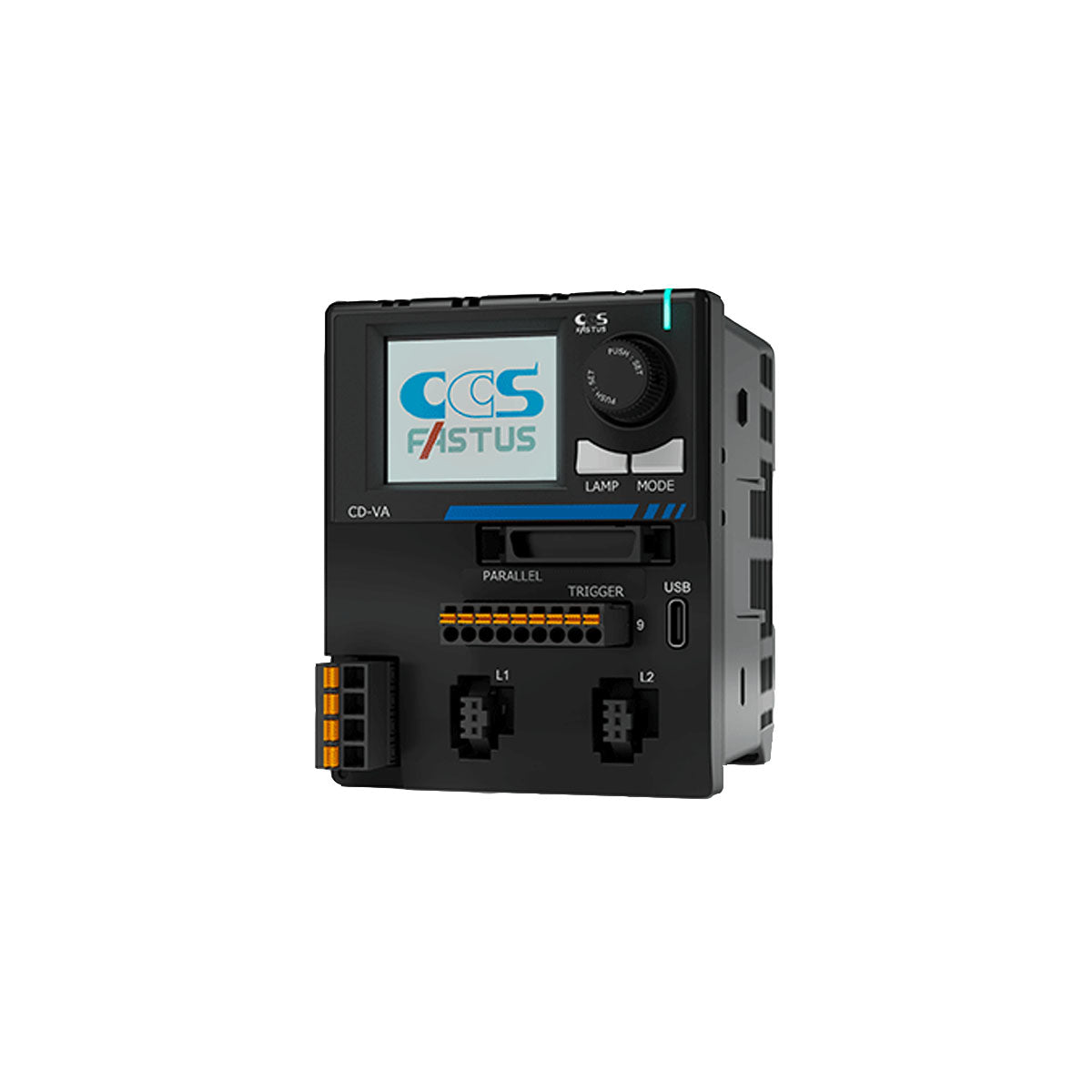
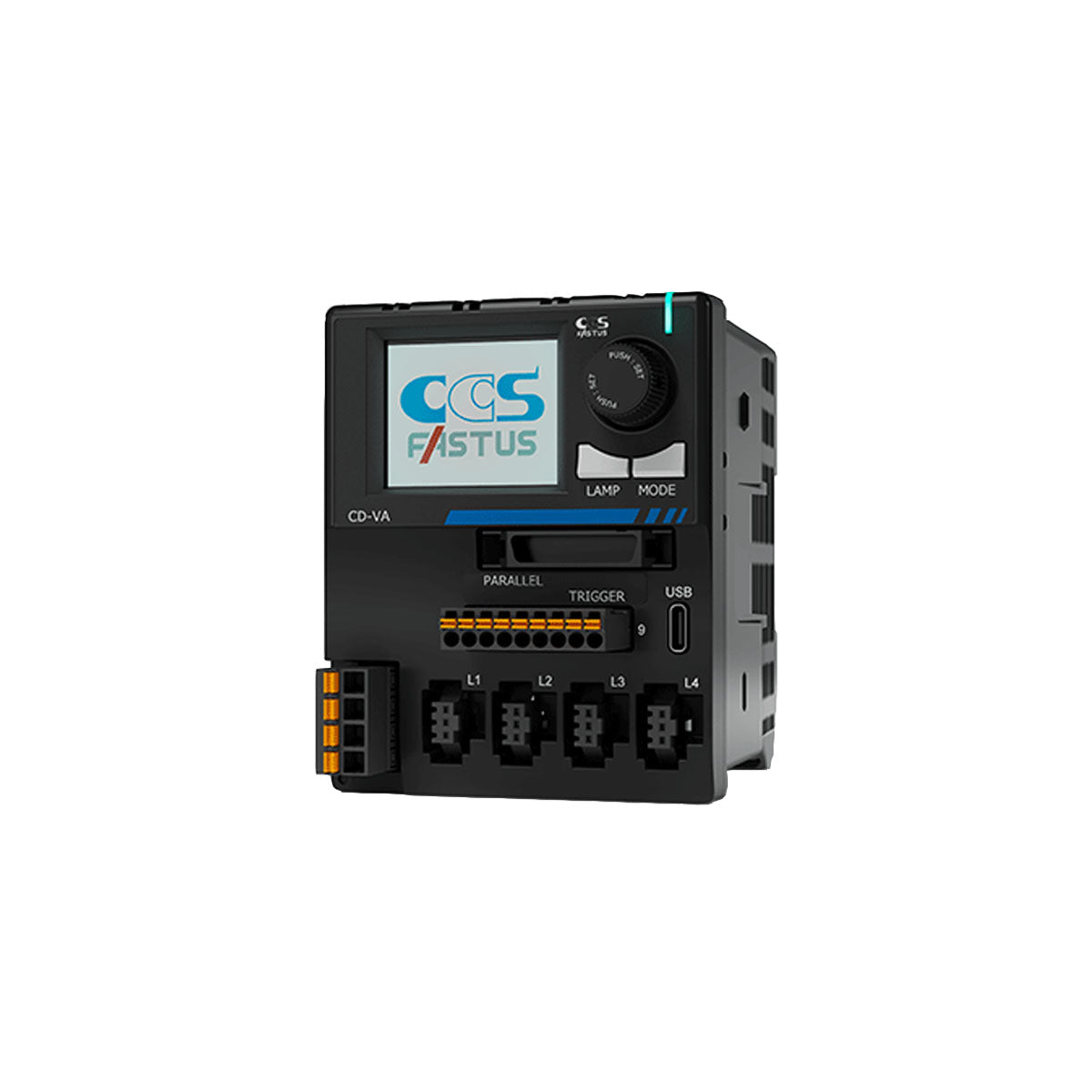
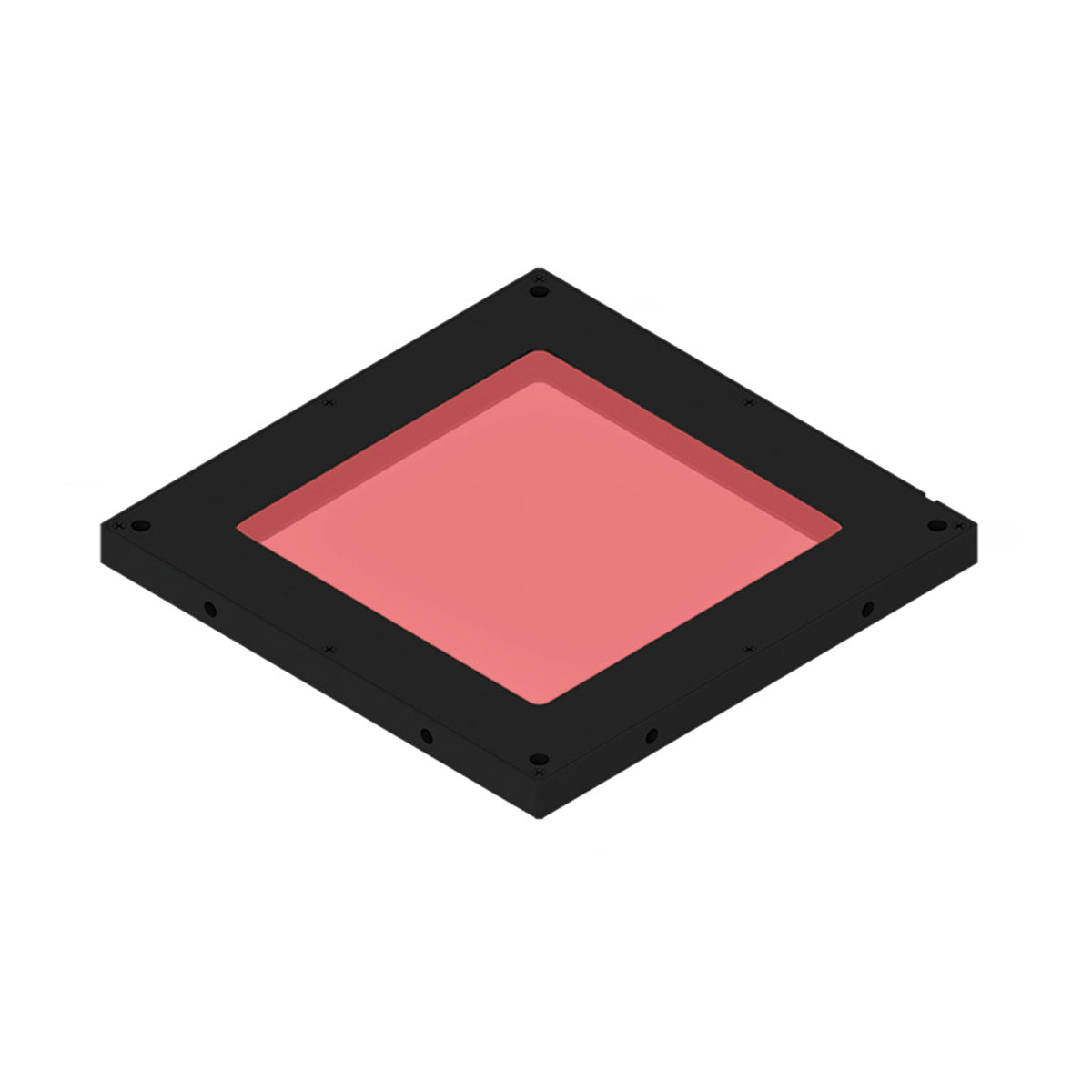

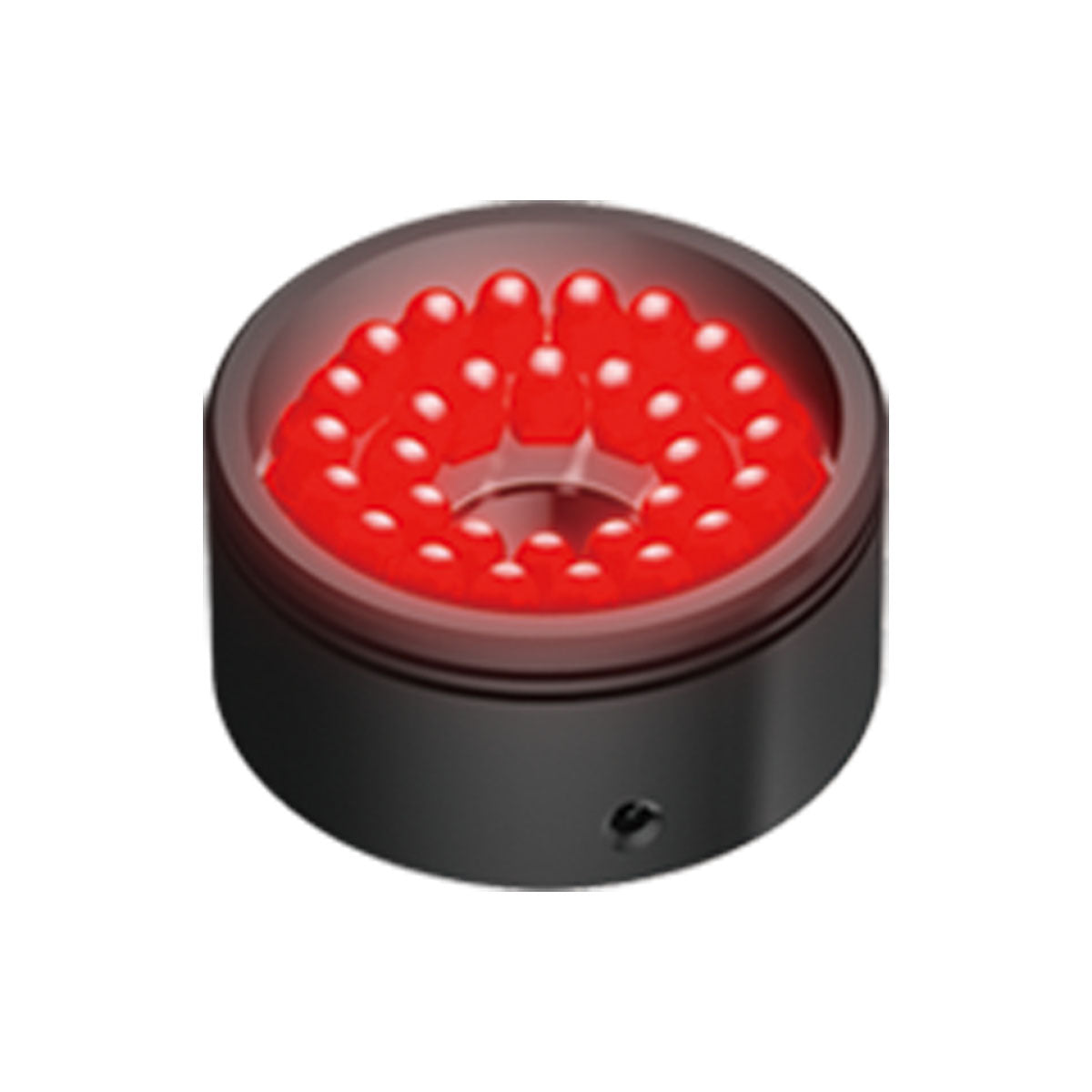
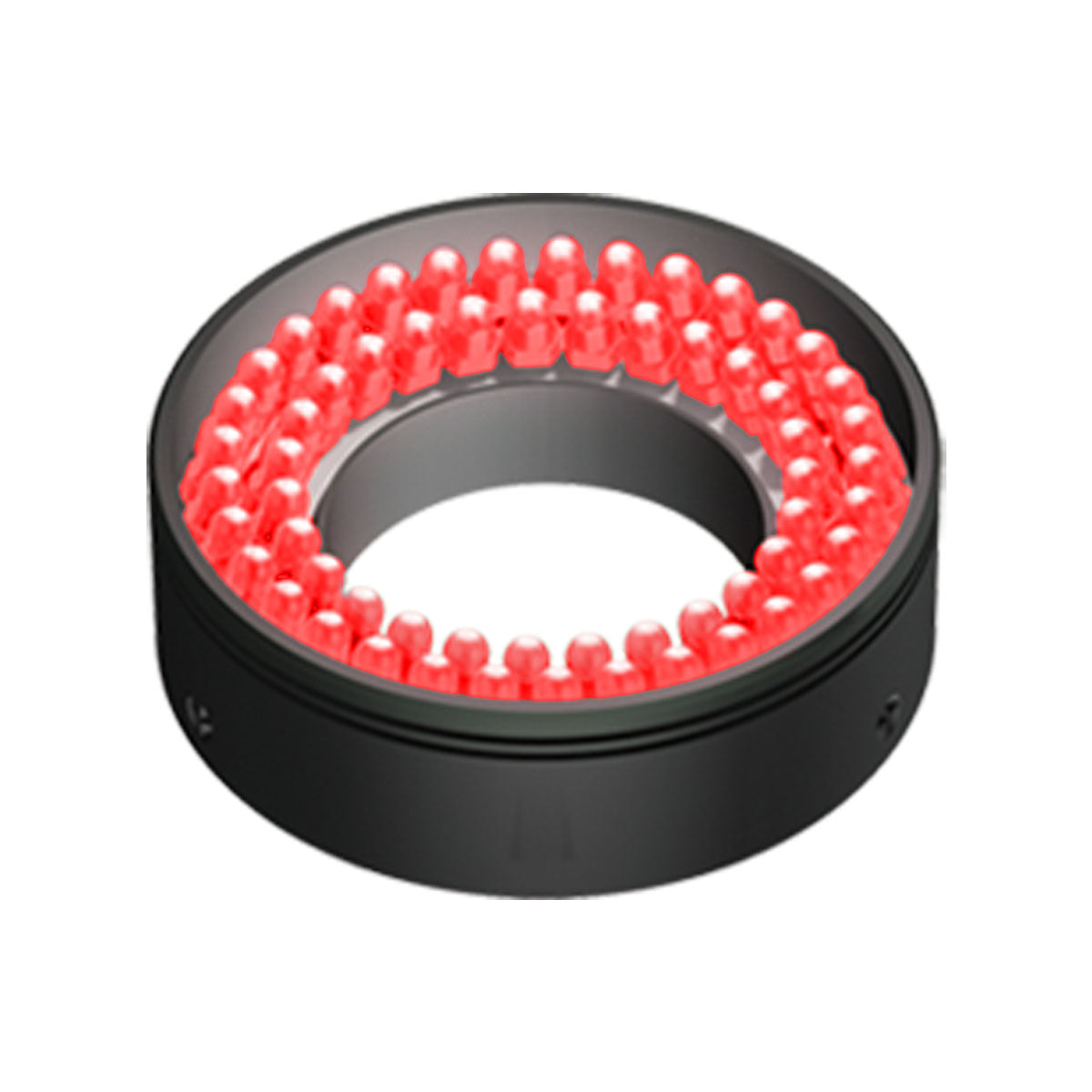
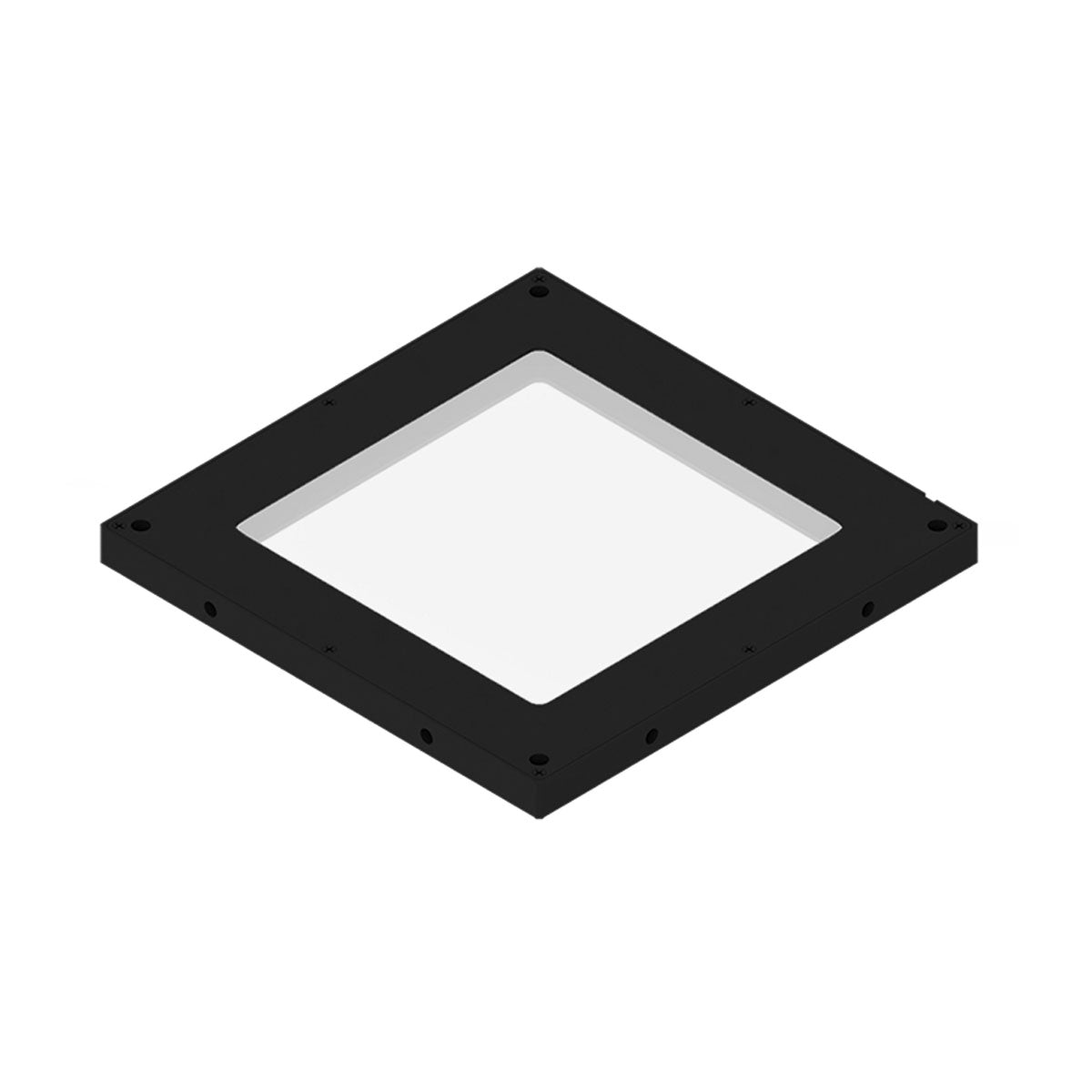

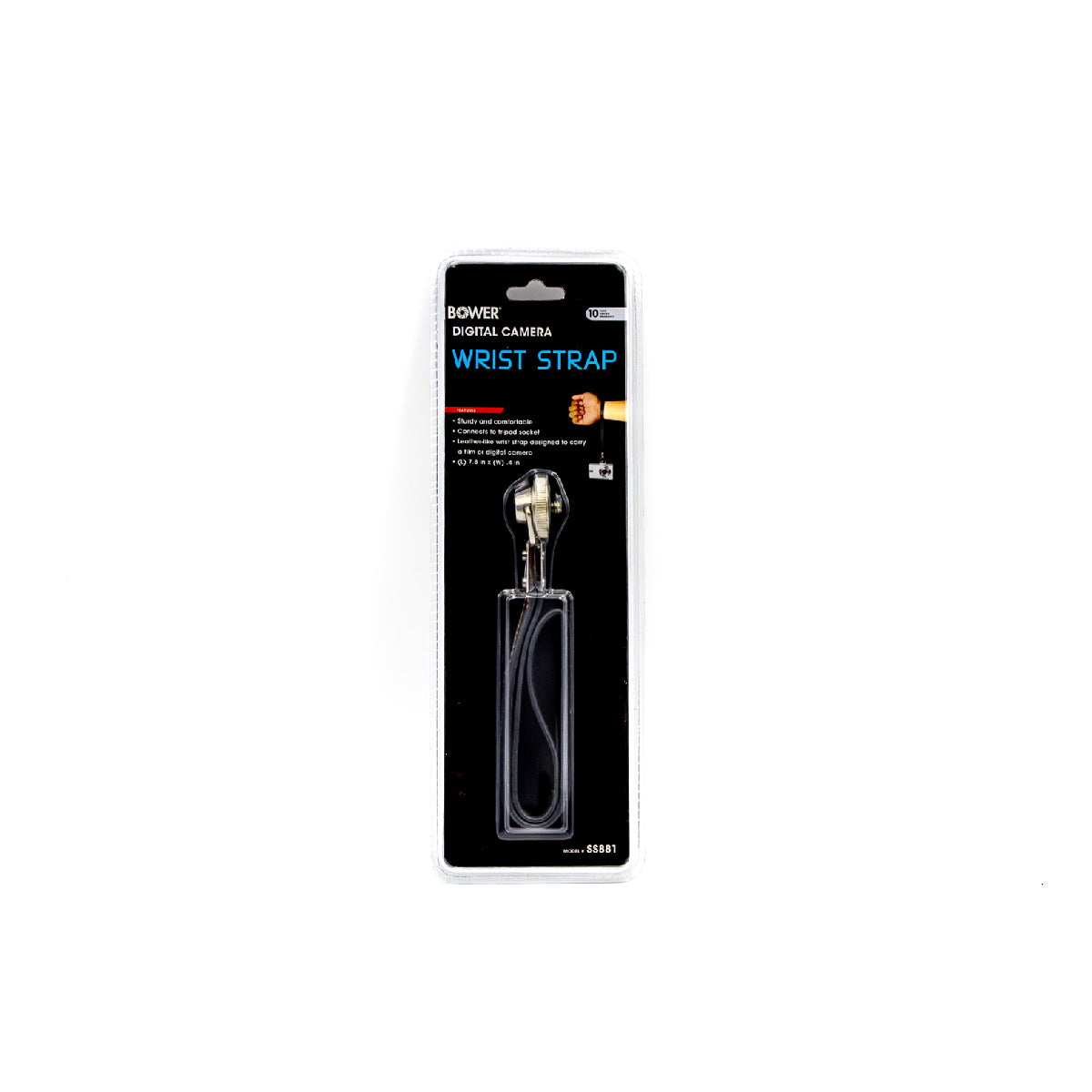
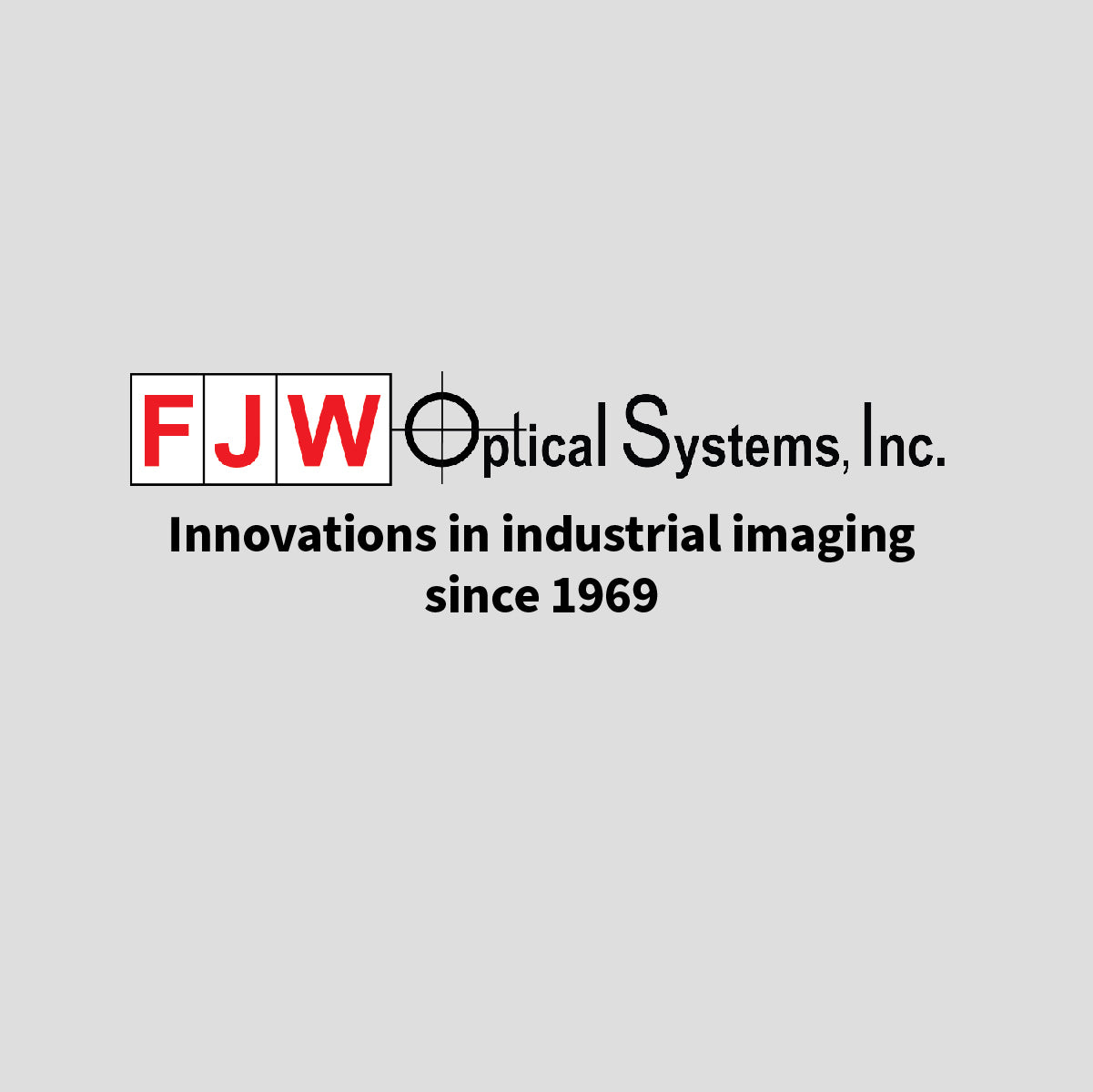
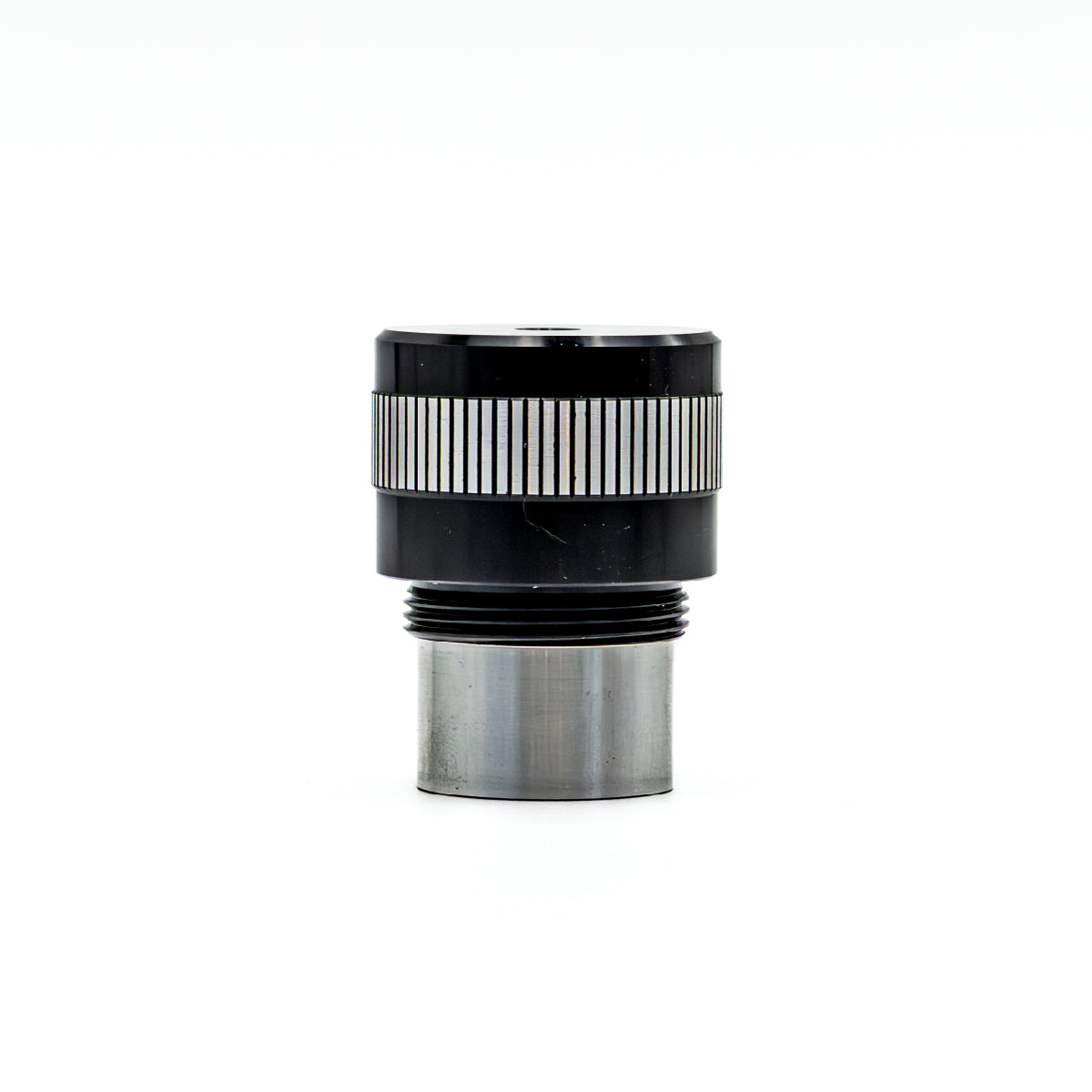
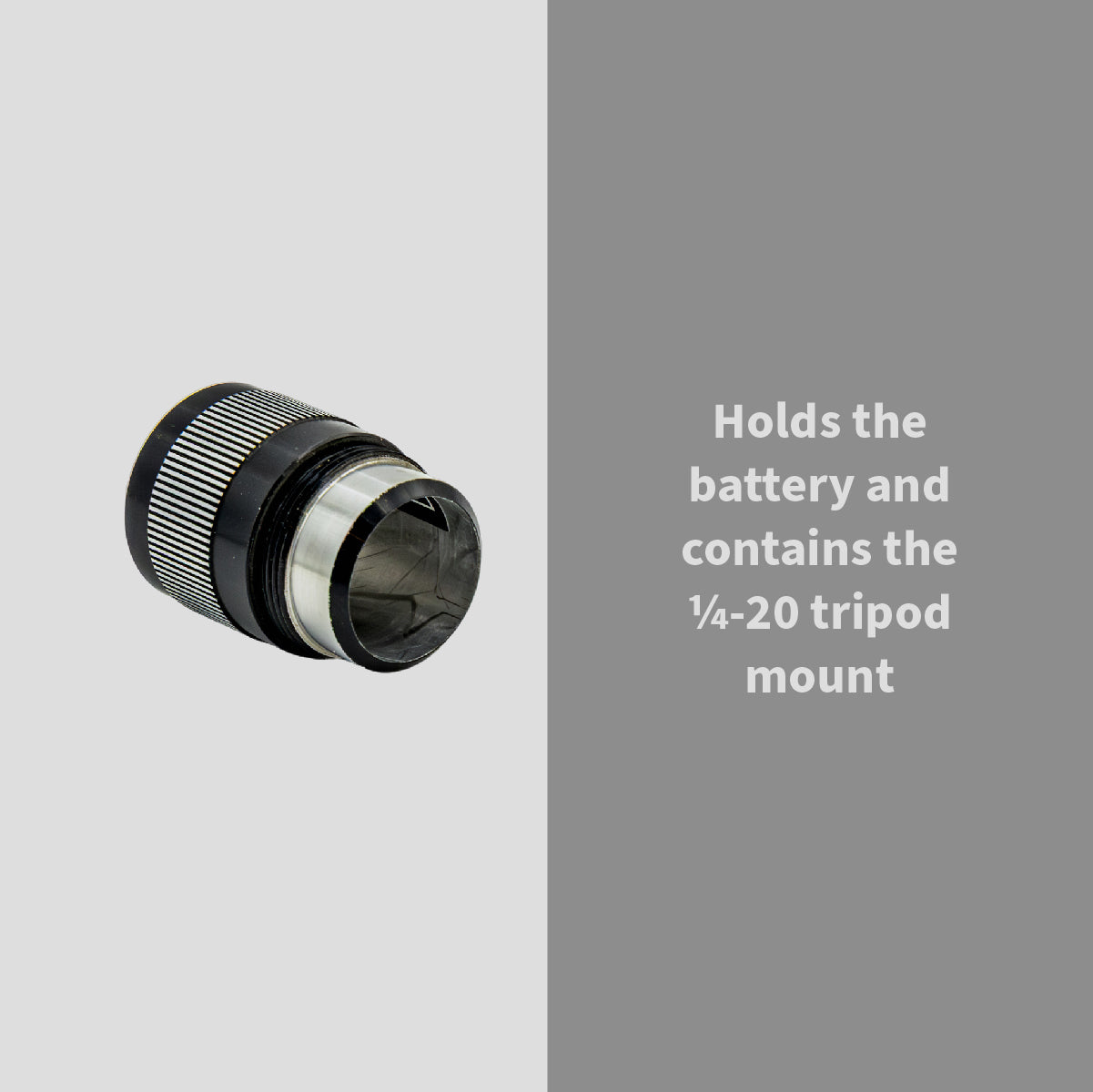


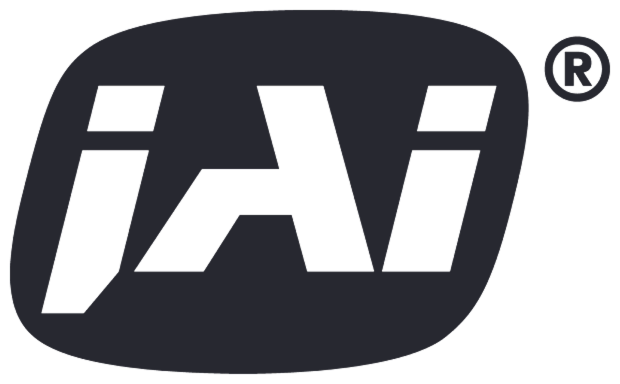
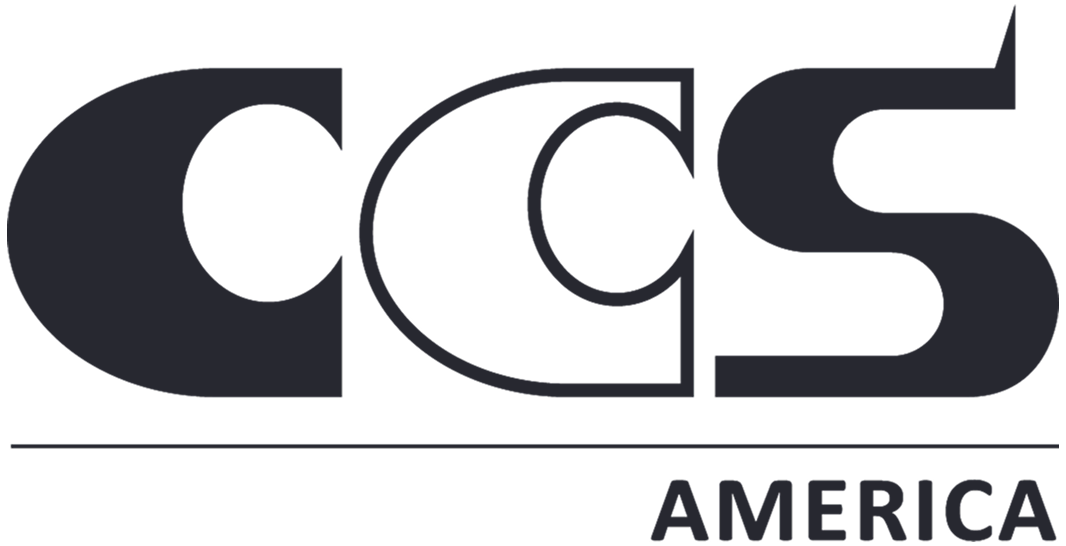
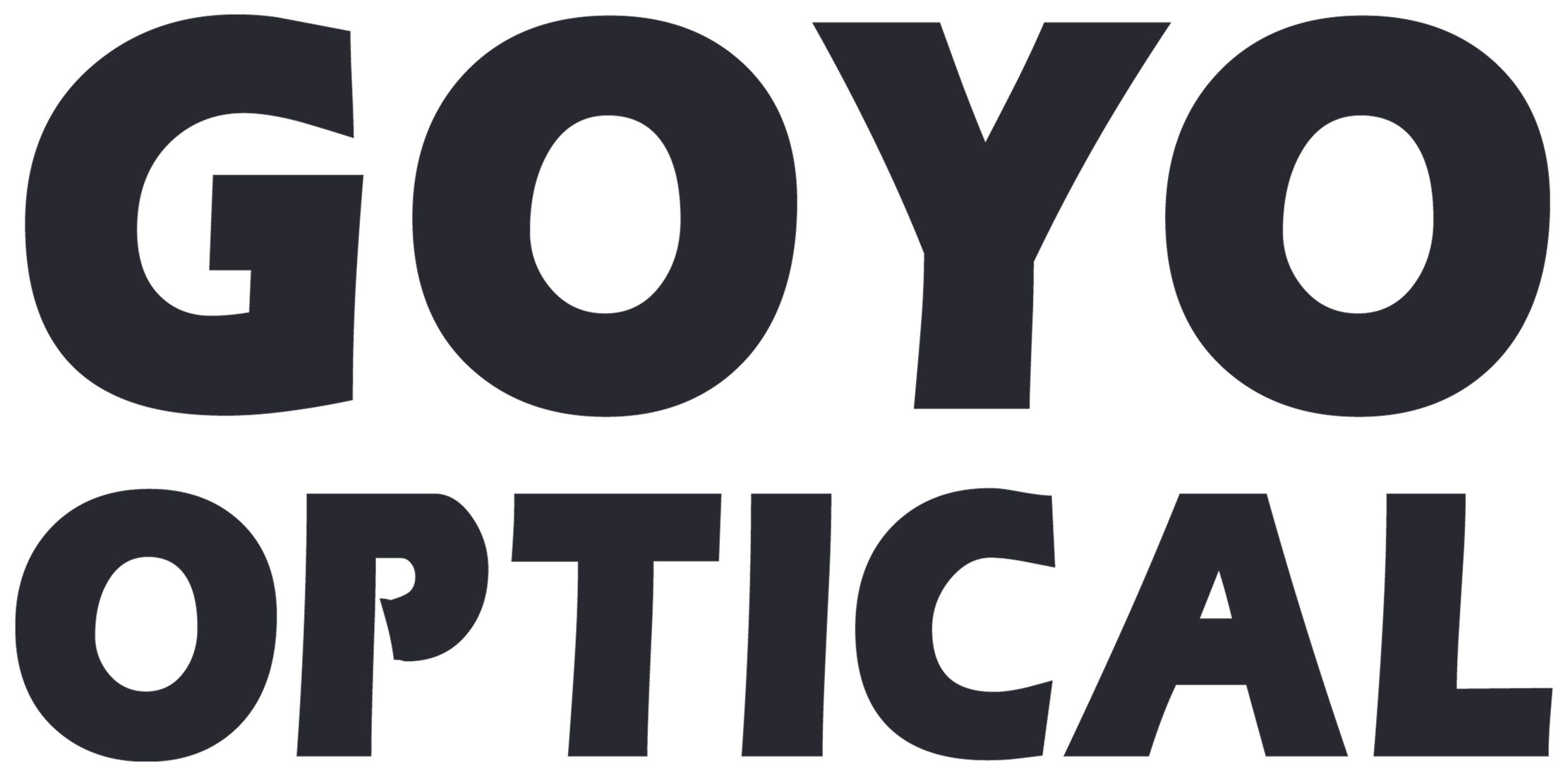


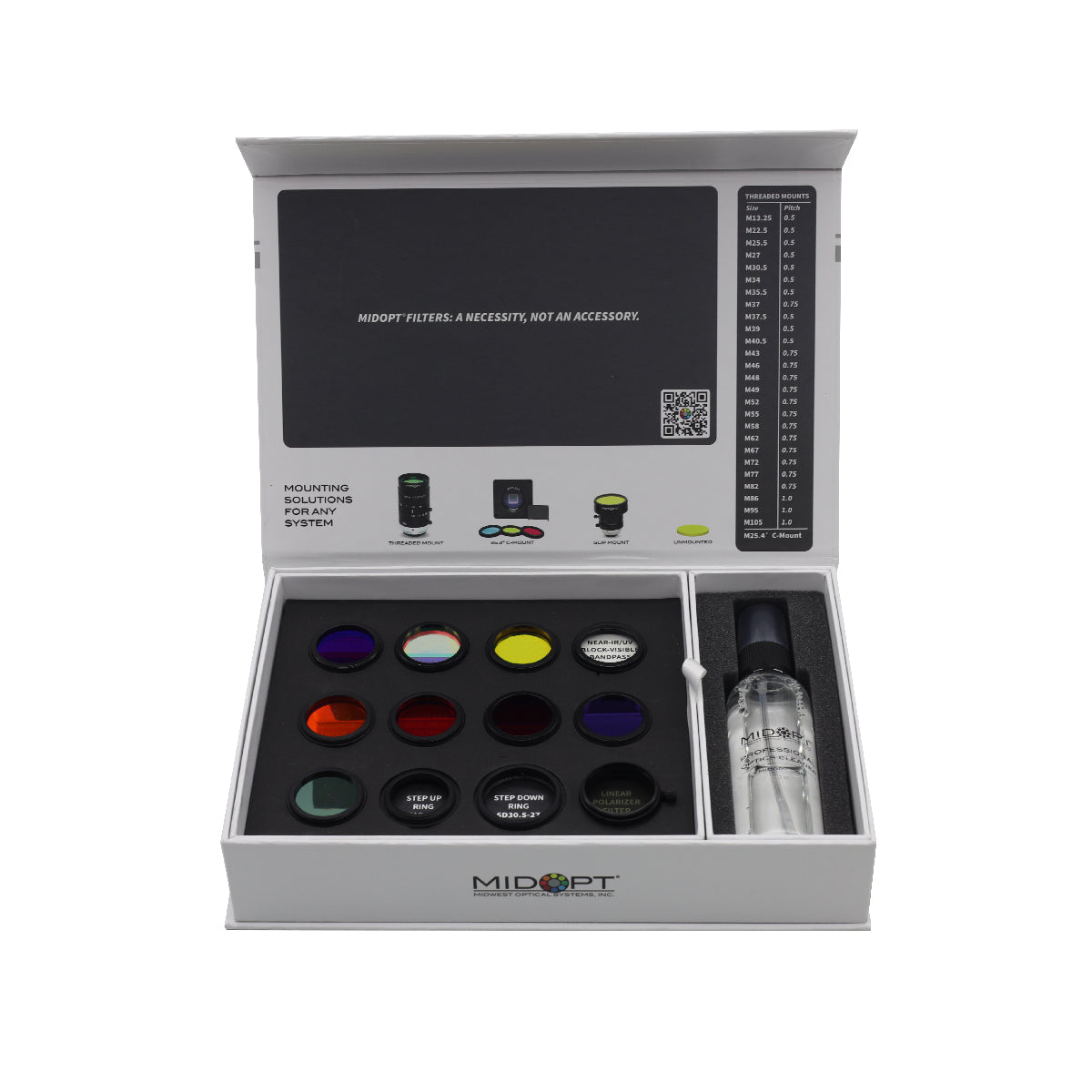
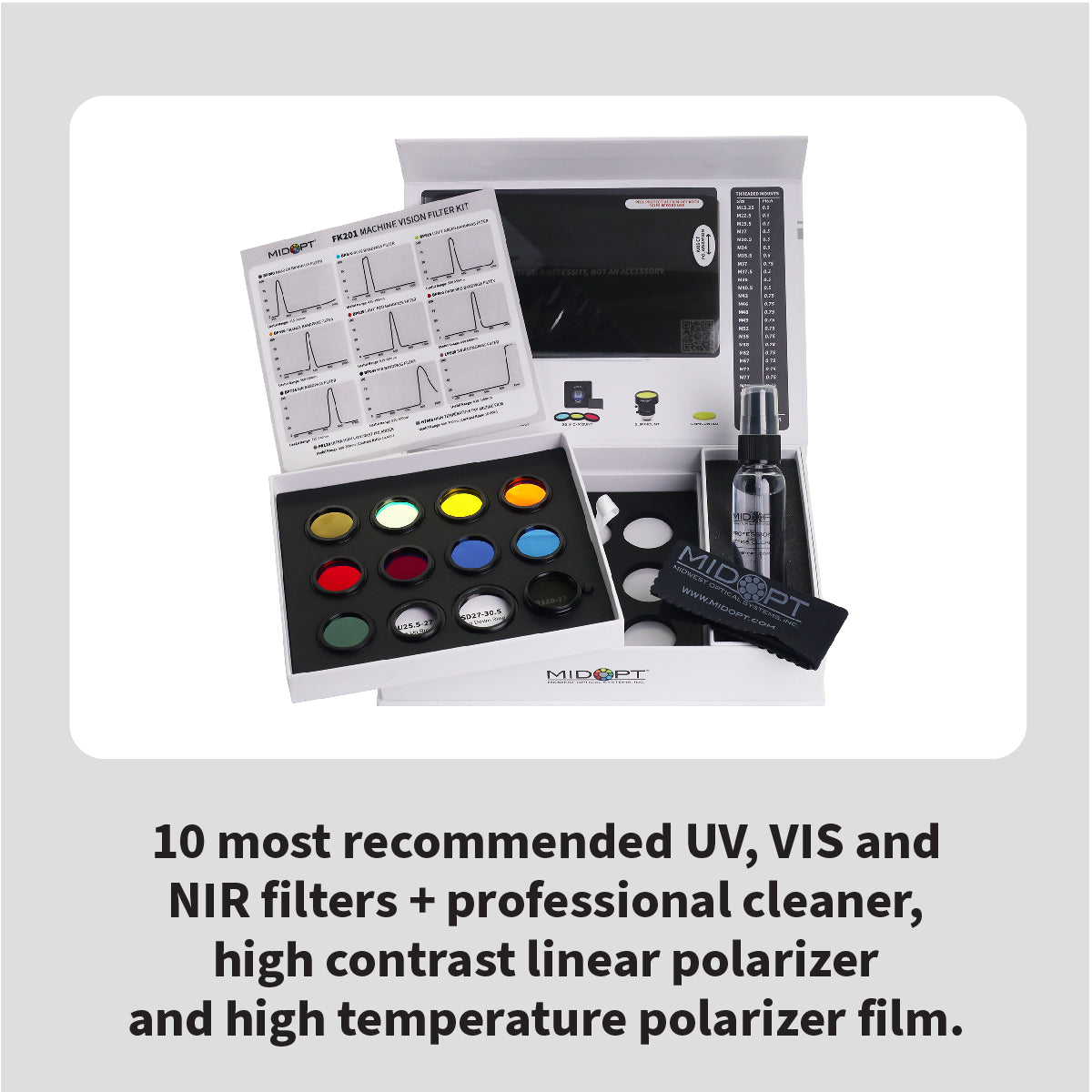
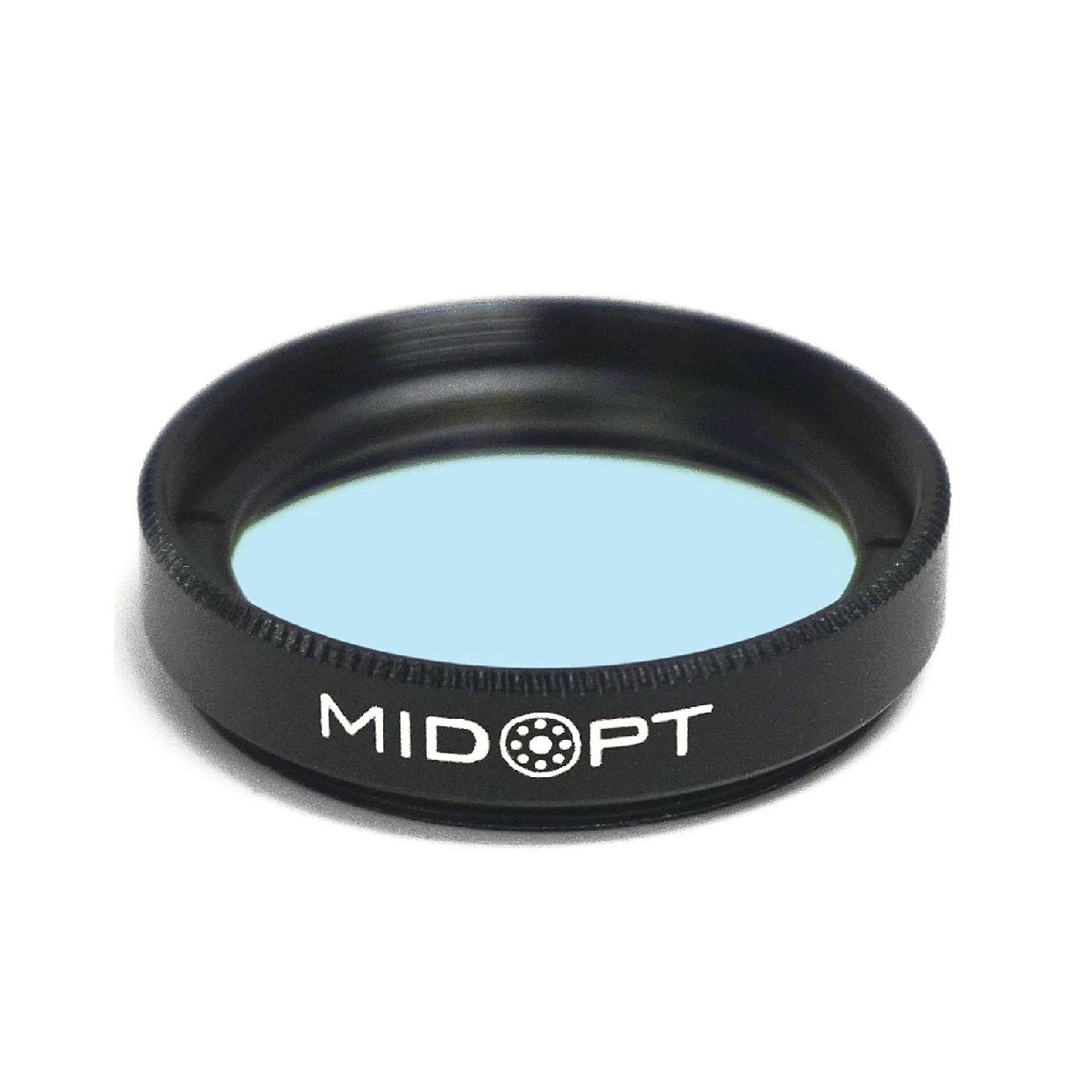
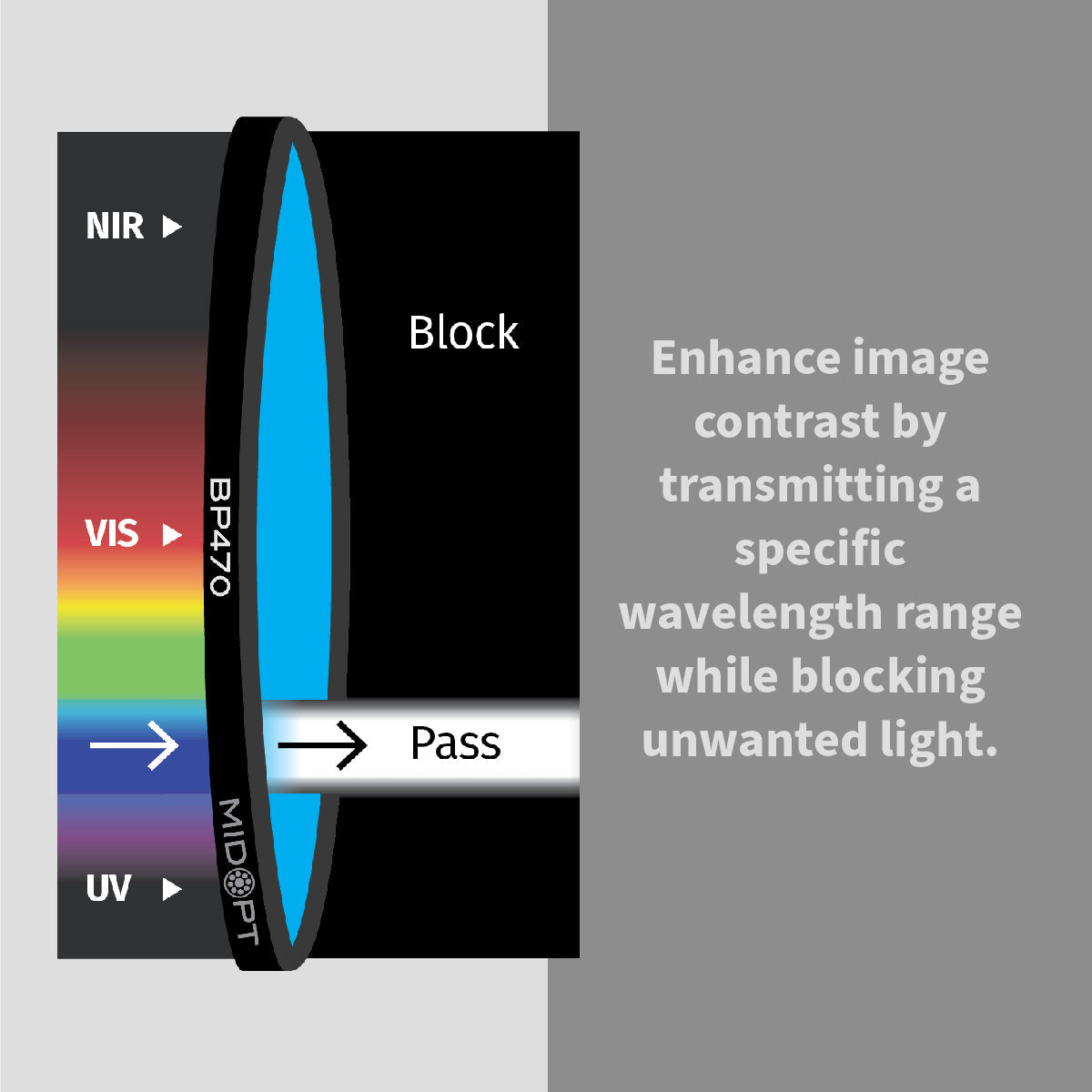
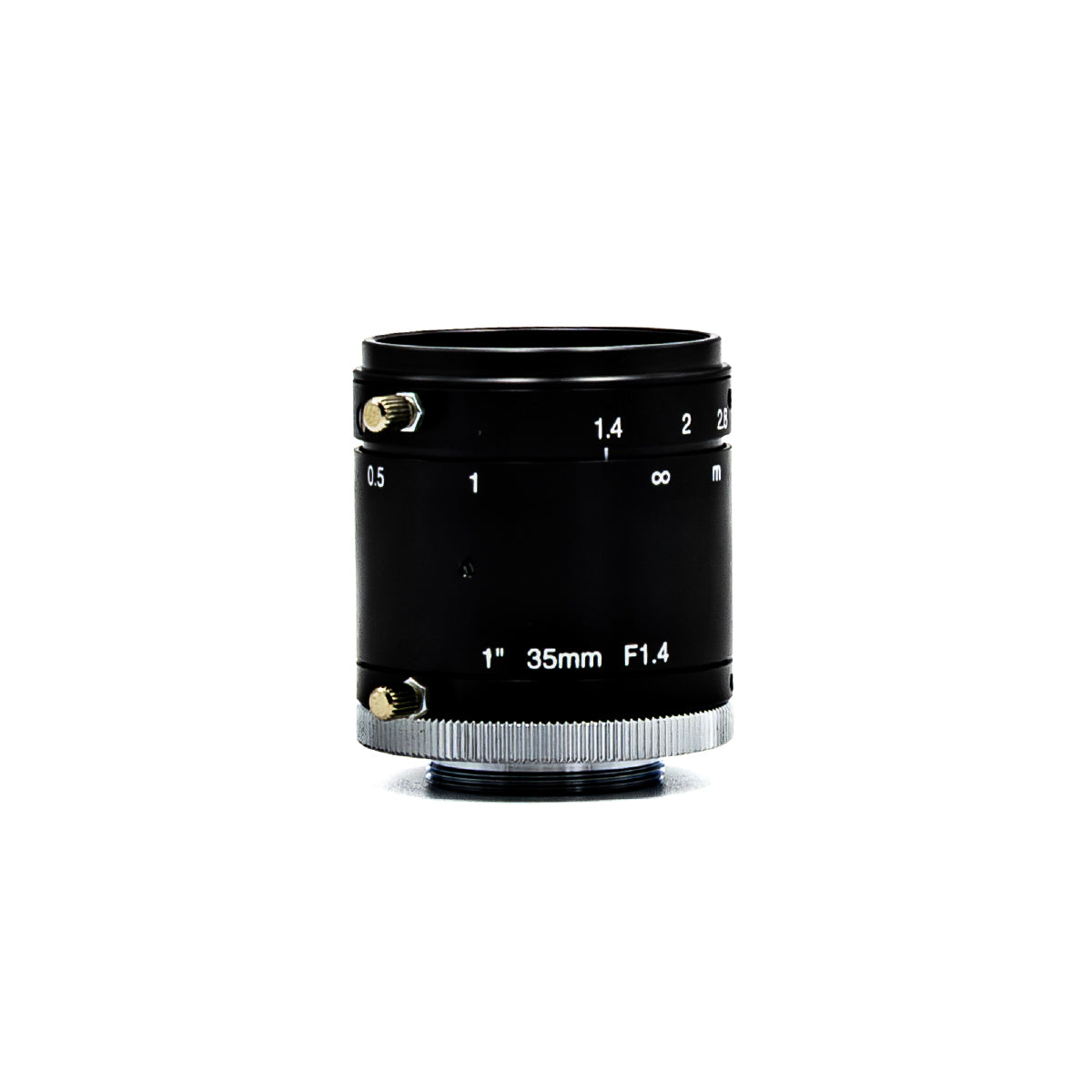
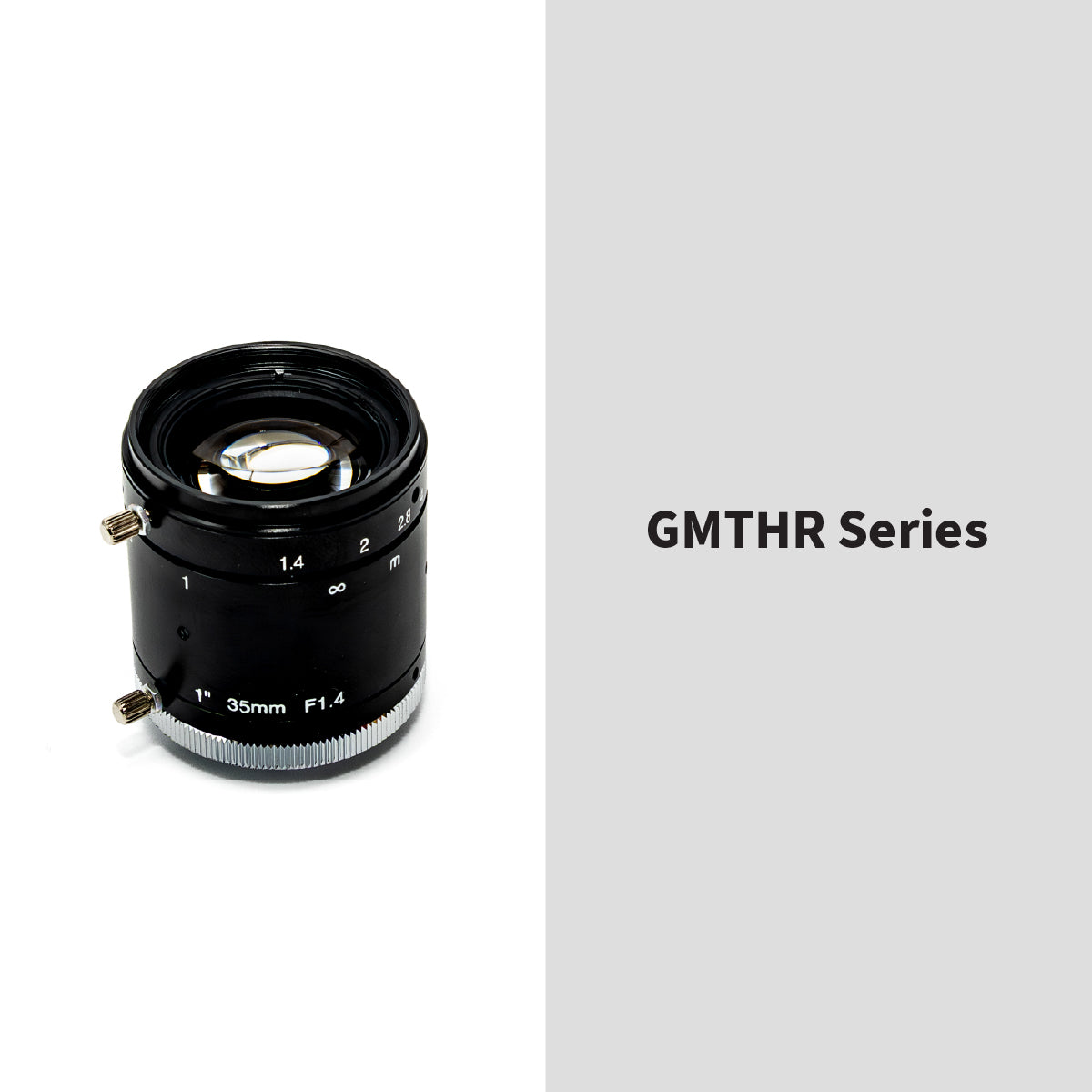
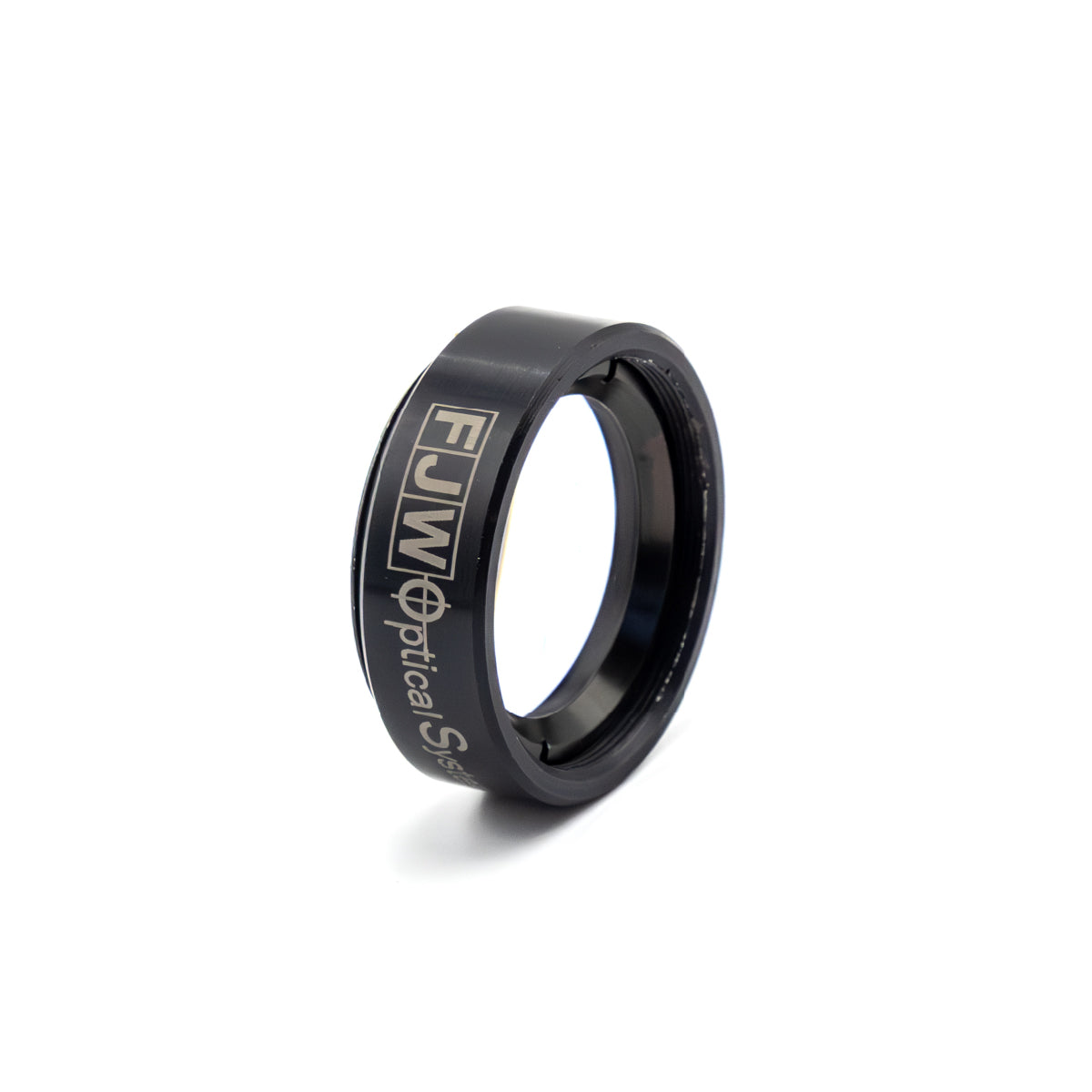
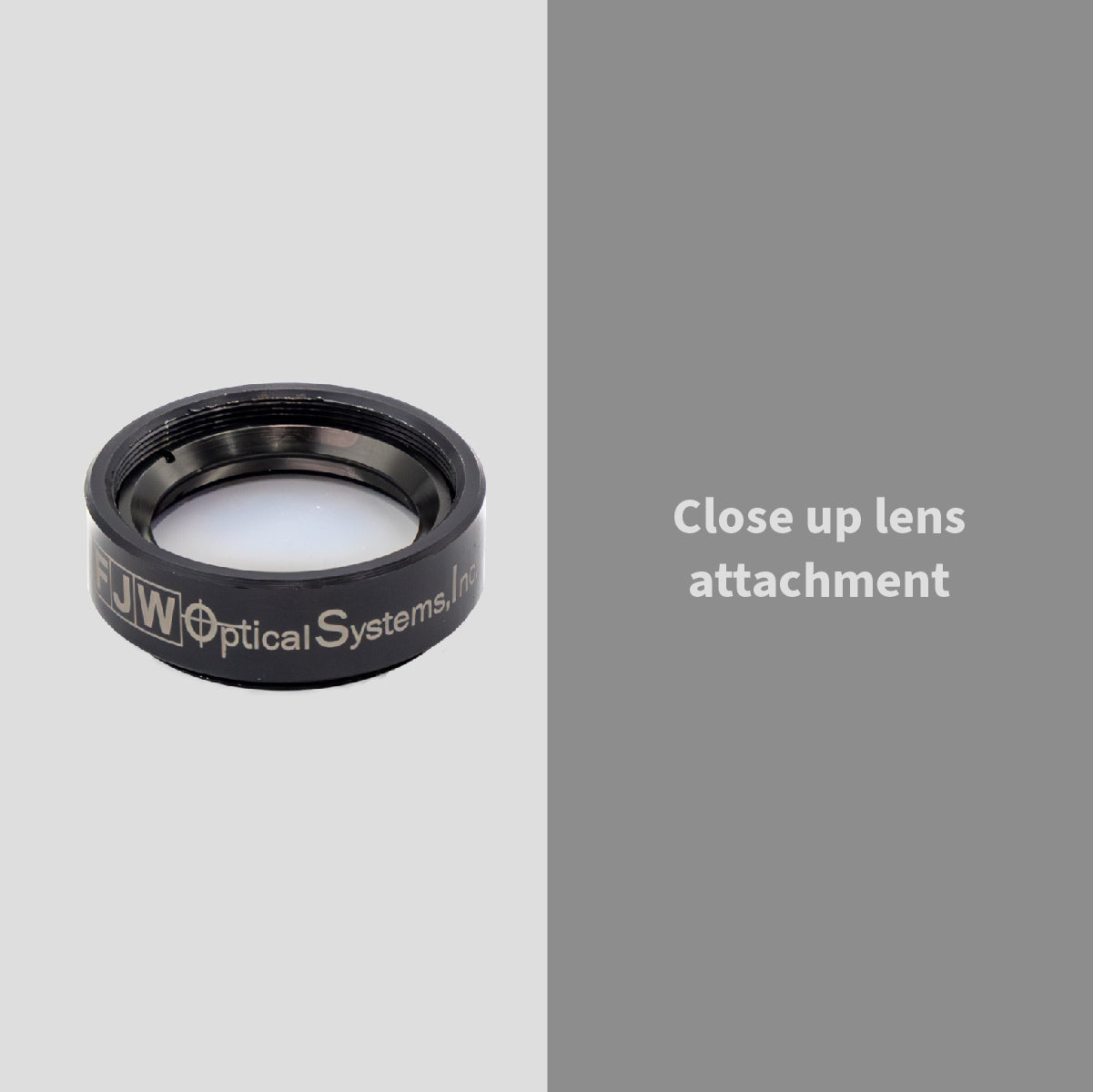
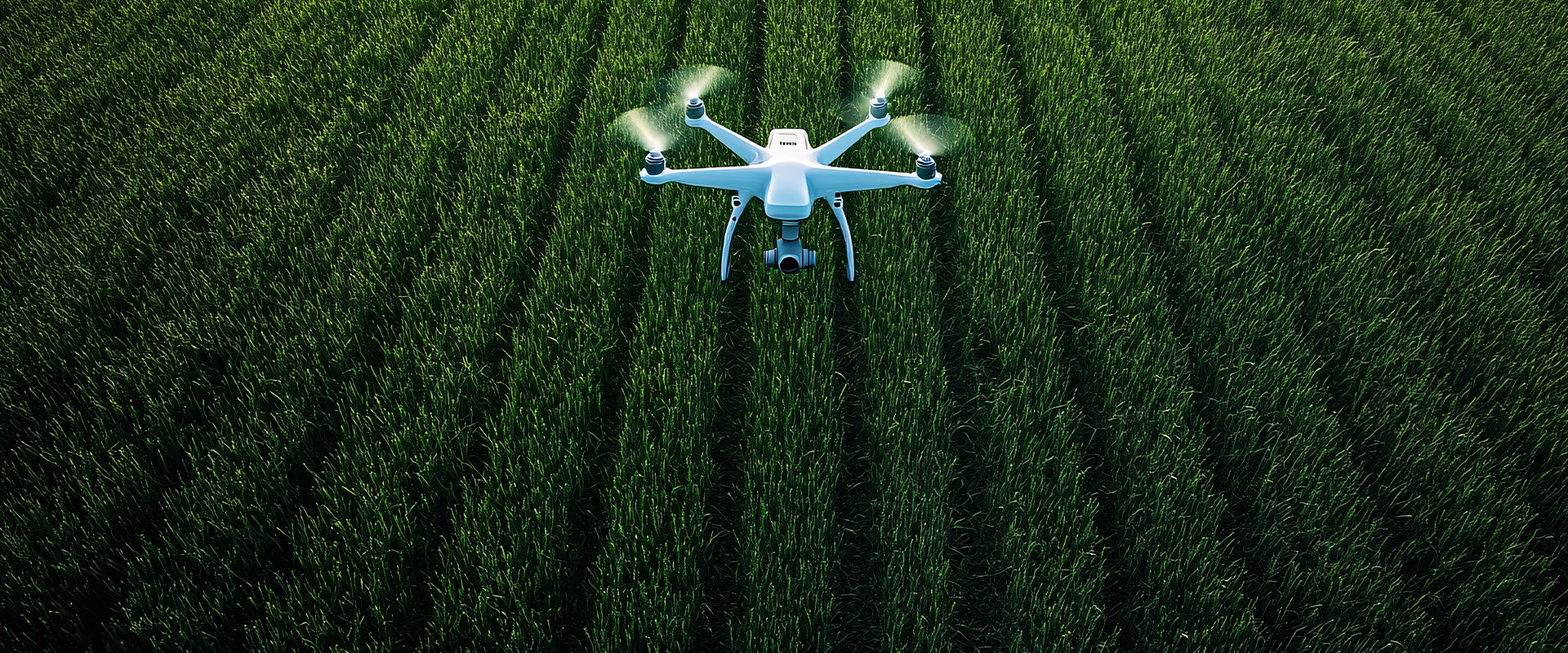
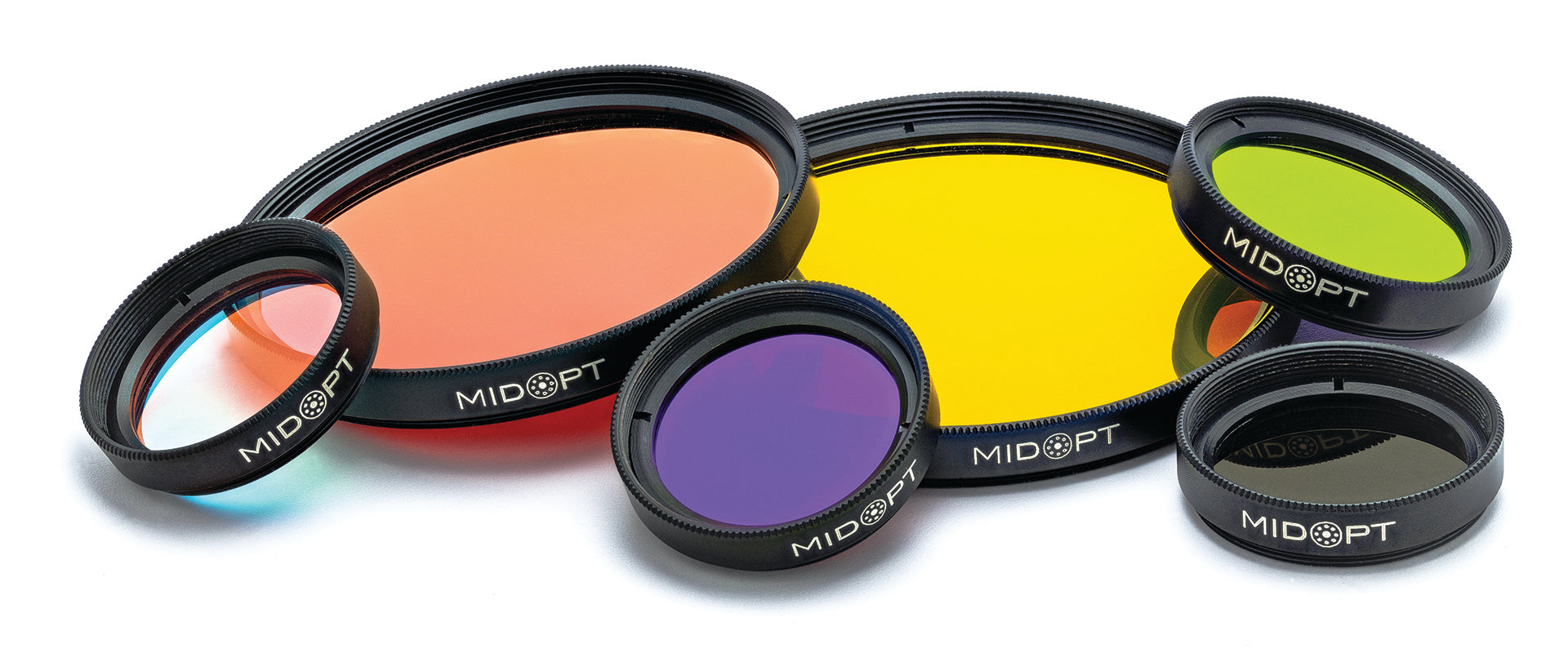
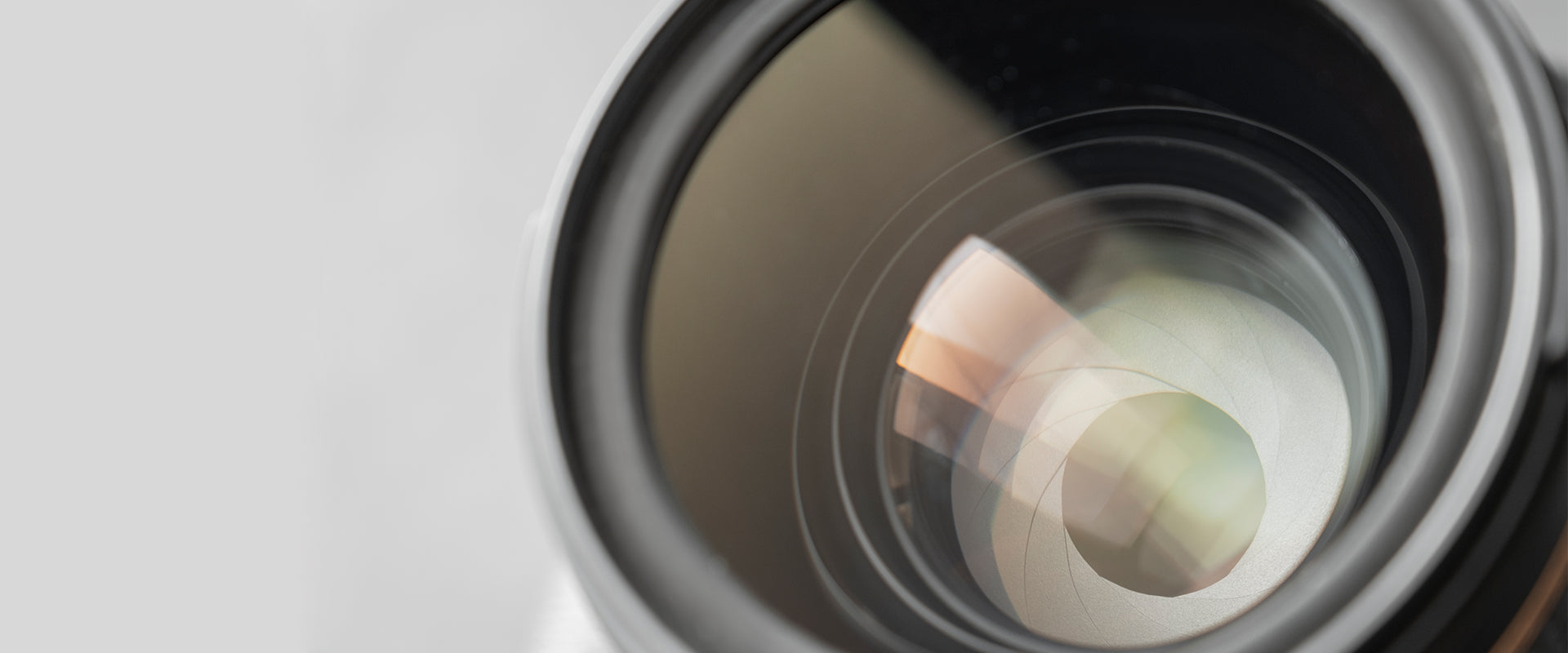
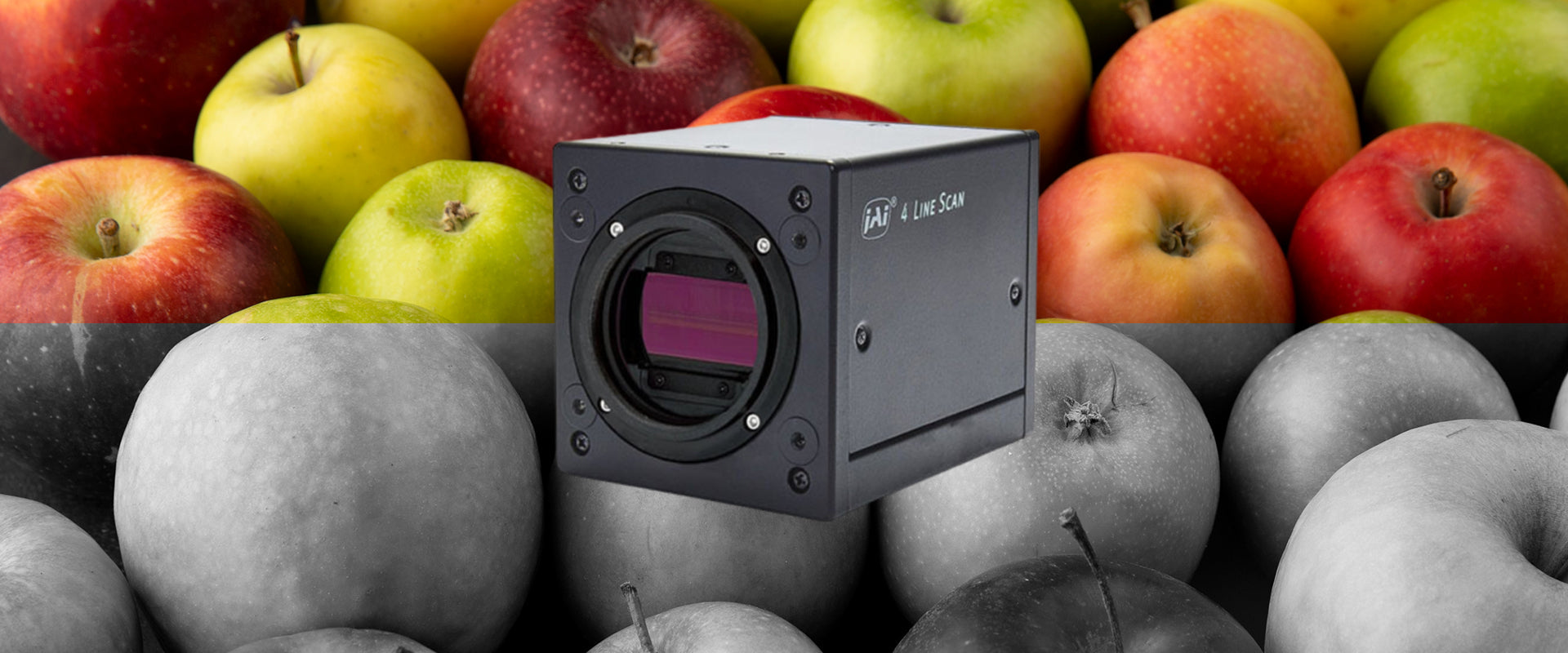
 Lighting
Lighting
